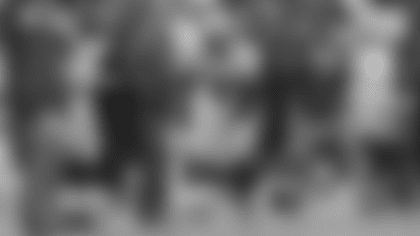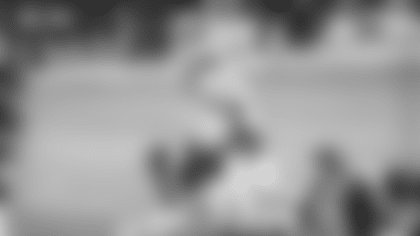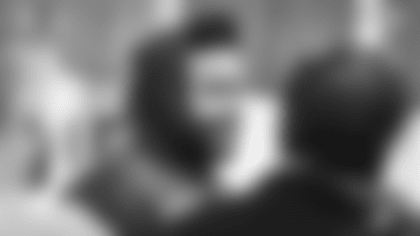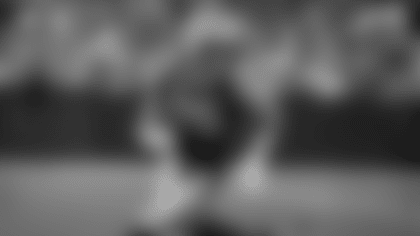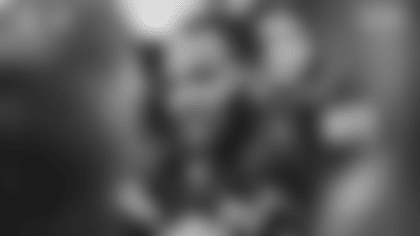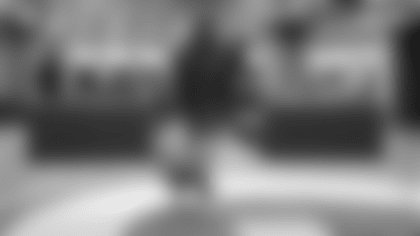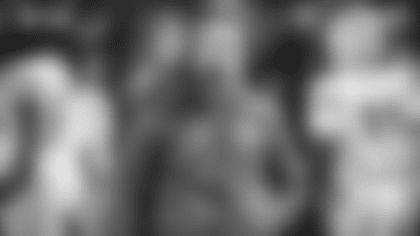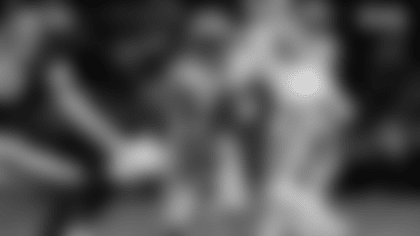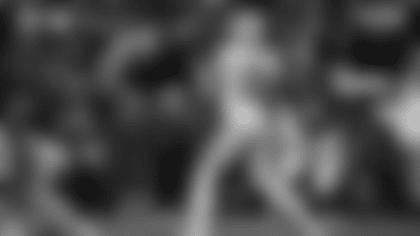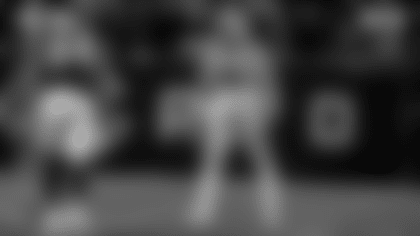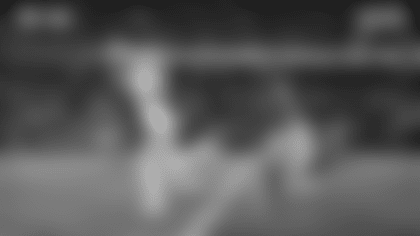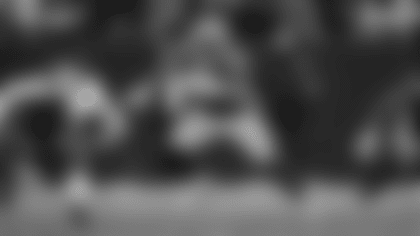On August 11, the Packers will turn 97 and this upcoming season will be their 98th. Excuse me for constantly beating the drums on this, but it is the greatest story in sports.
While there is much that we know about how it all started, there also are a number of needless myths that have been created about the Packers' birth. Believe me, the story can stand on its own. It was a miracle in the making and needs no embellishment.
That said, there are things about the team's formation that we don't know and may never know because they weren't recorded at the time, or at least nobody has found any records of them yet. They include: How many people were at the first meeting and who they were; the full story of why Curly Lambeau left Notre Dame following the fall semester in 1918 and why he didn't go back in the fall of 1919; and whether or not a street-corner conversation between Lambeau and George Whitney Calhoun set in motion the events leading up to the Aug. 11 meeting, held in the editorial offices of the old Green Bay Press-Gazette building.
And then there are the story's biggest falsehoods.
1. The Press-Gazette ran an advance notice of the first meeting inviting prospective players to attend. – In his book, "The Packer Legend: An Inside Look," former executive committee member John Torinus wrote that Calhoun "ran stories for several weeks, inviting football players to an organizational meeting." Clearly, Torinus never bothered to look back at those old issues. I've searched twice through every edition of the Press-Gazette published in 1919, searched a third time through every edition published a month prior to Aug. 11 and a fourth time through every edition published a week prior and found no advance notice of a meeting, either in editorial copy or in a display or classified ad. Mary Jane Herber, head of the local history department at the Brown County Library, also looked through every paper the week prior to the meeting and found no notice. Research is ongoing. If anyone has found any proof of a notice being published before the first meeting, please inform me.
**
The Green Bay Packers were officially born on August 8, 1919. Take a look back through 97 years of Packers football.
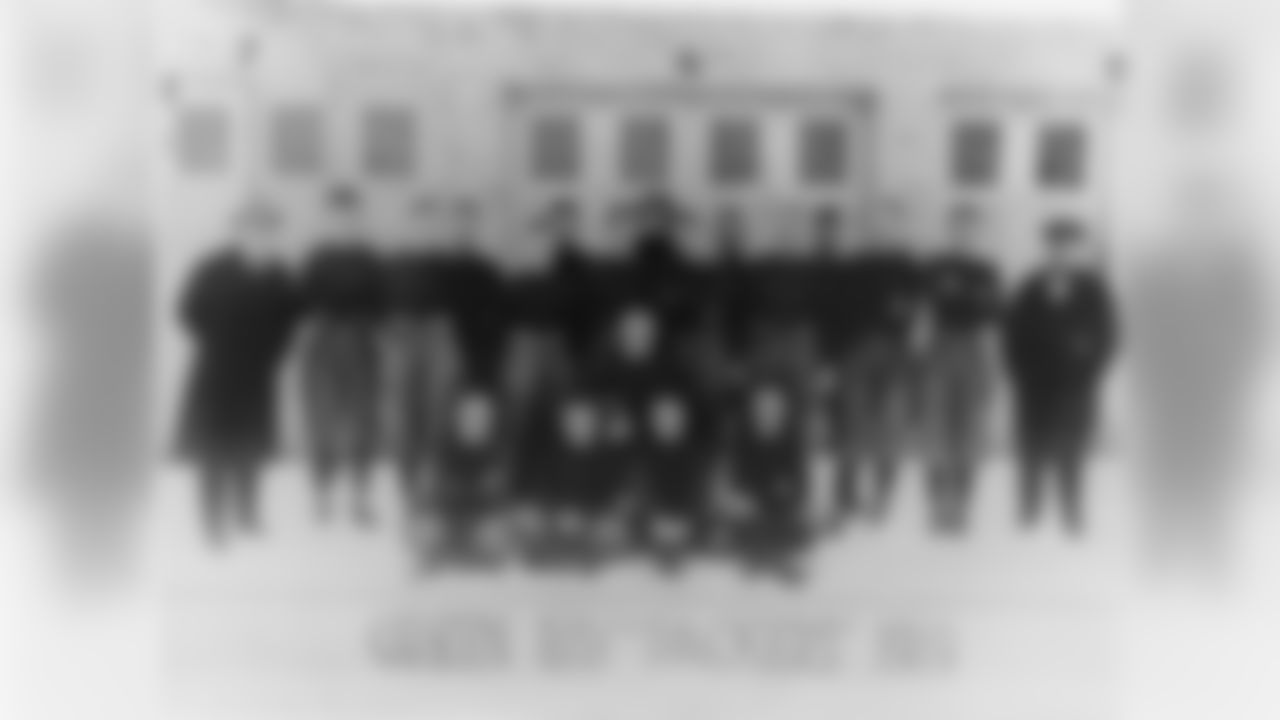
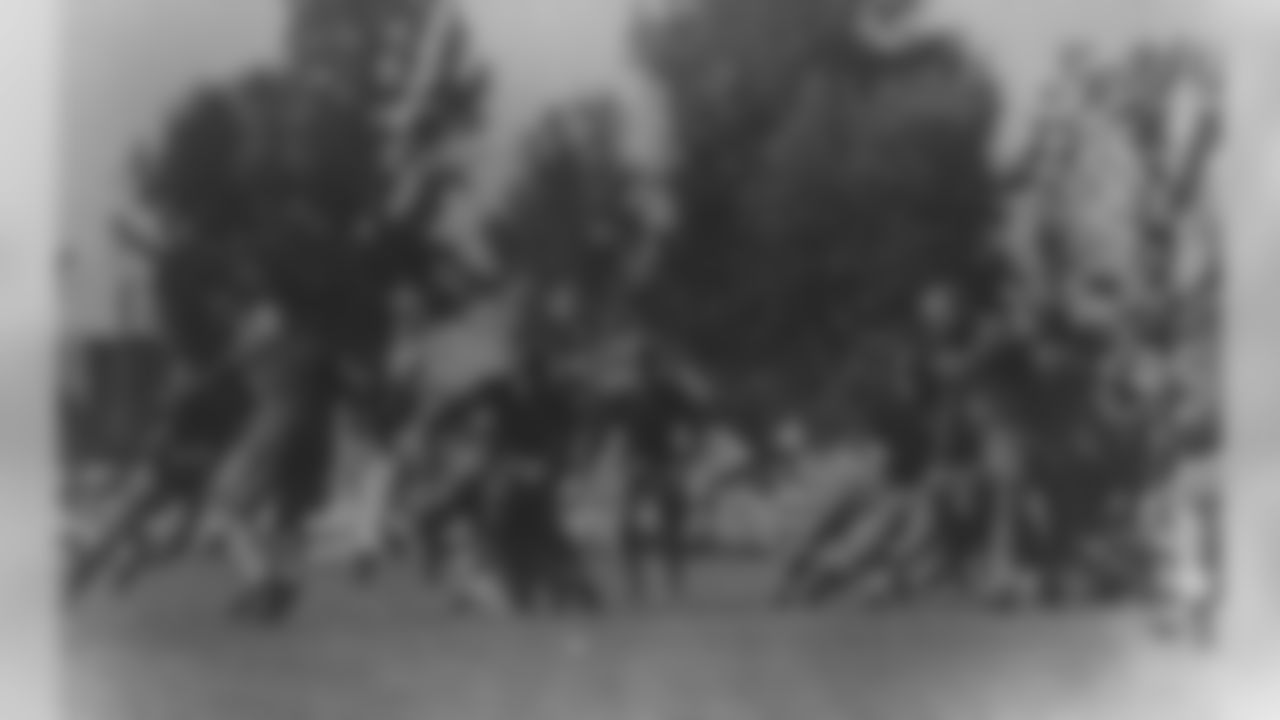
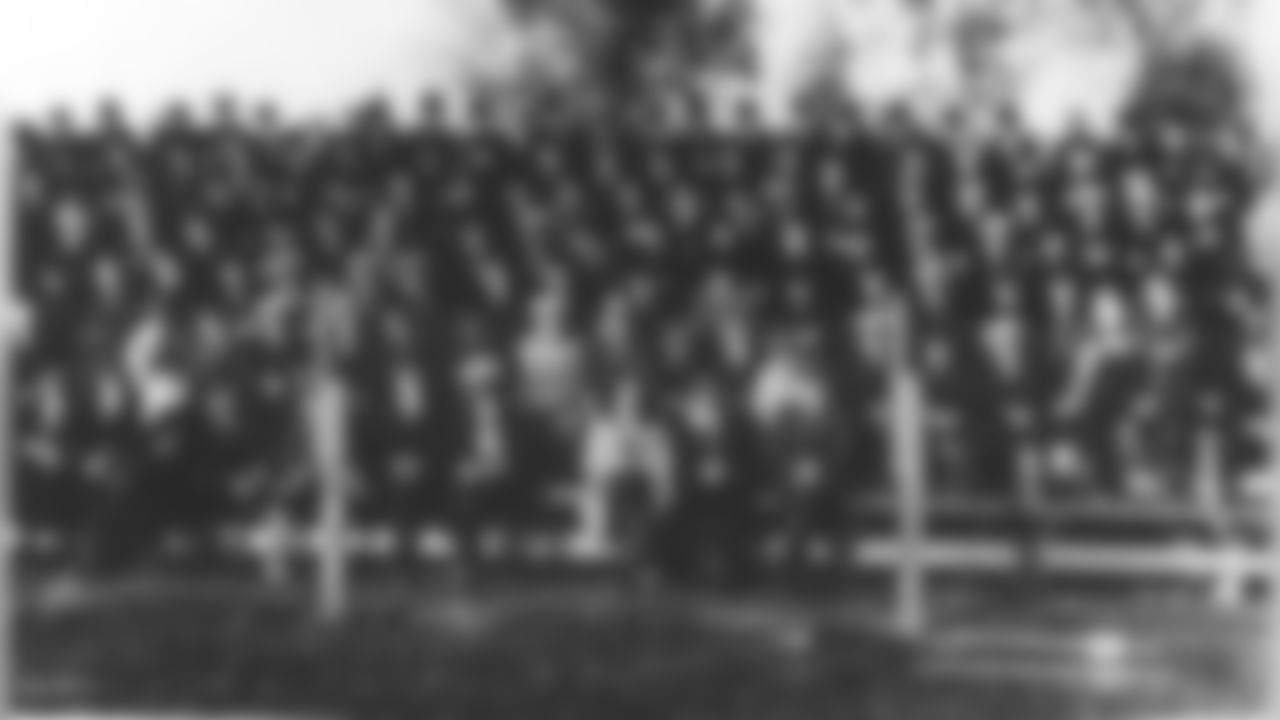
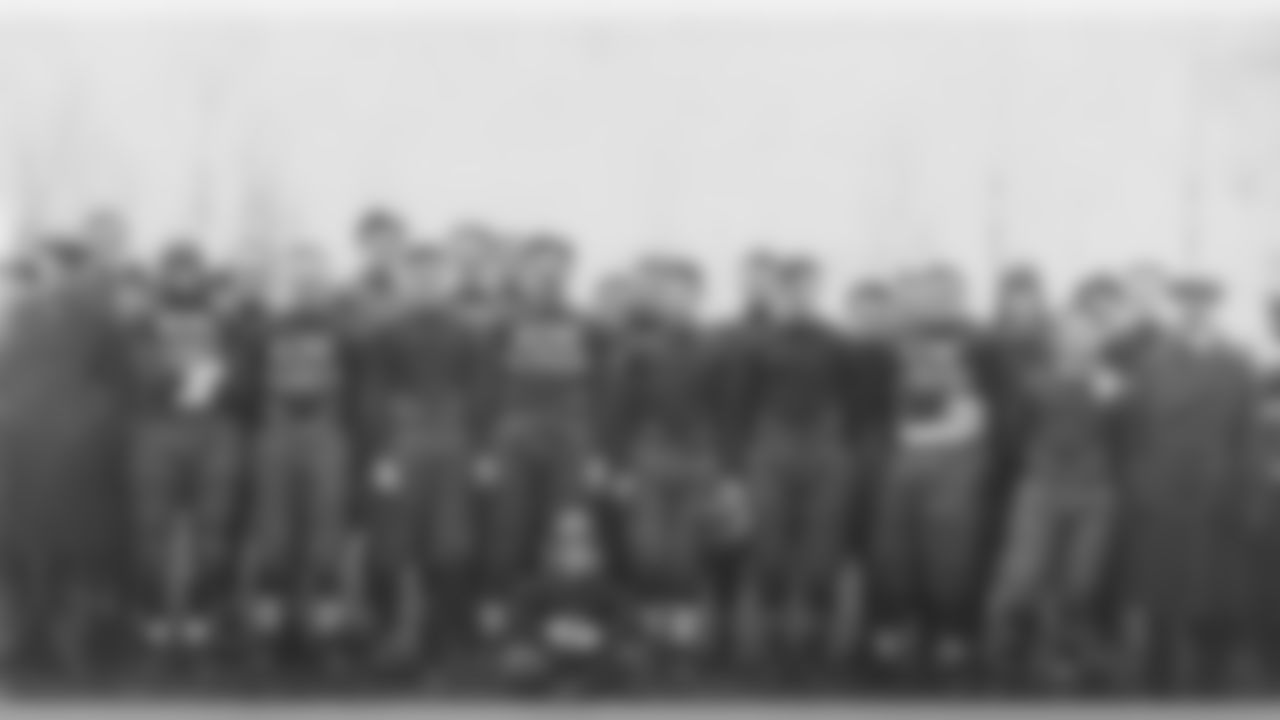
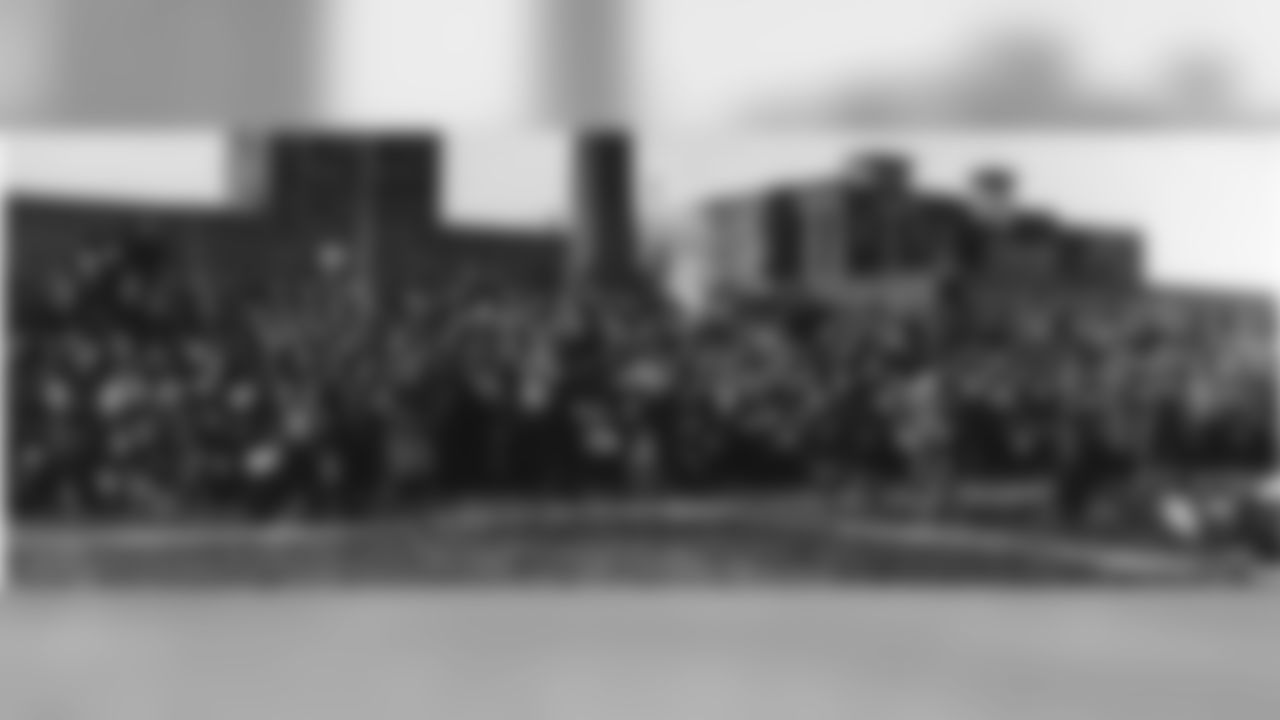
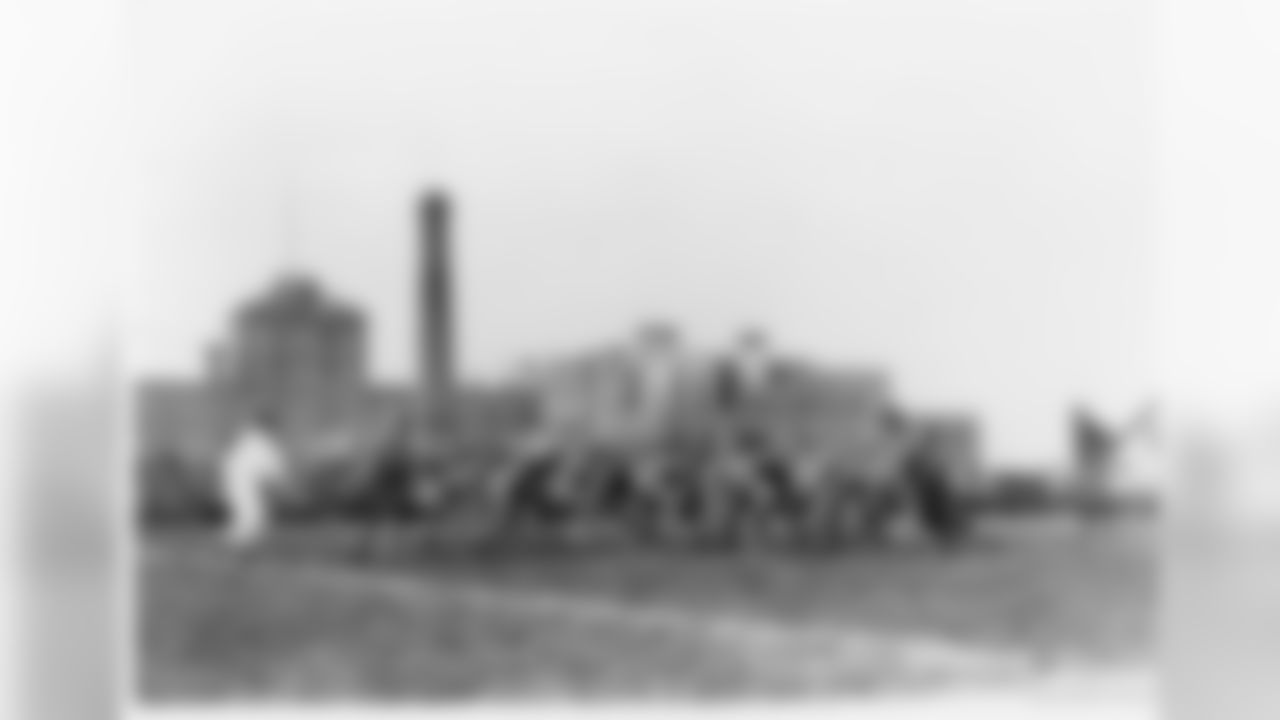
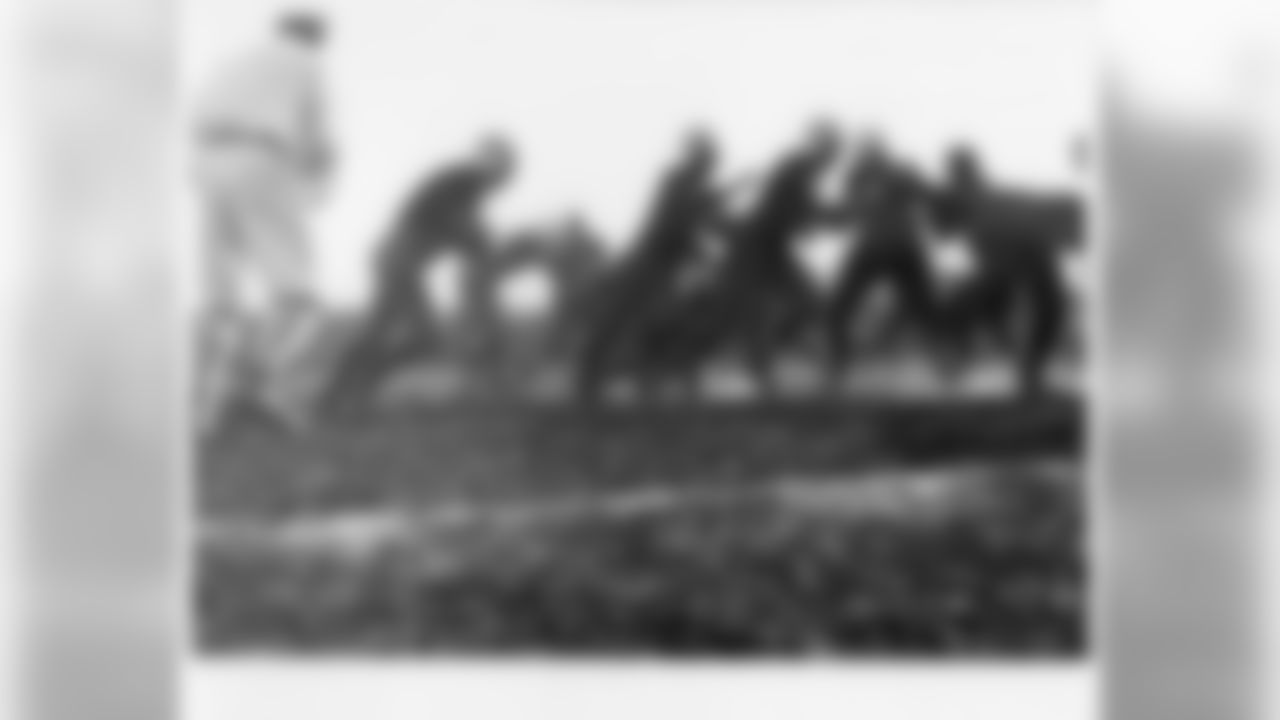
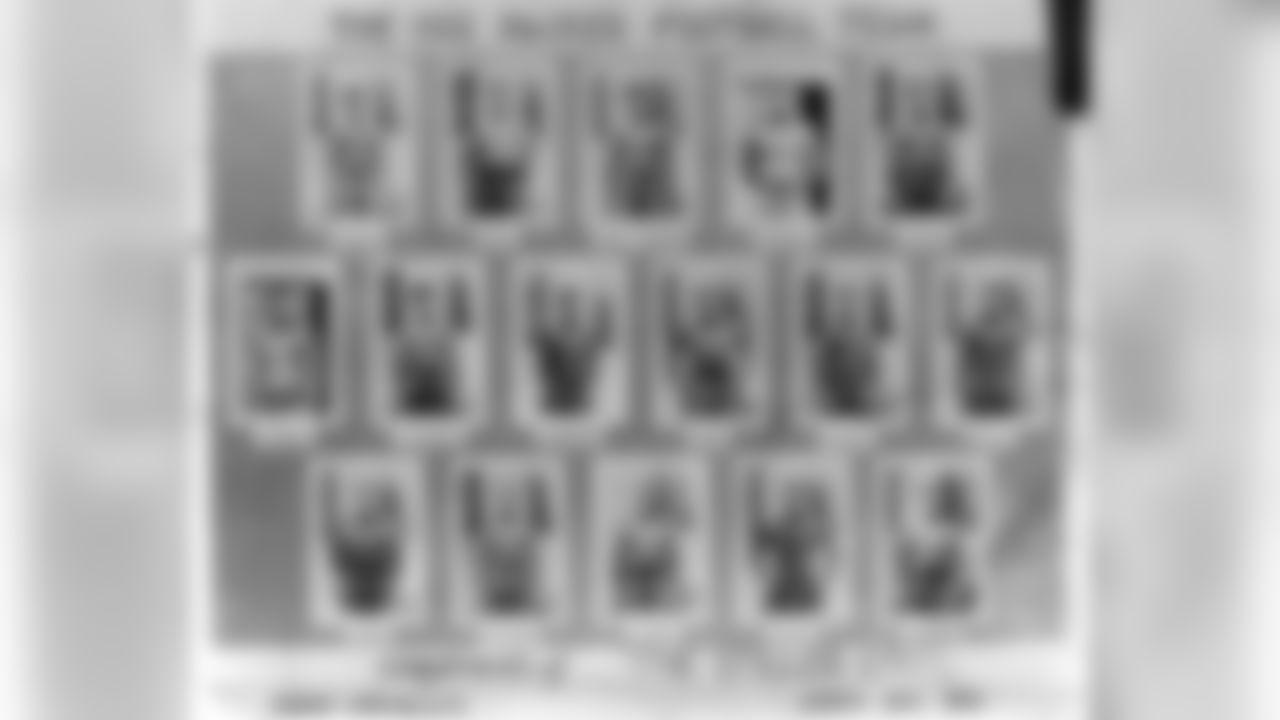
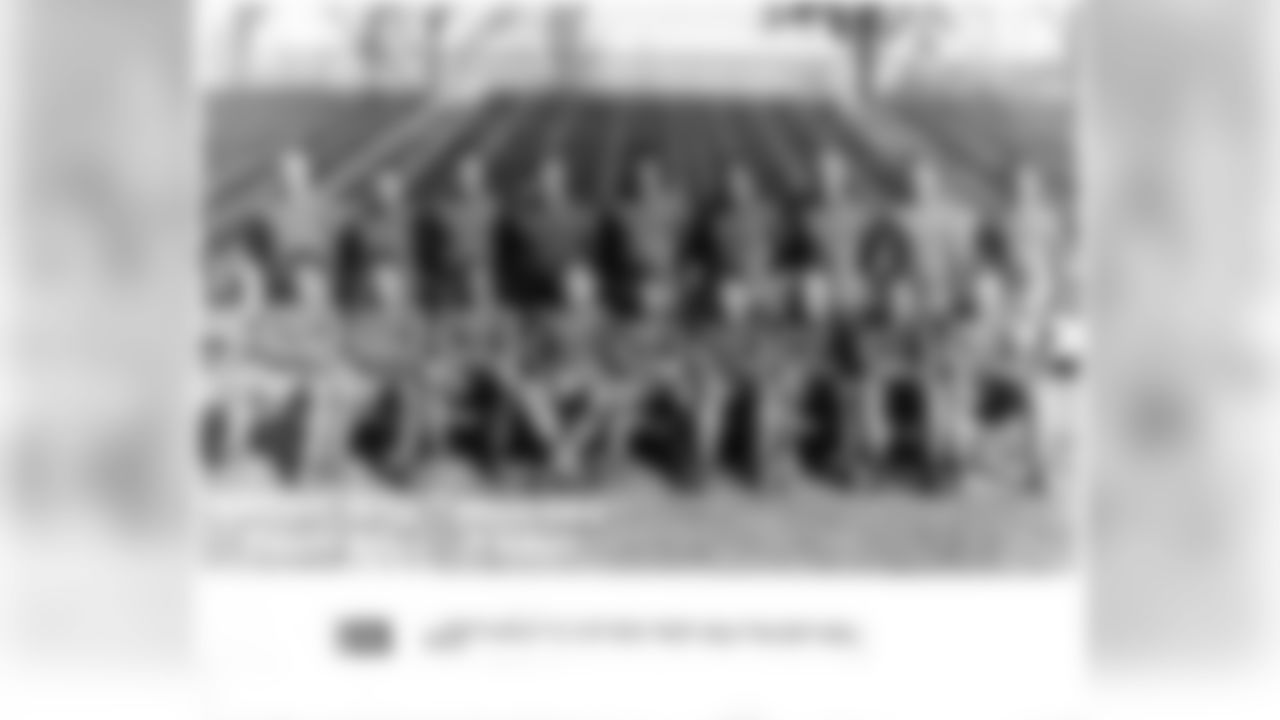
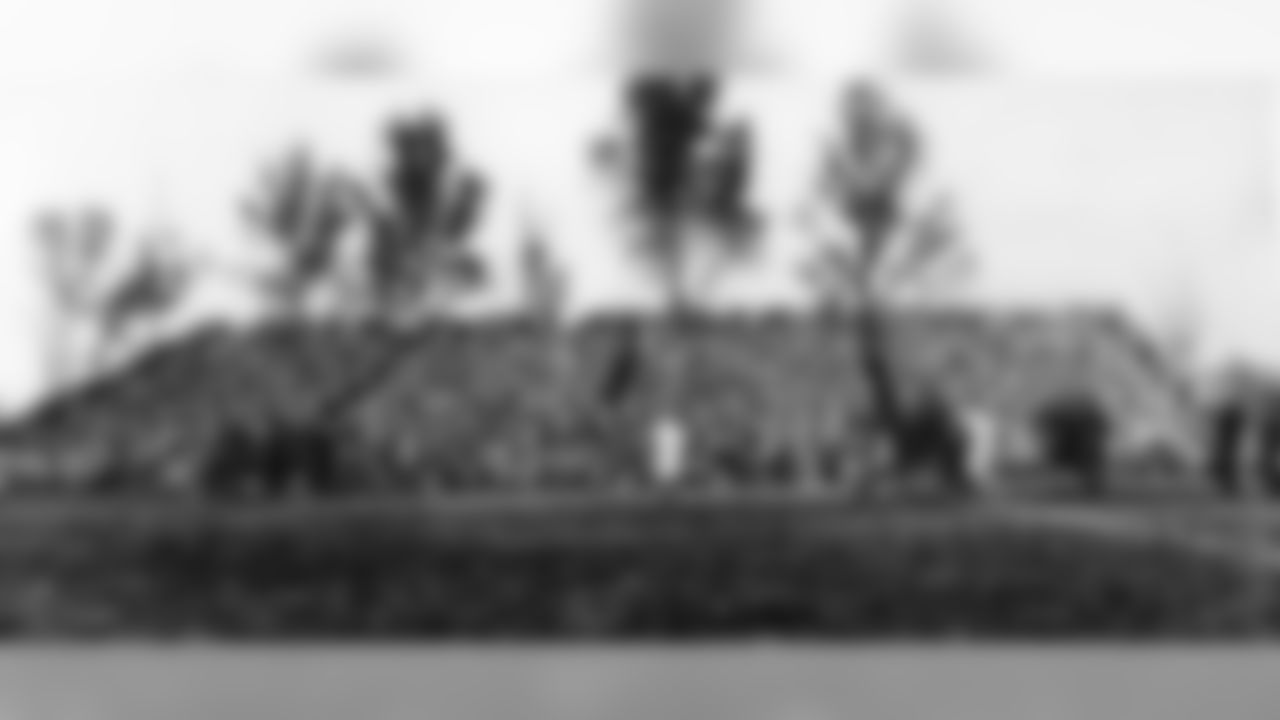
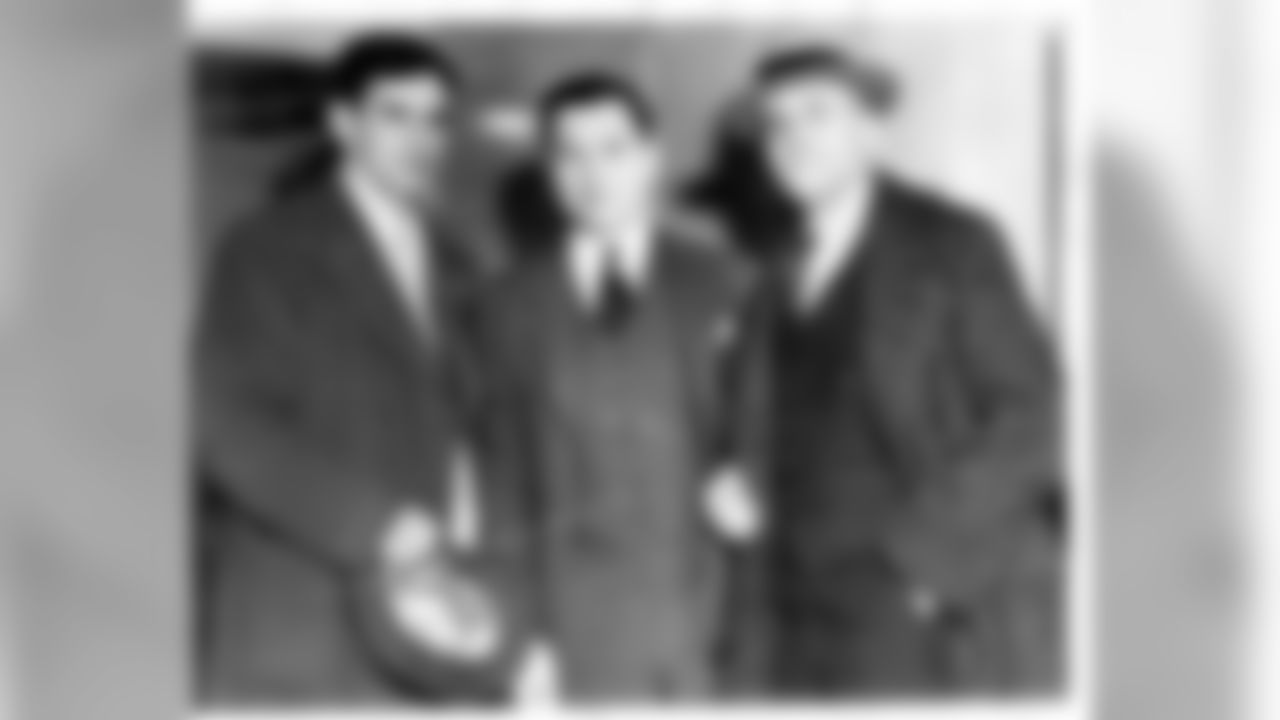
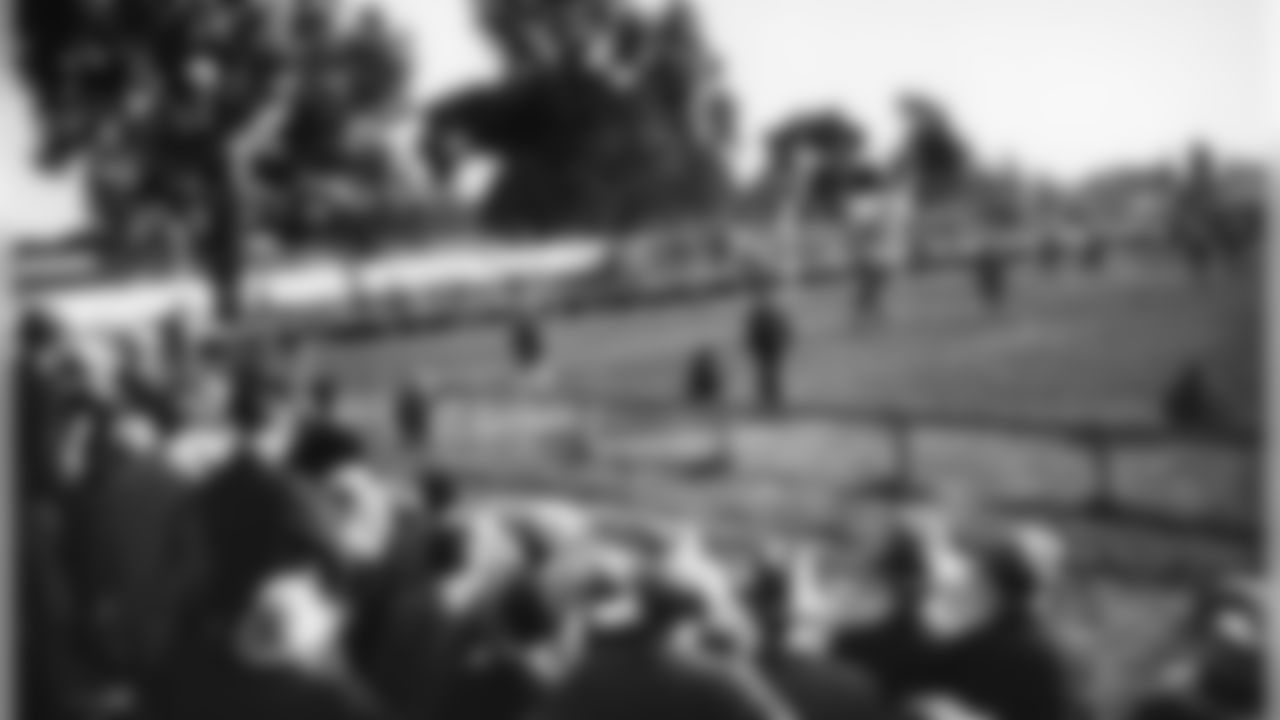

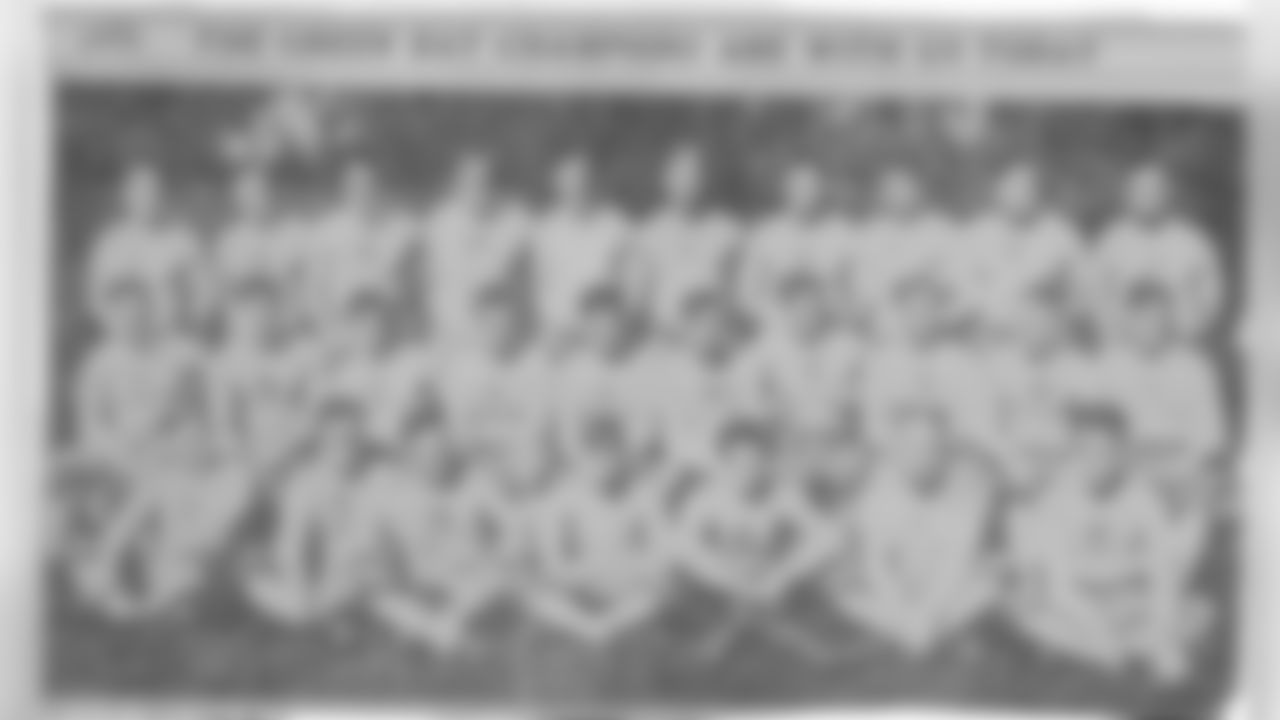
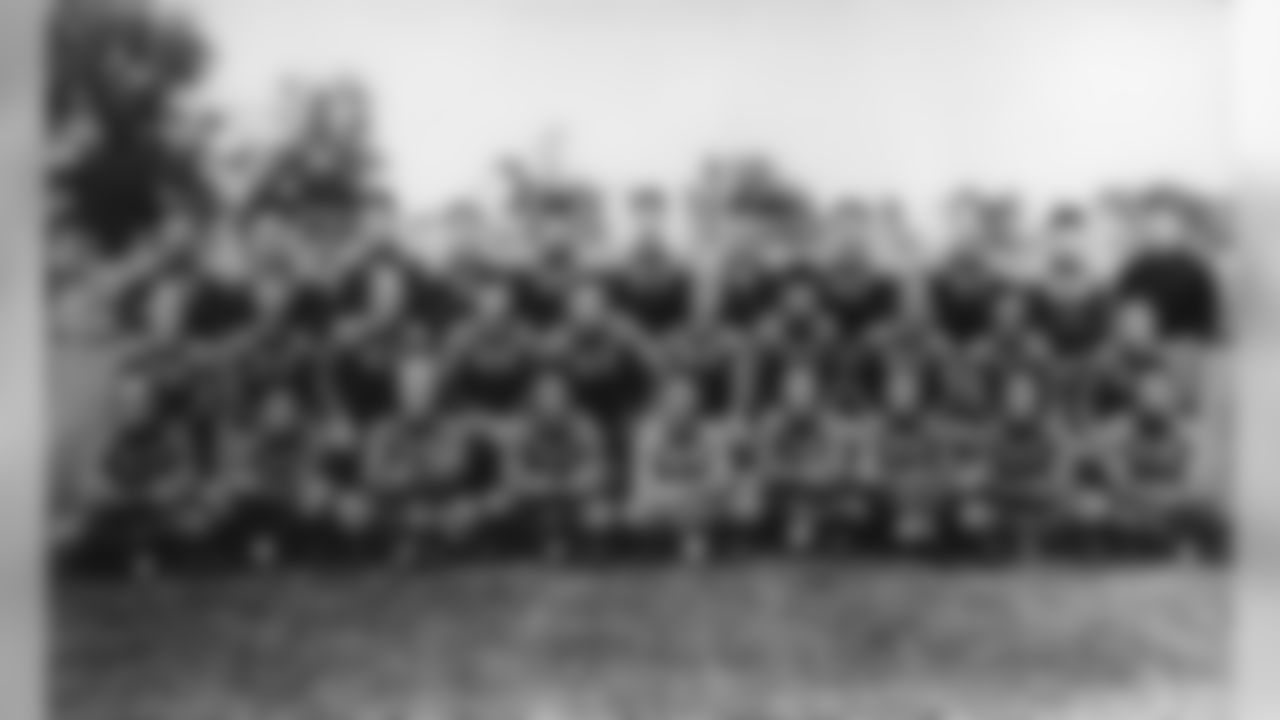
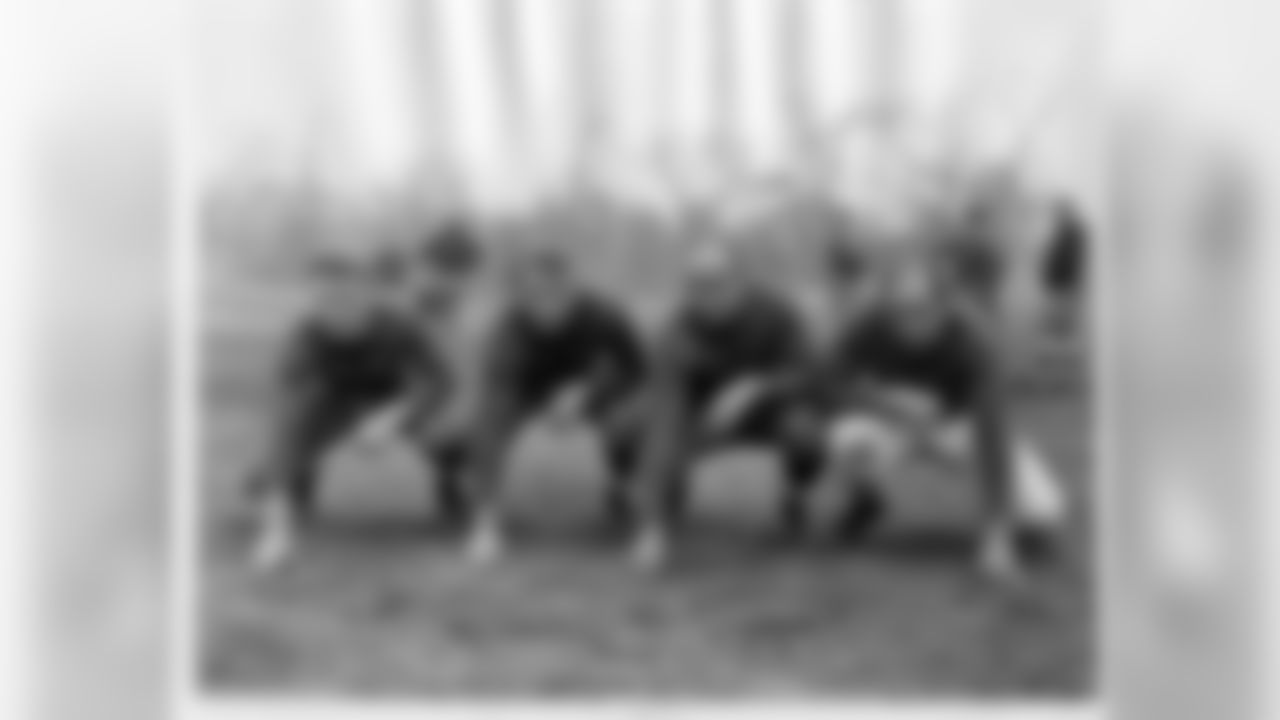

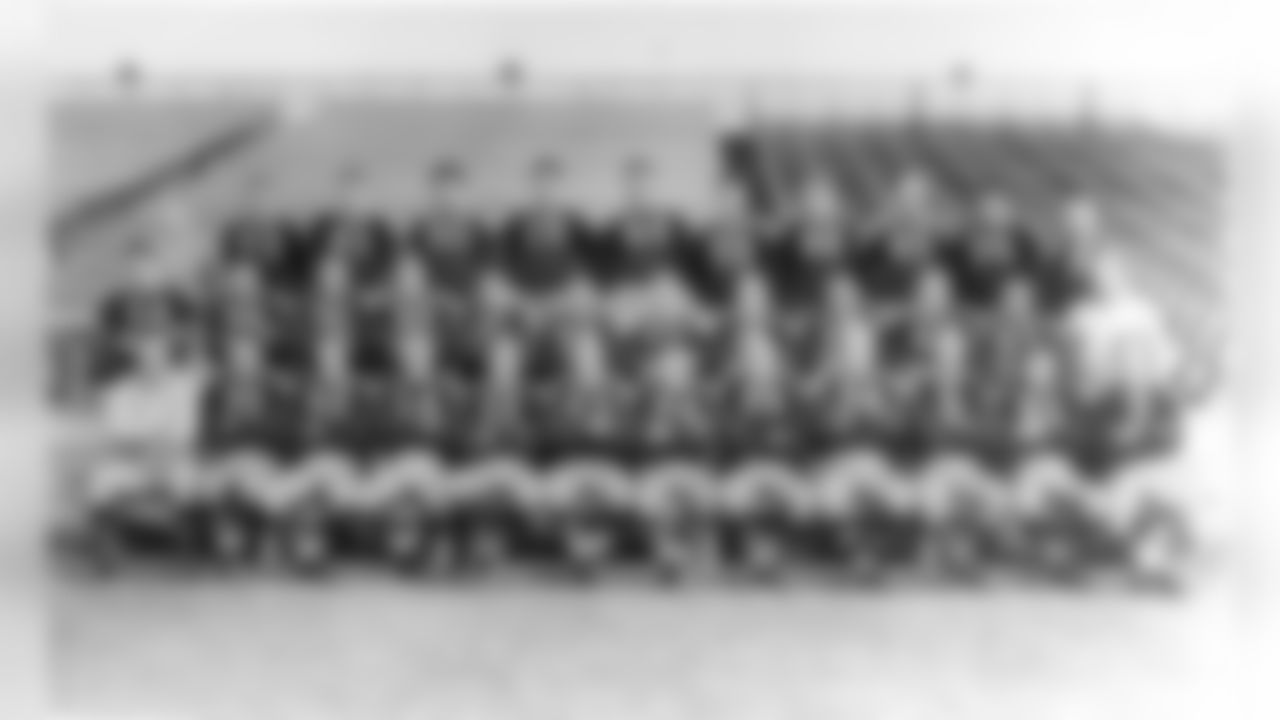
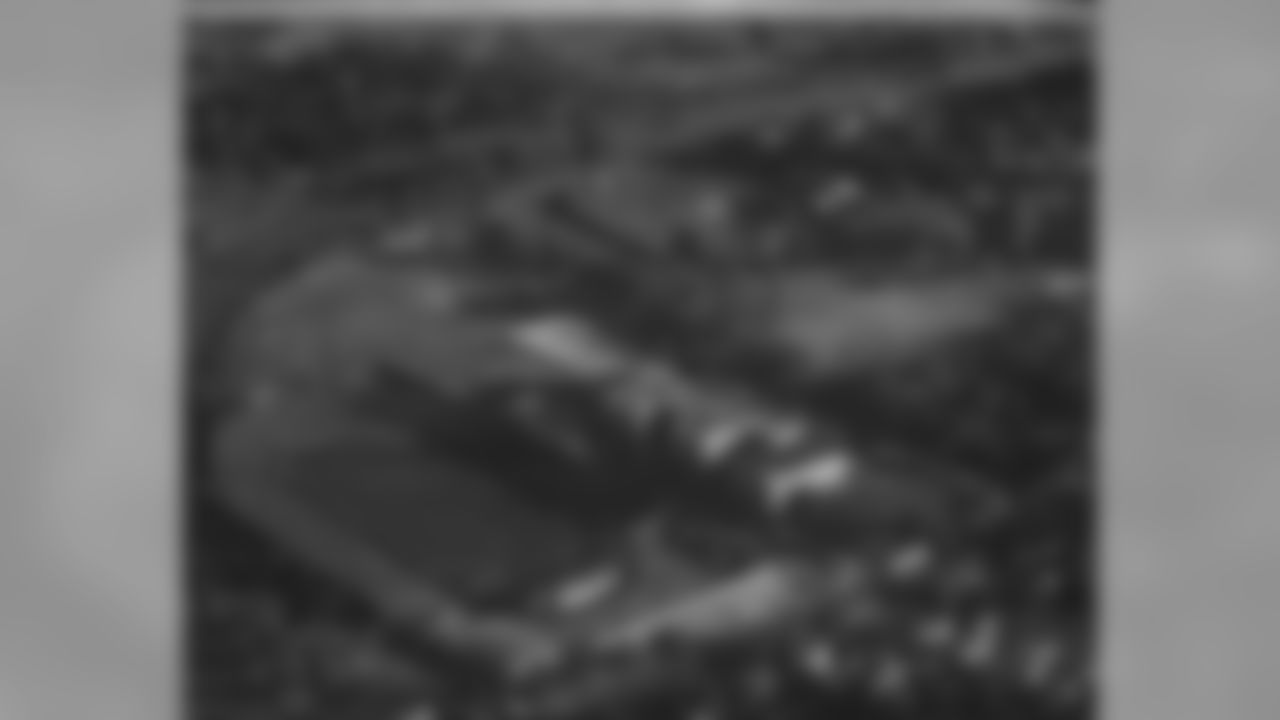
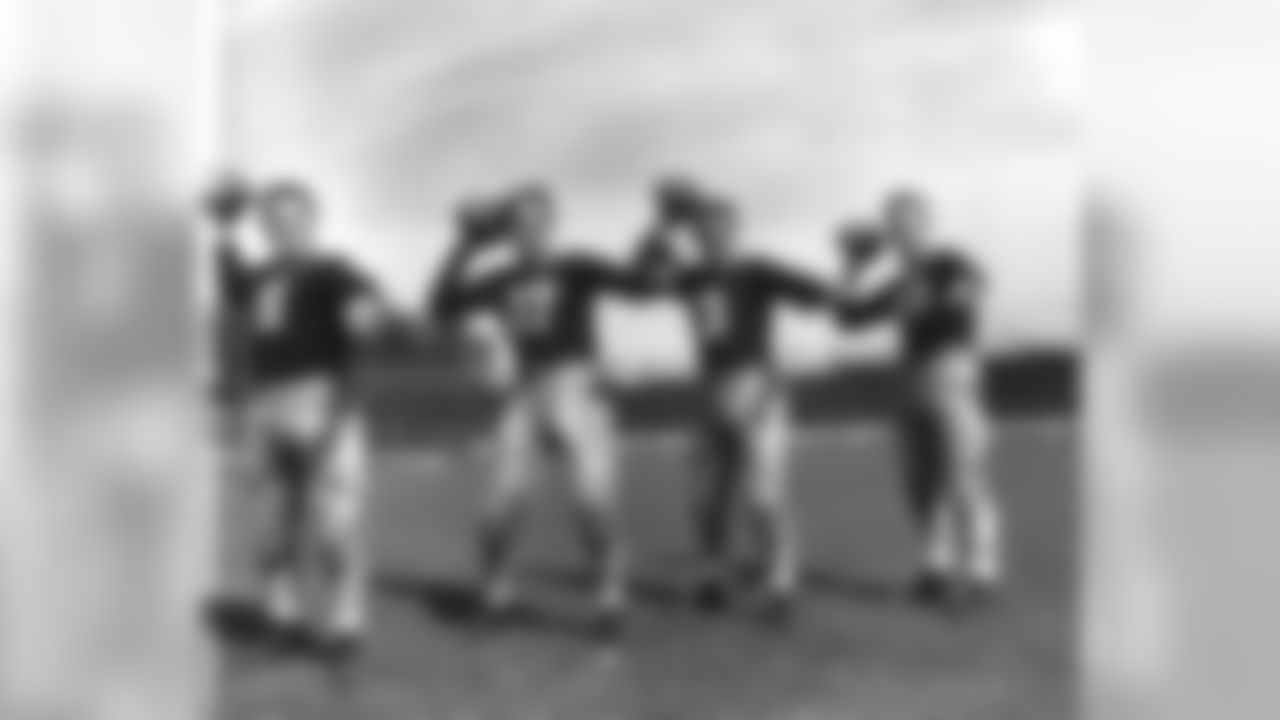
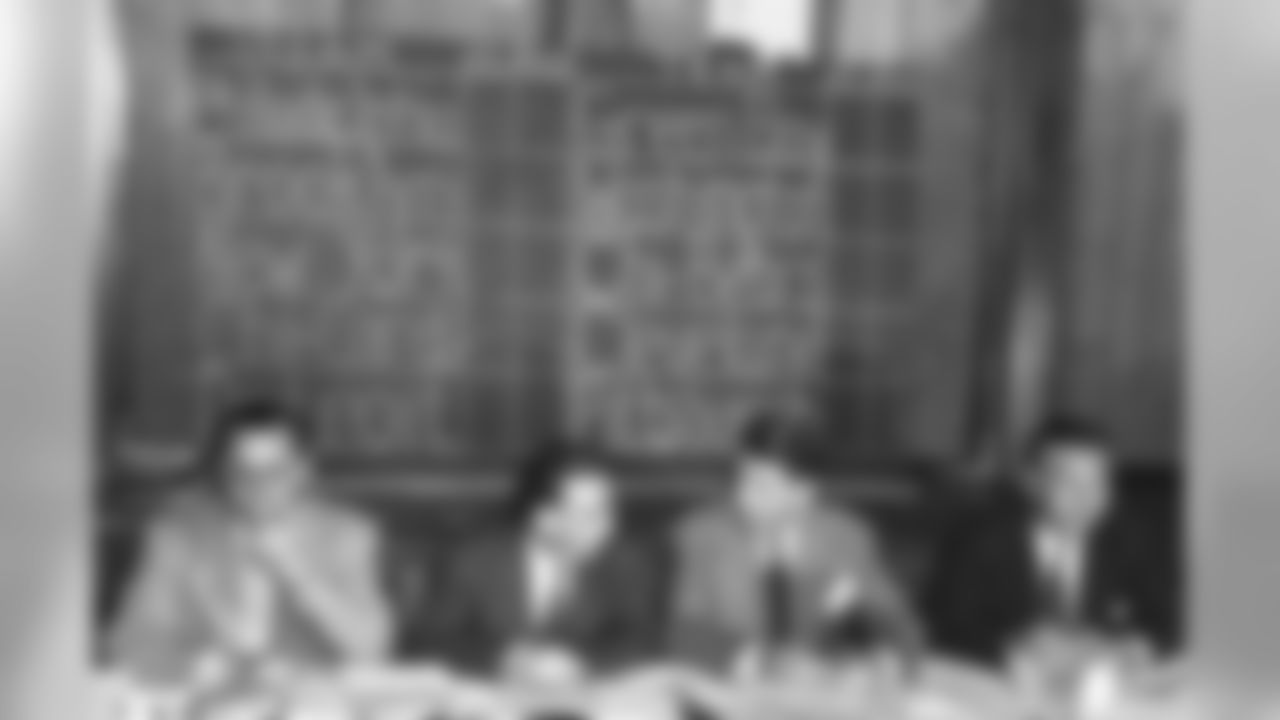
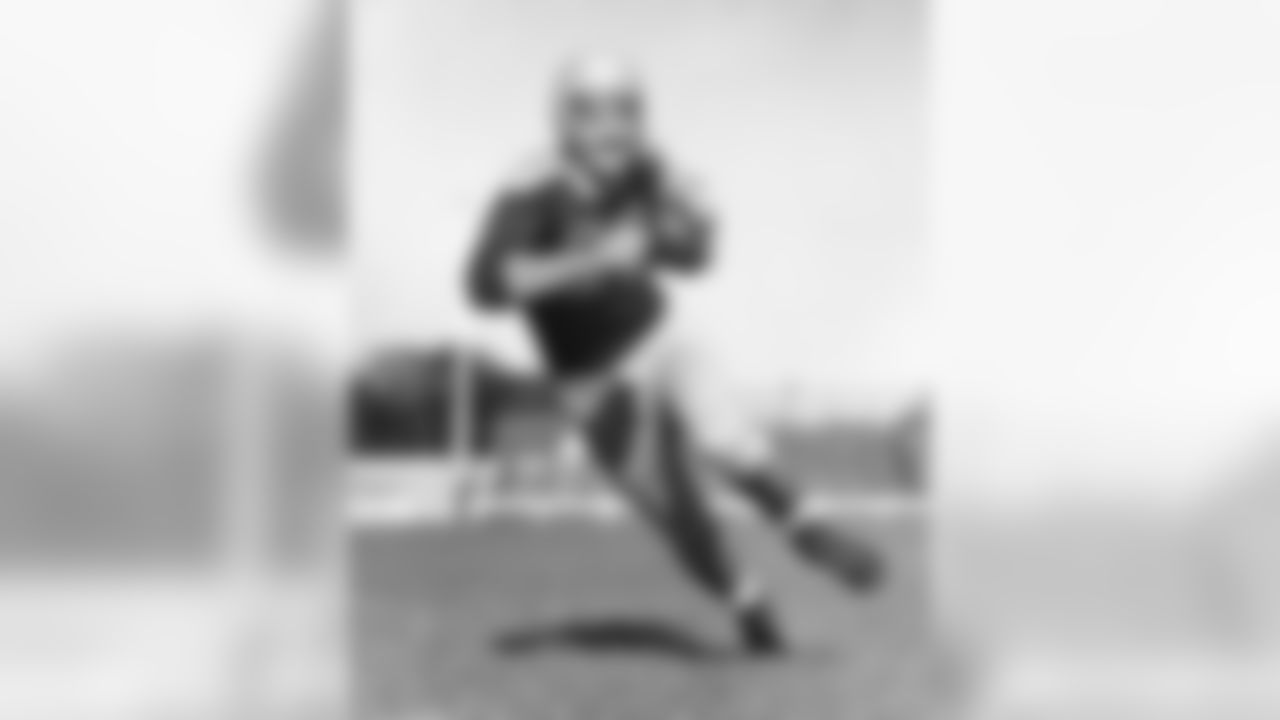
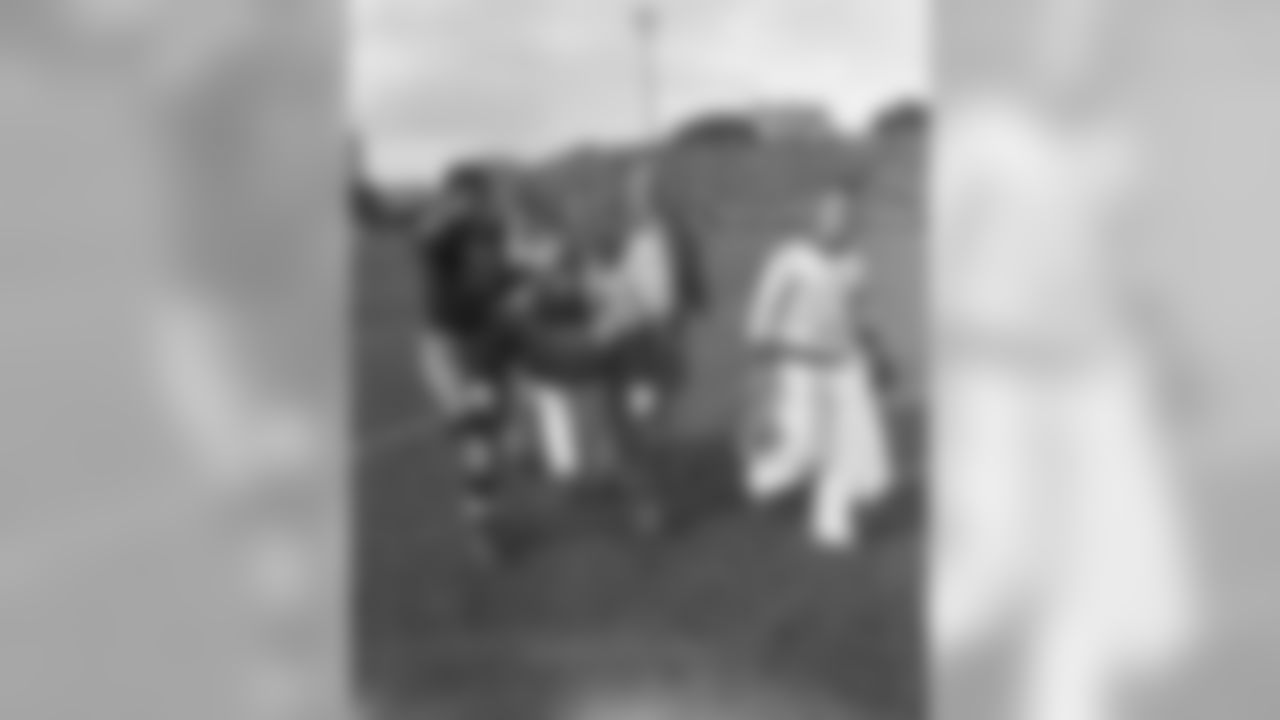
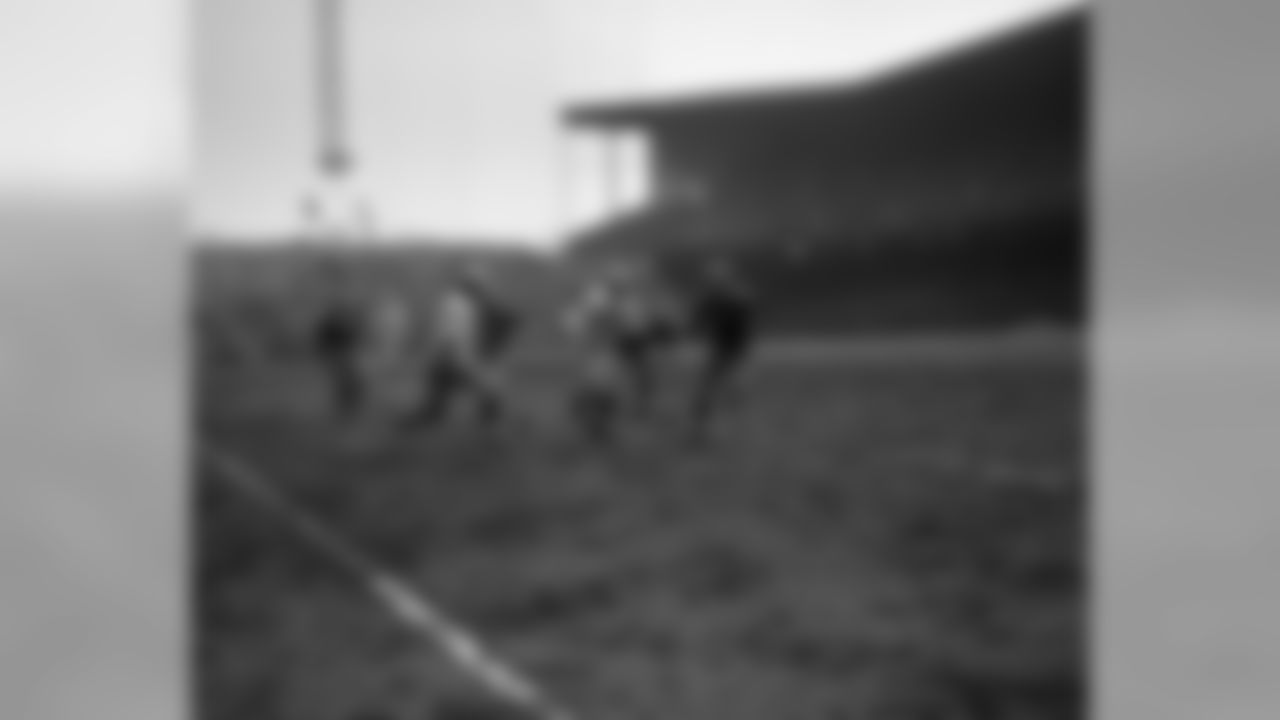
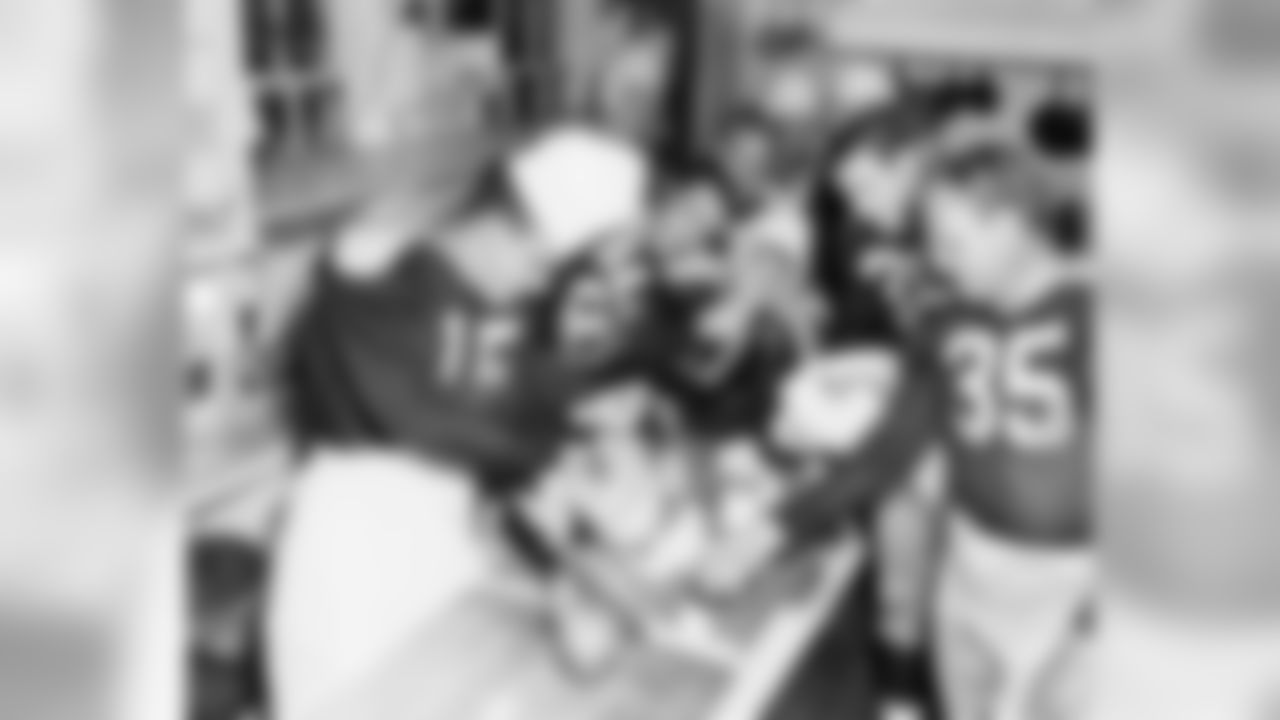
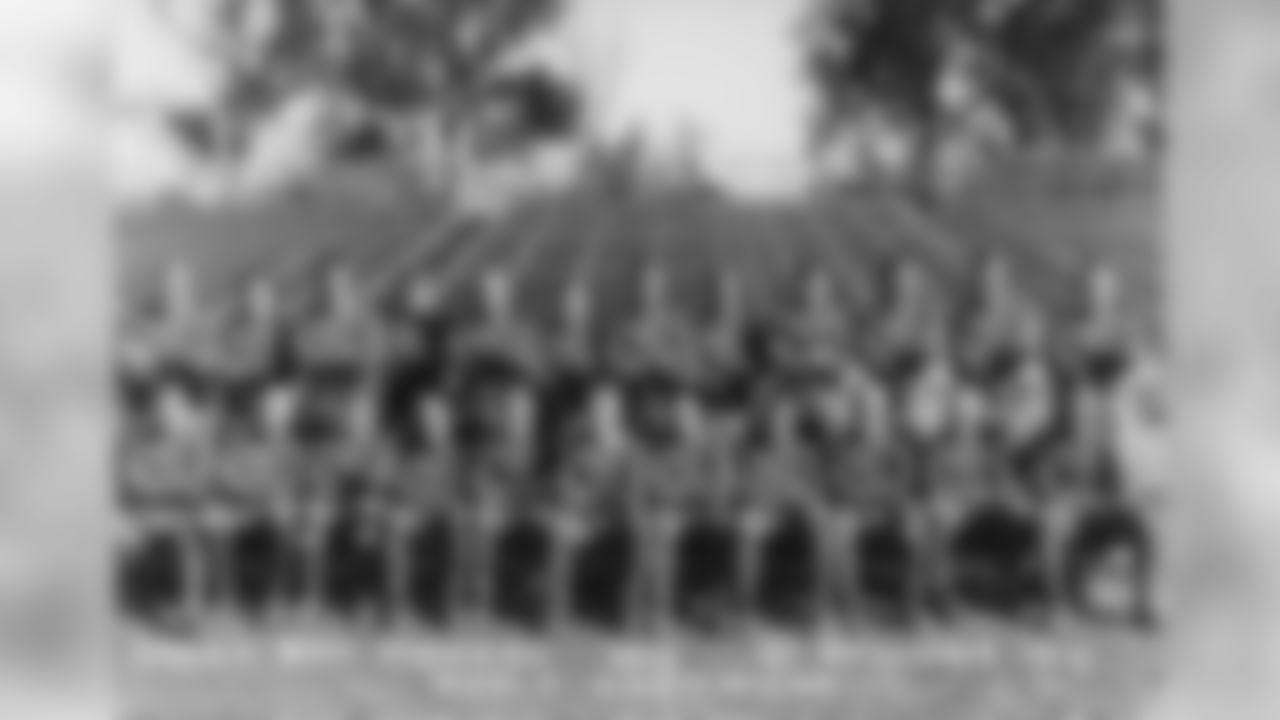
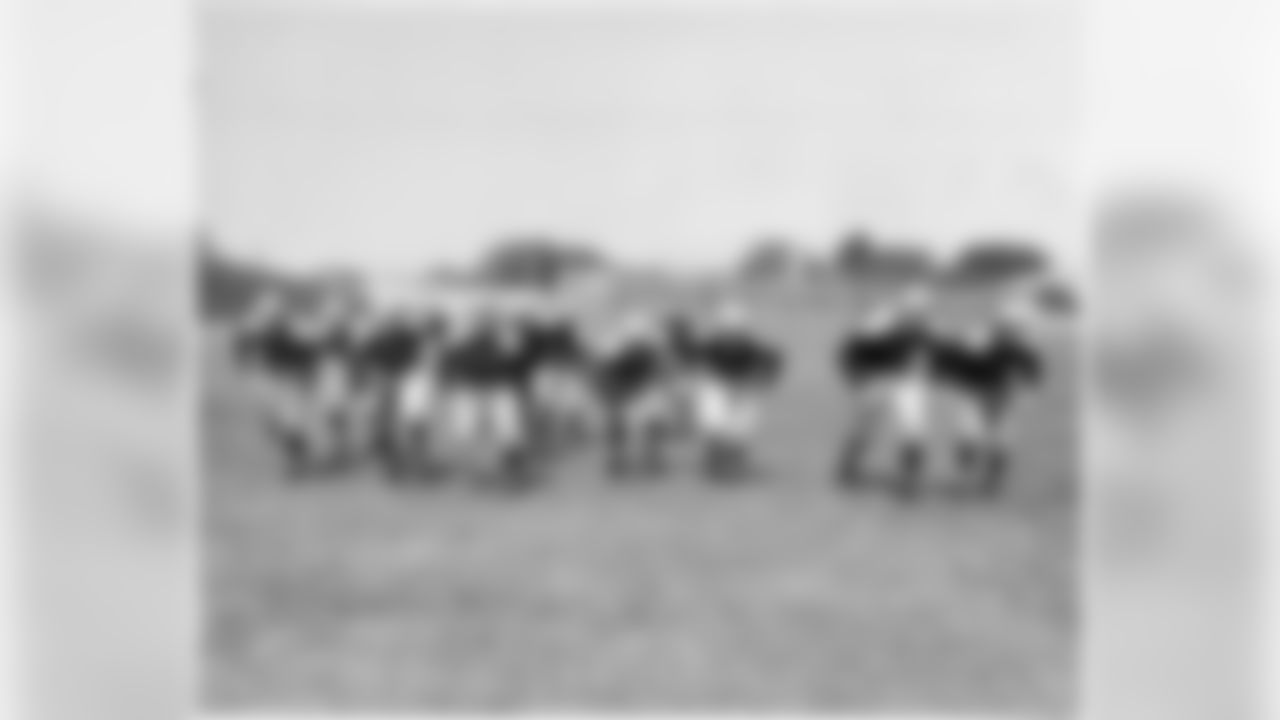
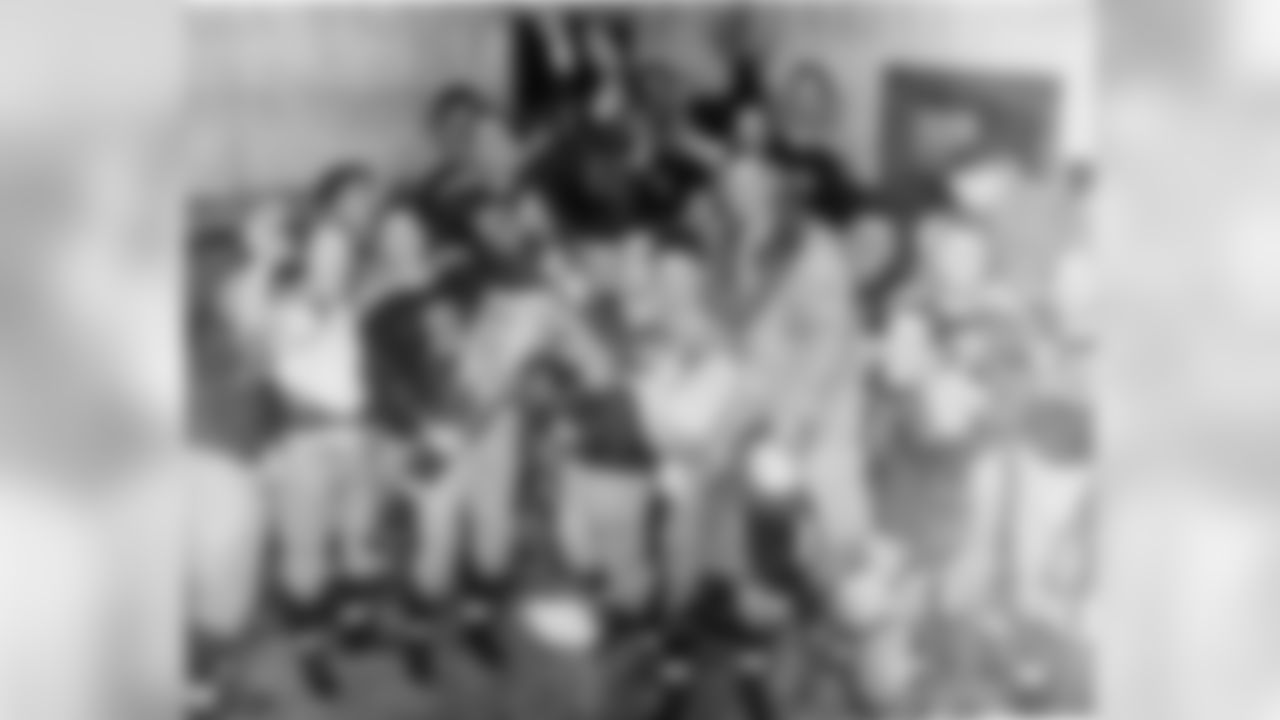
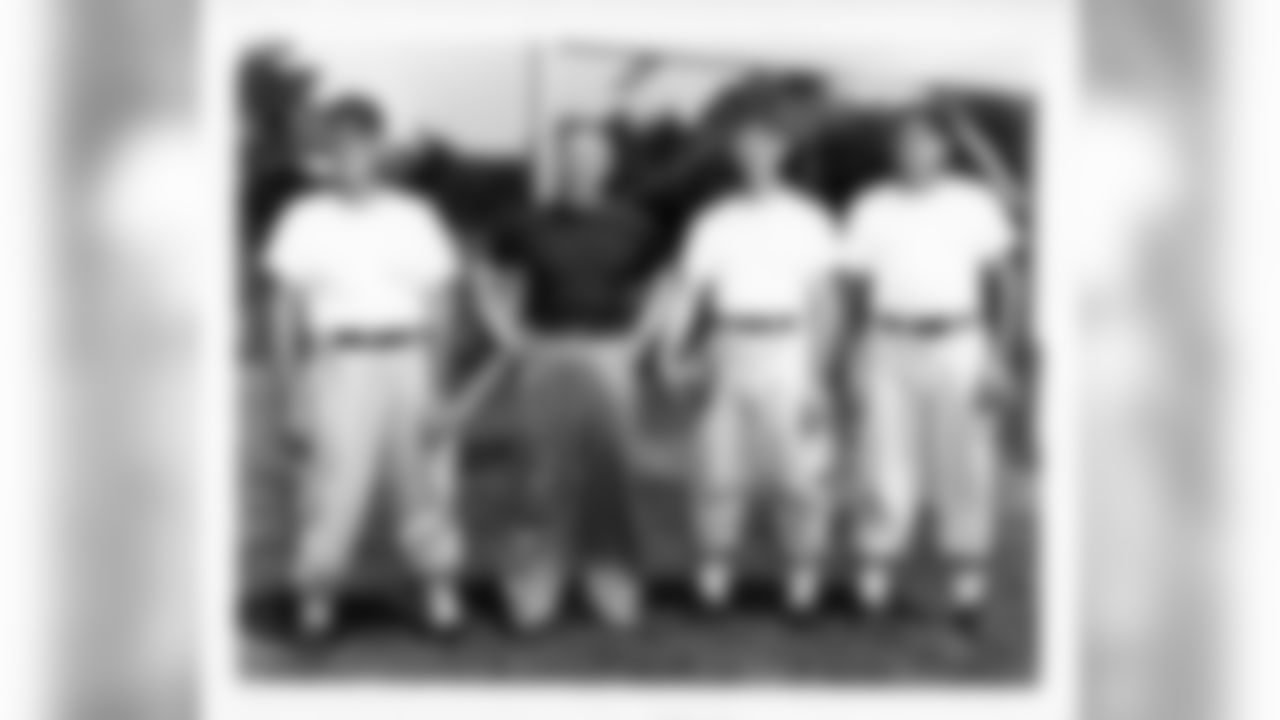
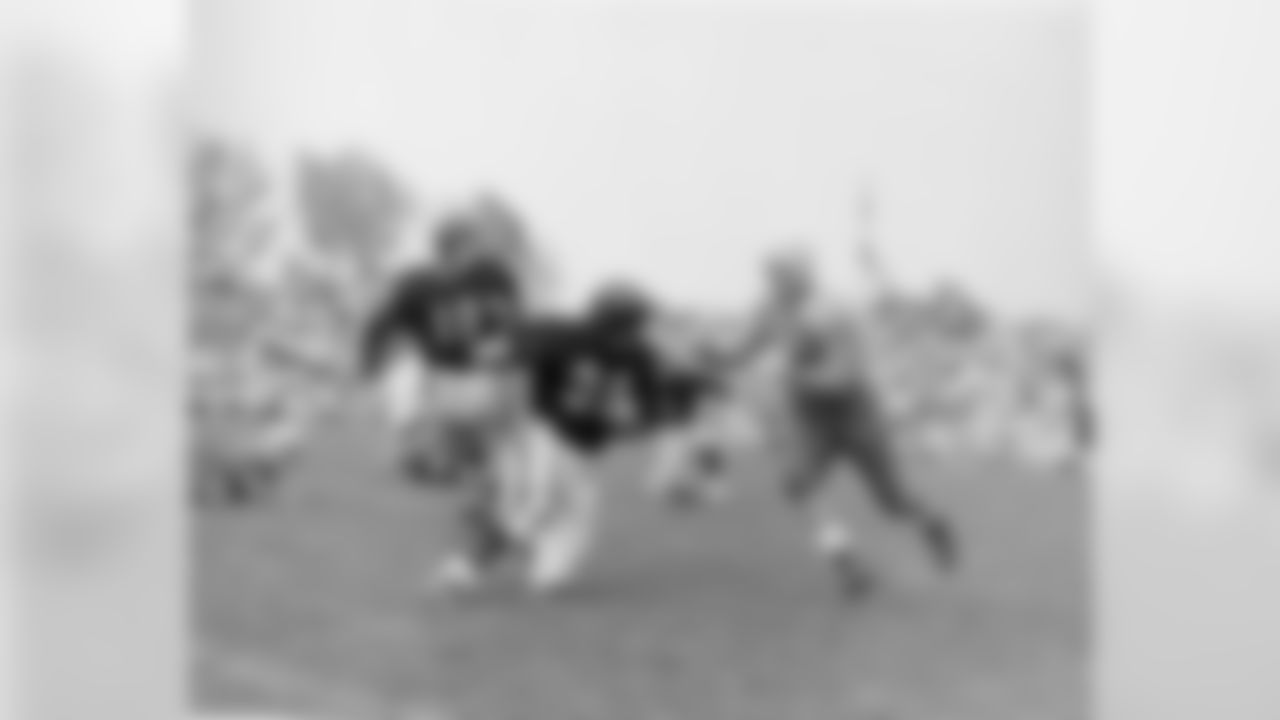
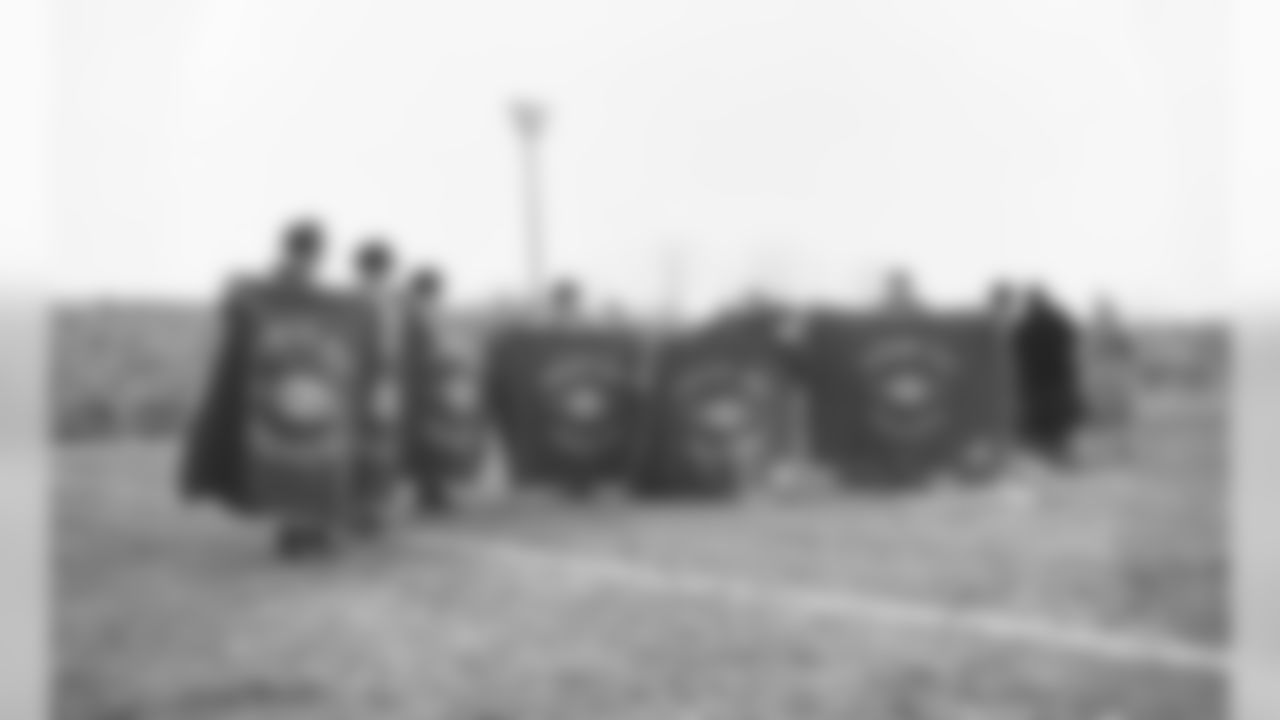
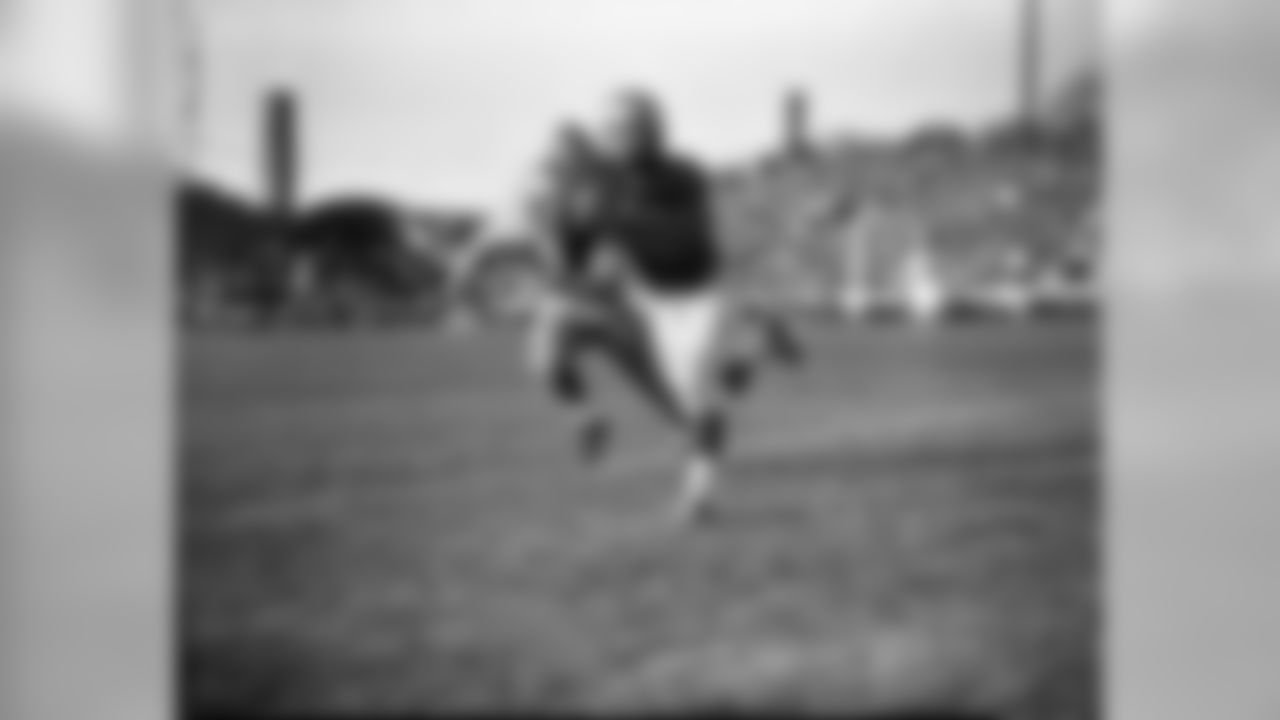
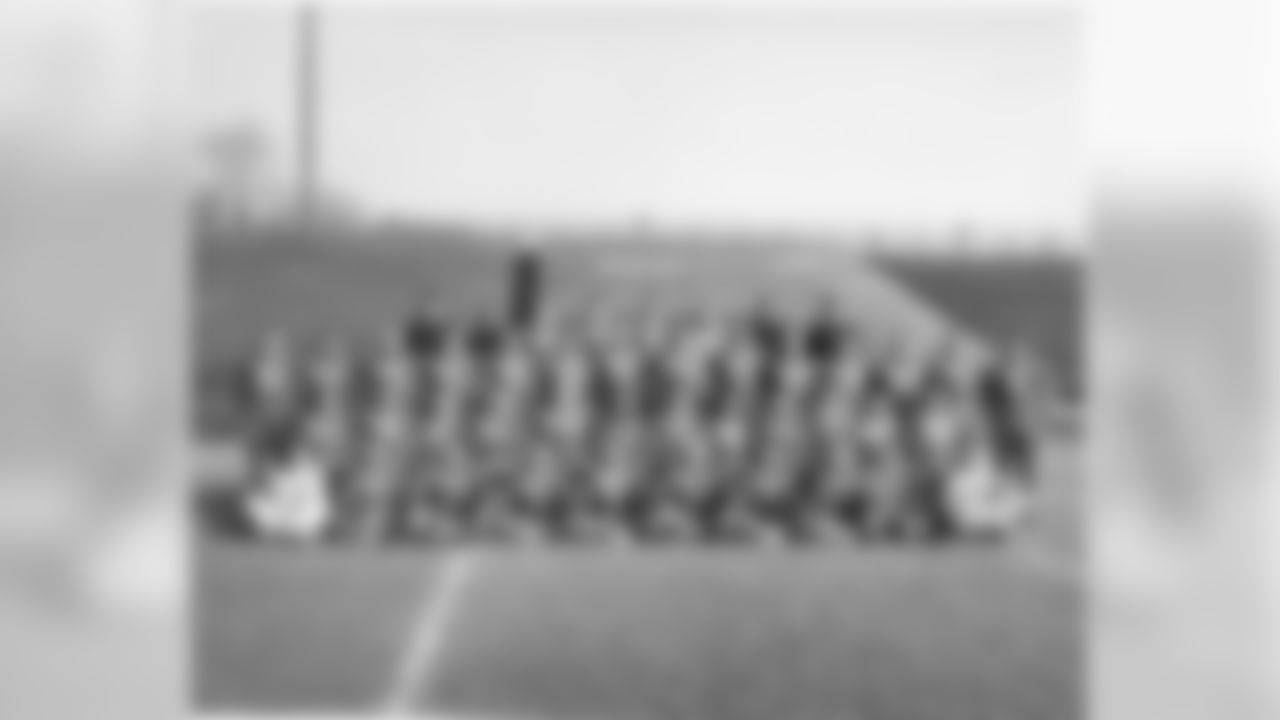
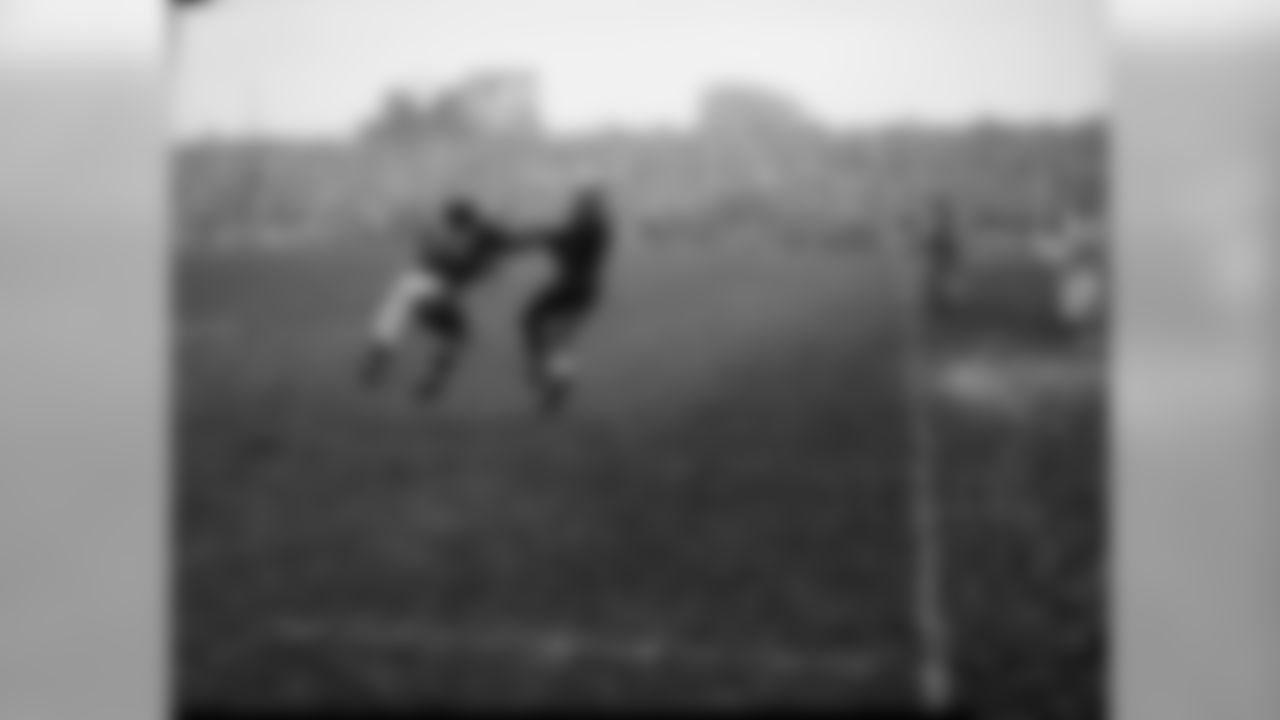
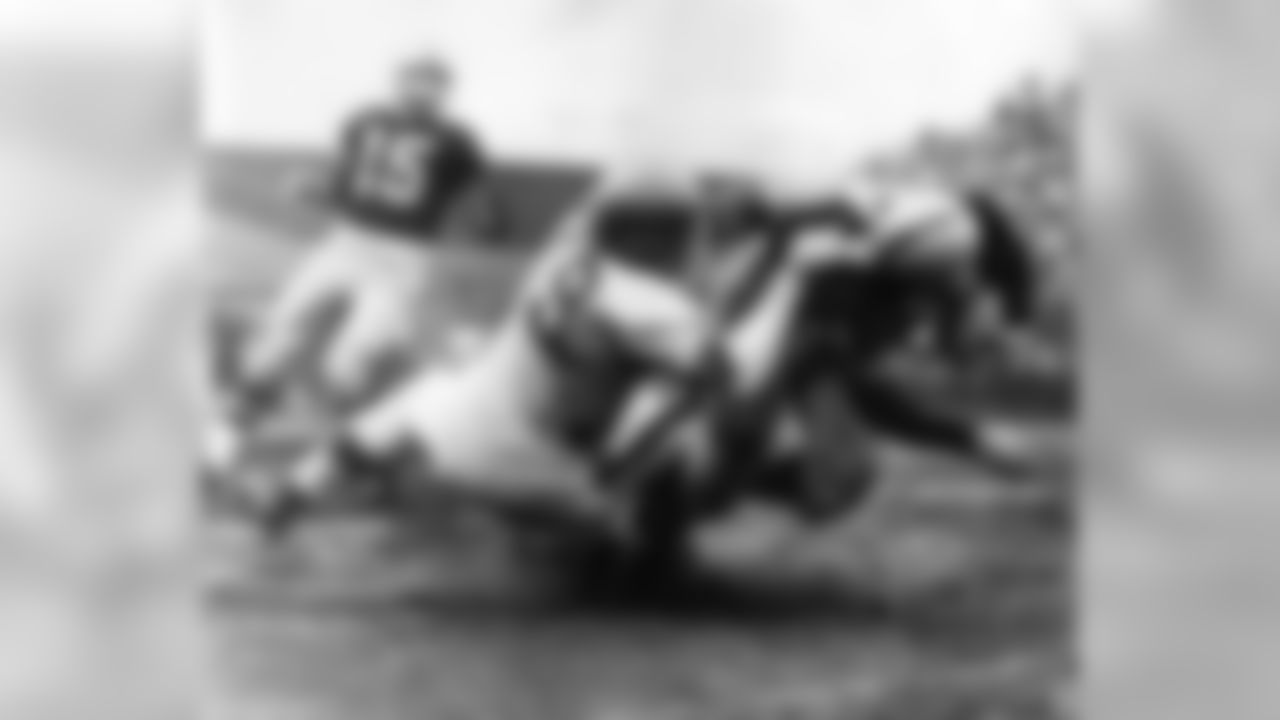
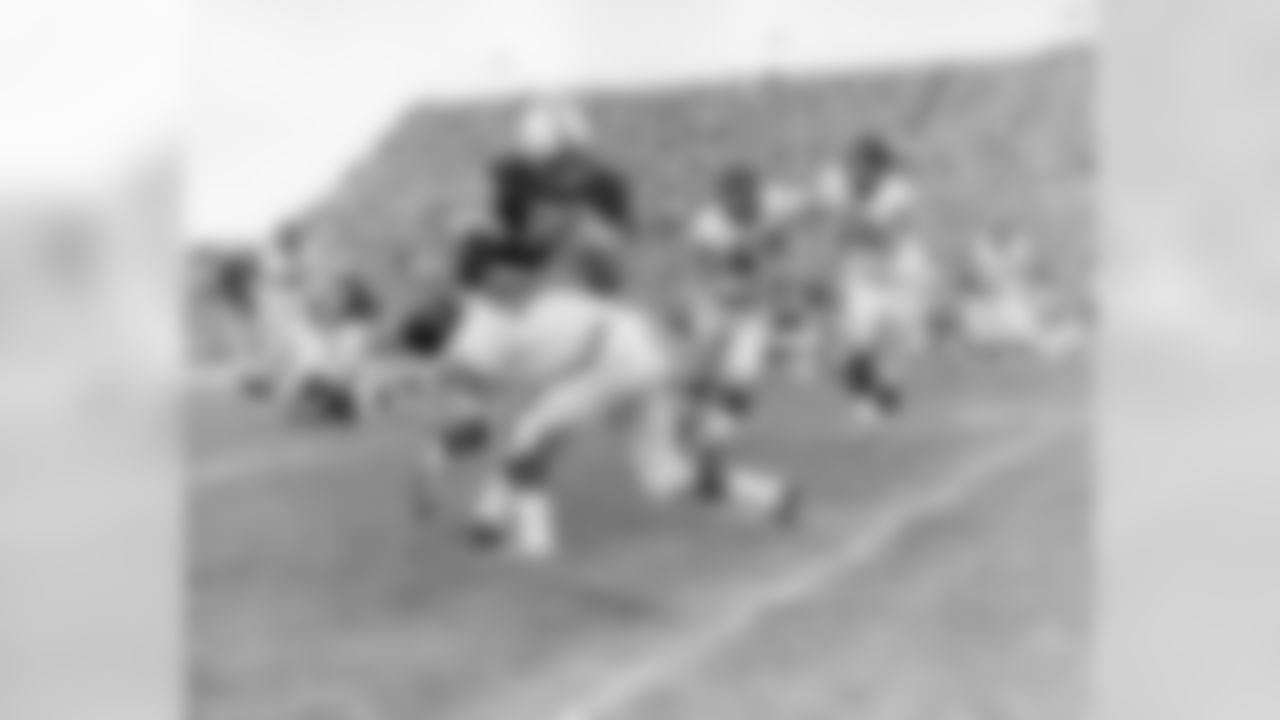
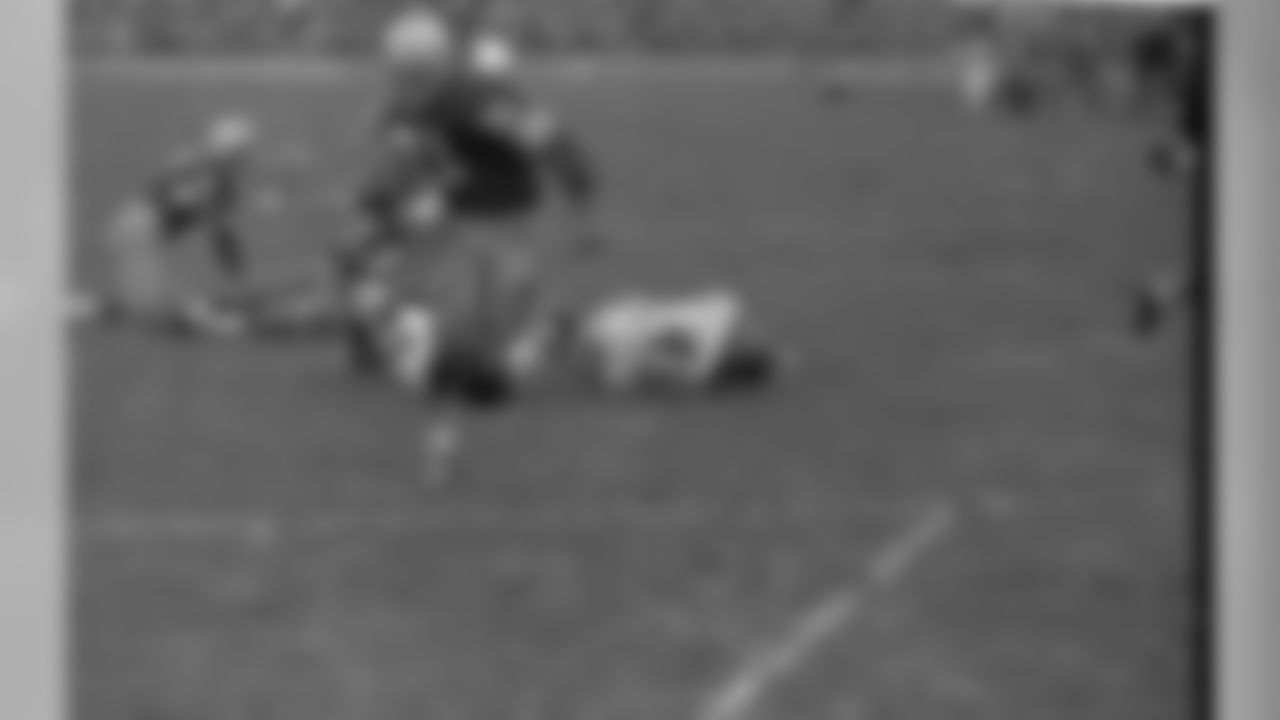
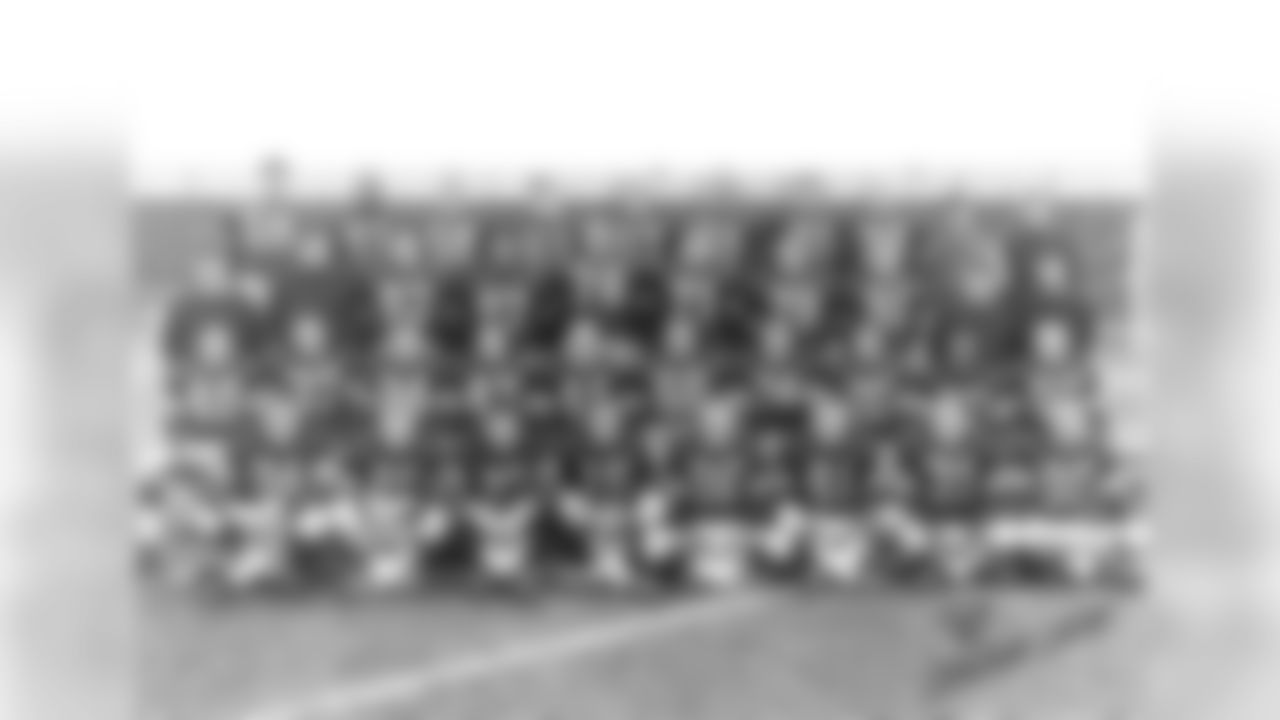

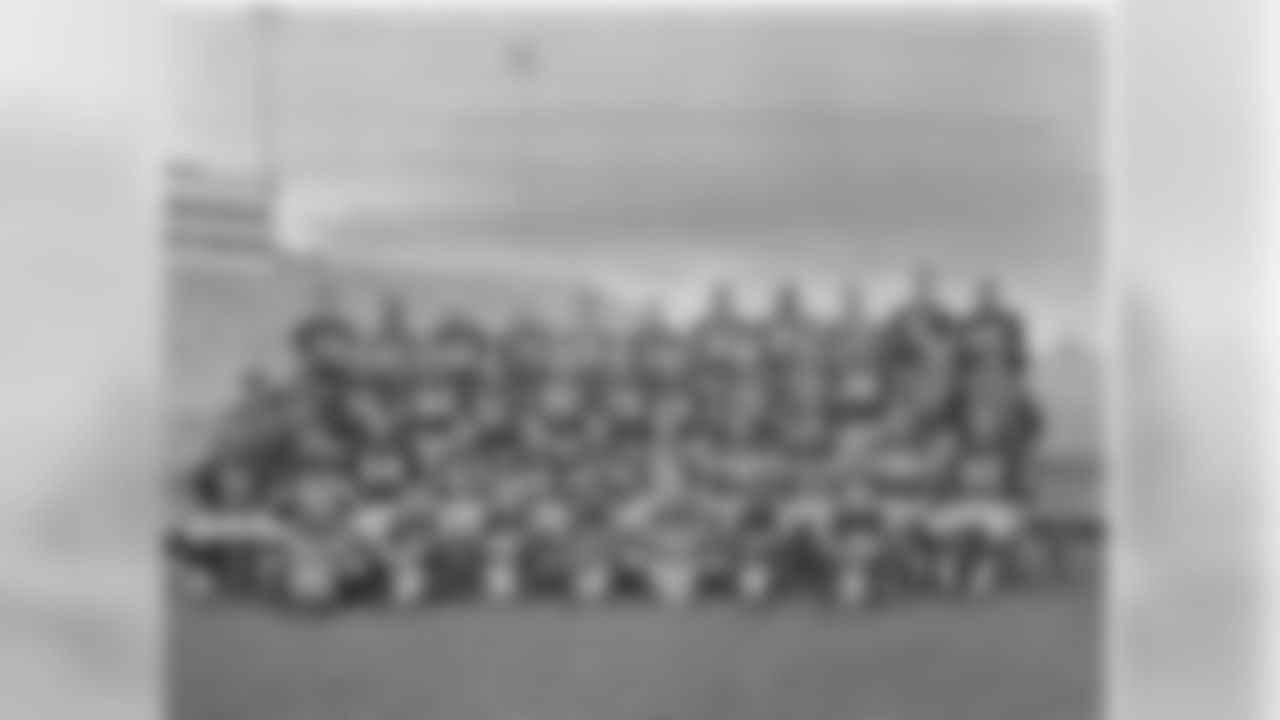
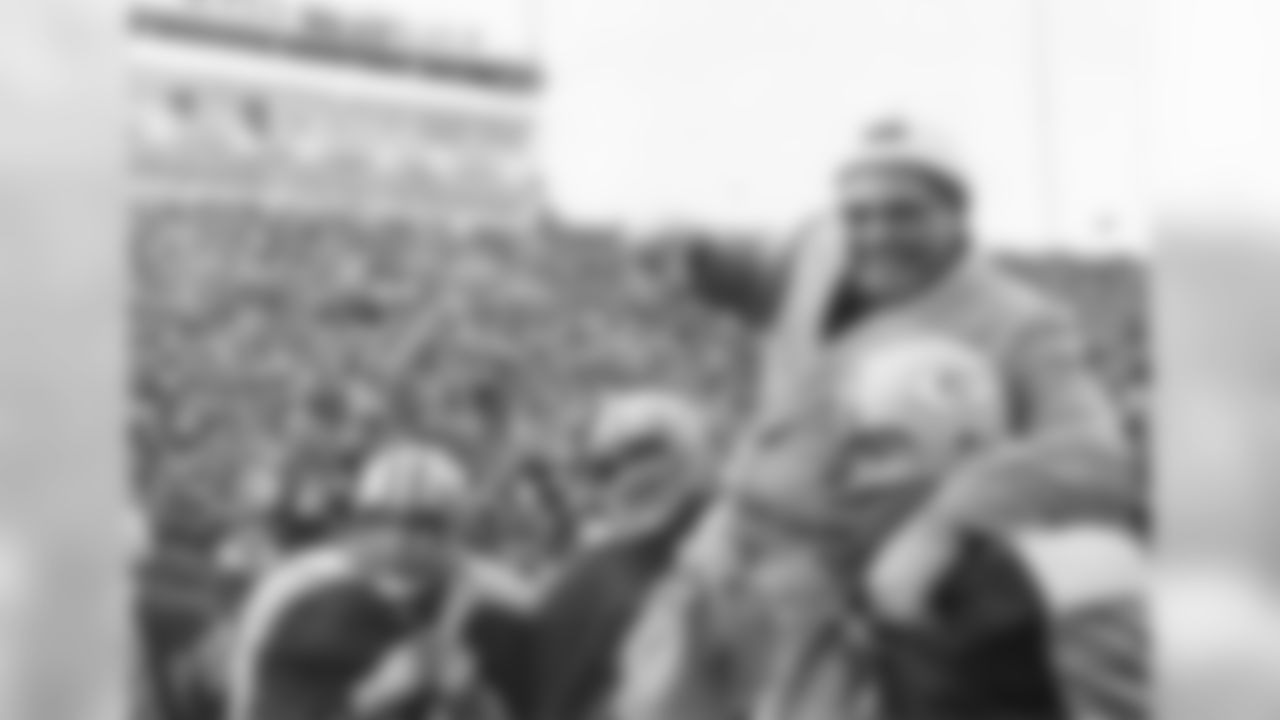
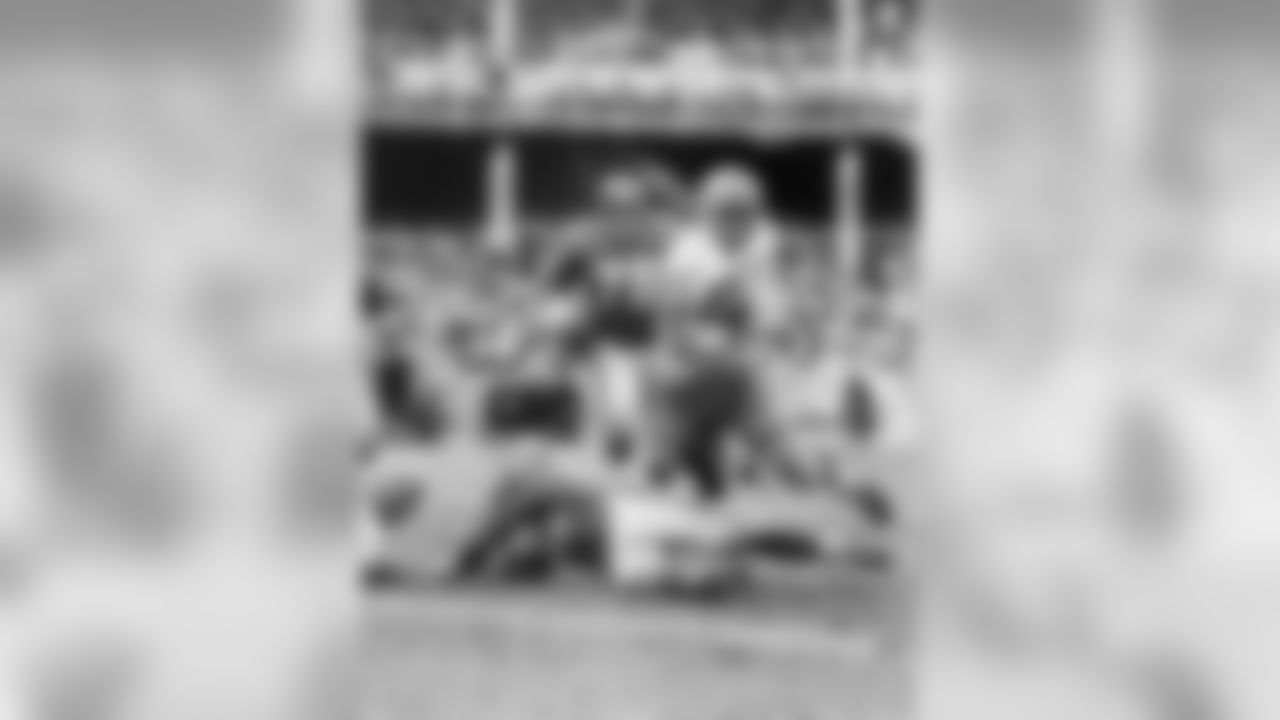
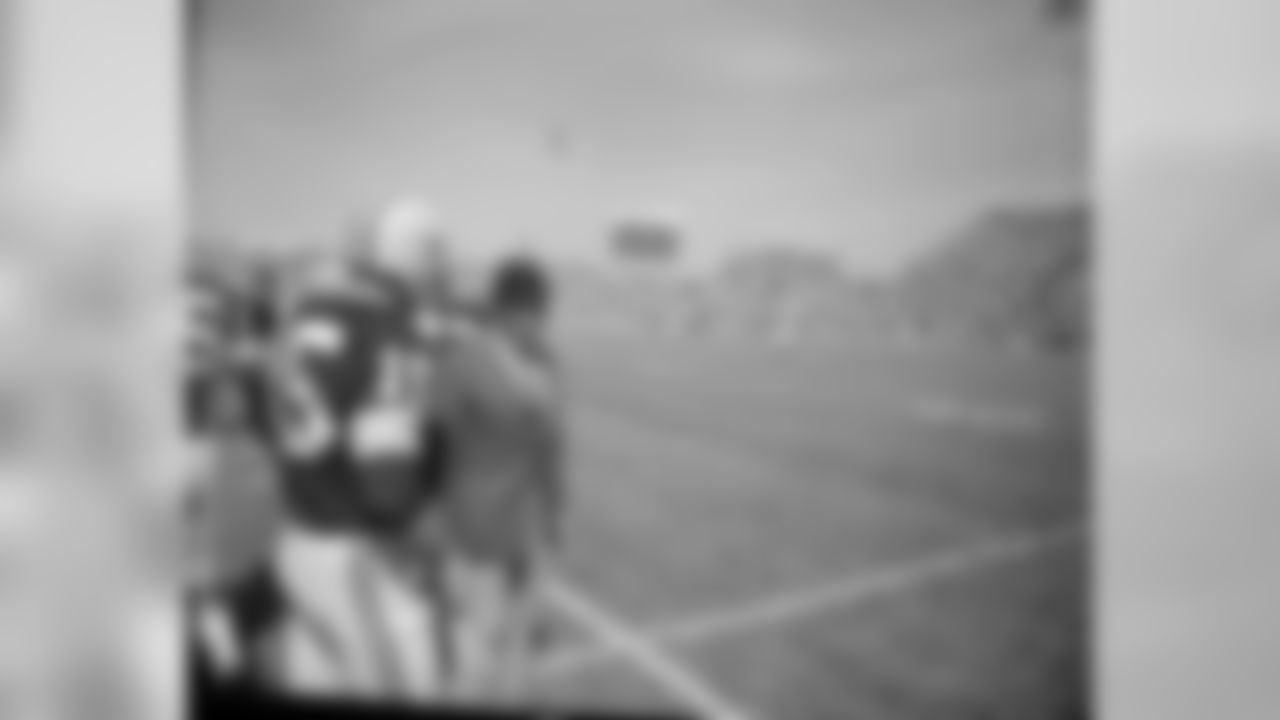
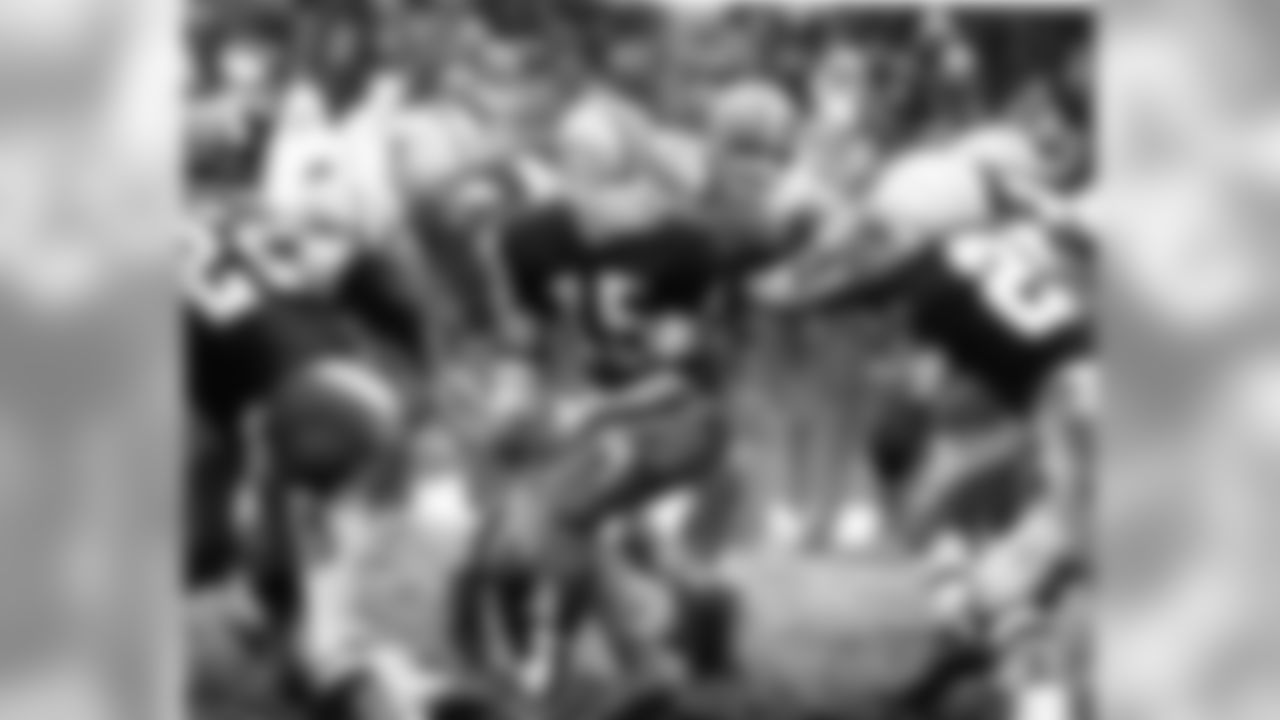
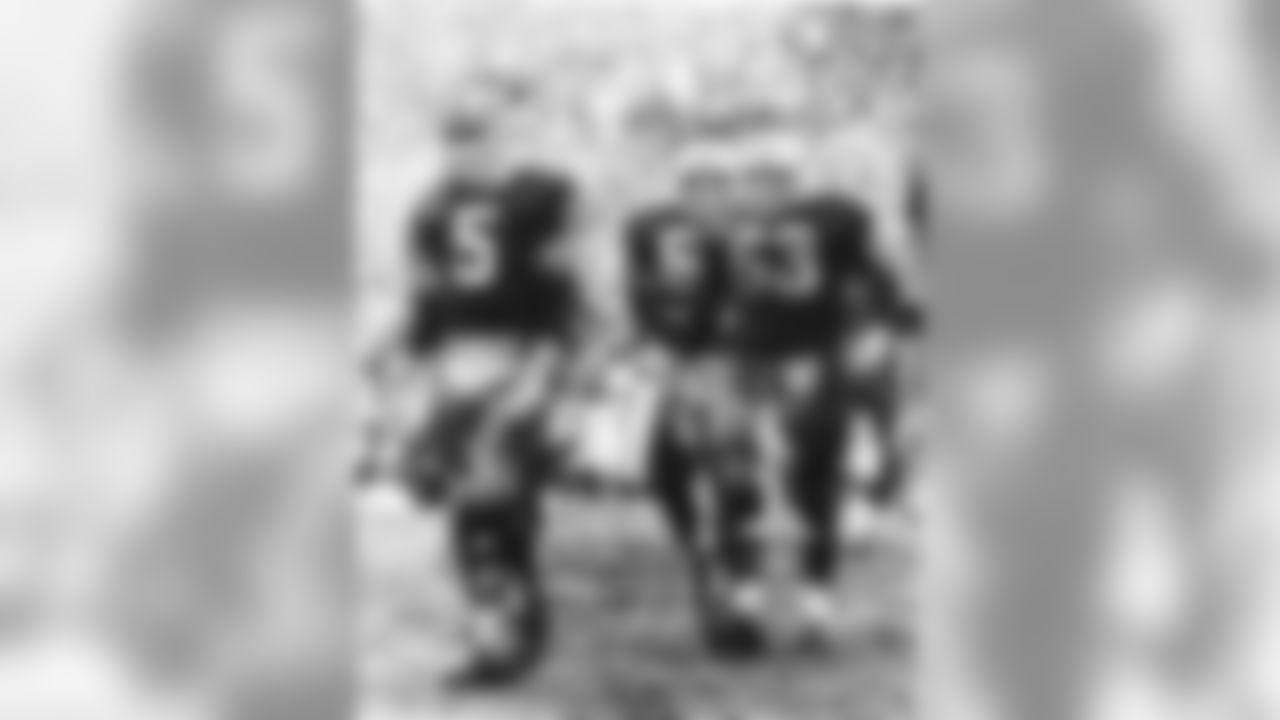
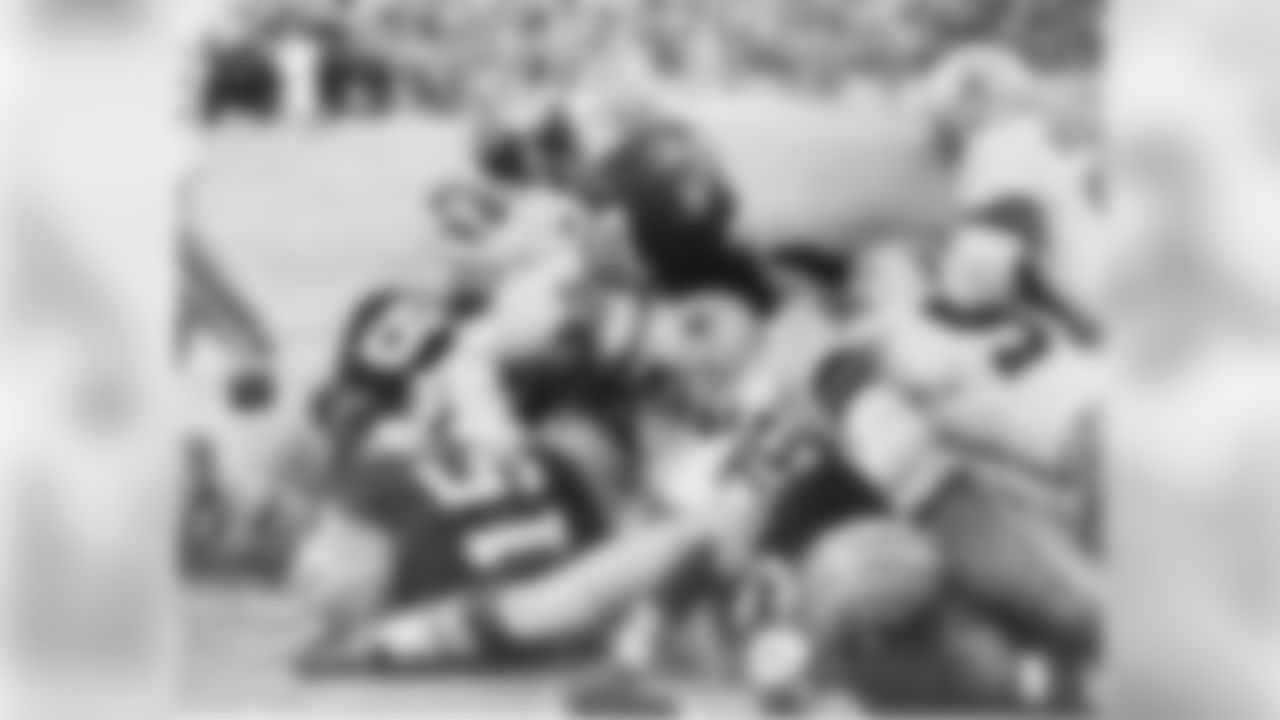
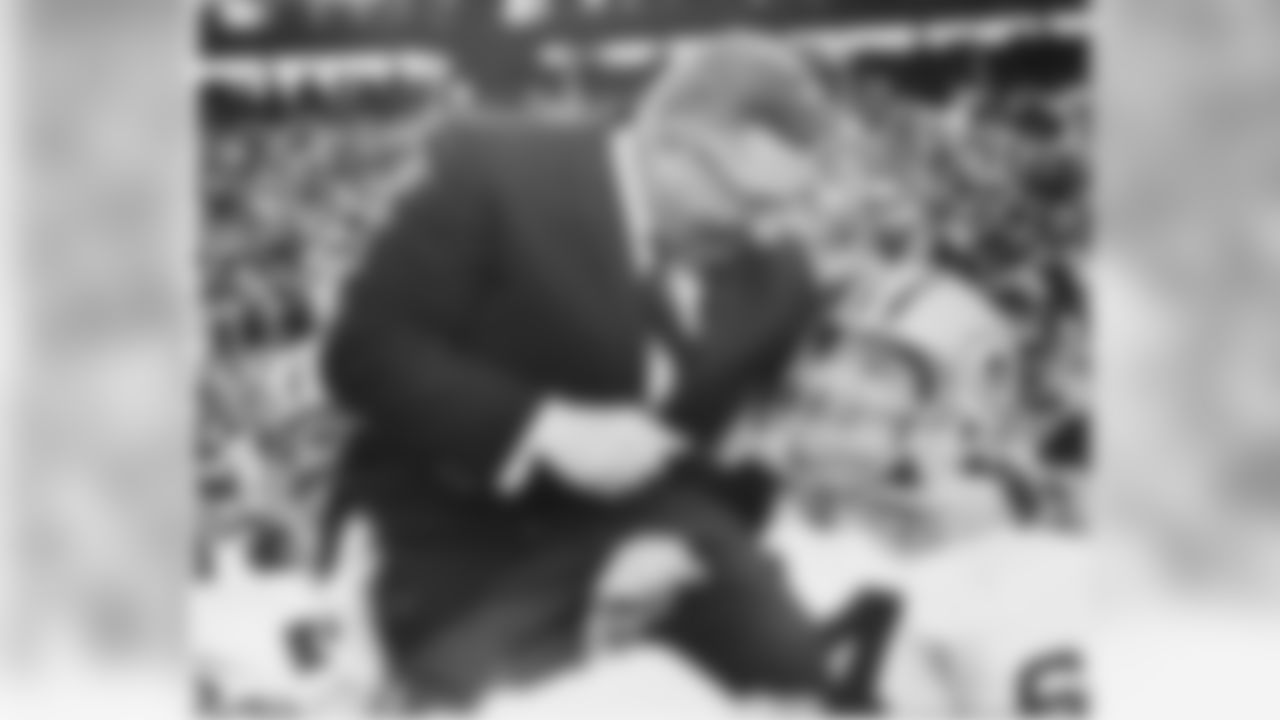
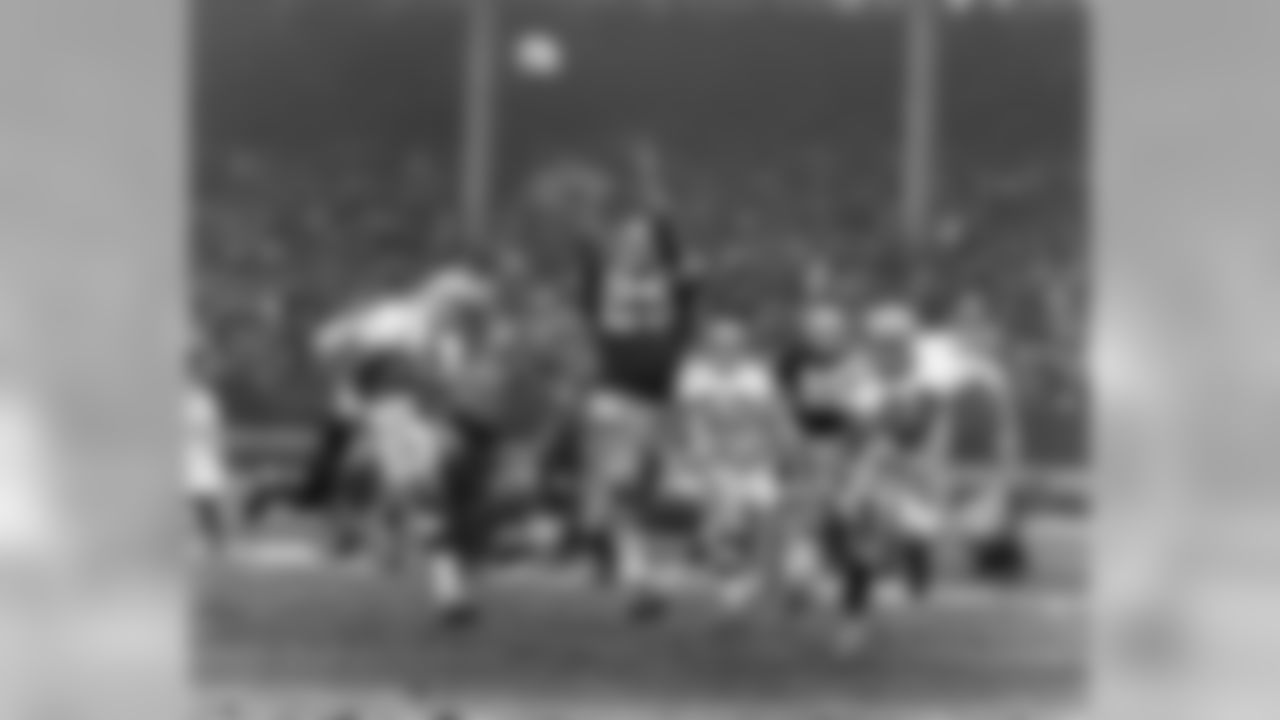
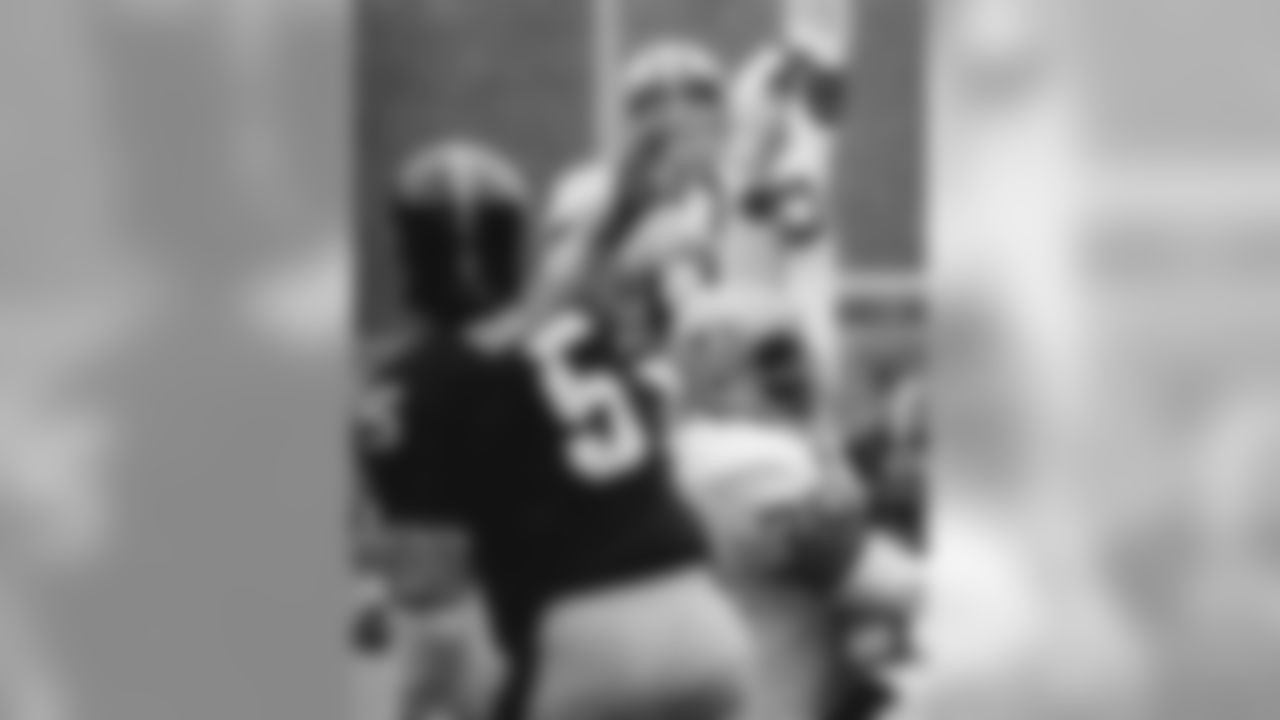
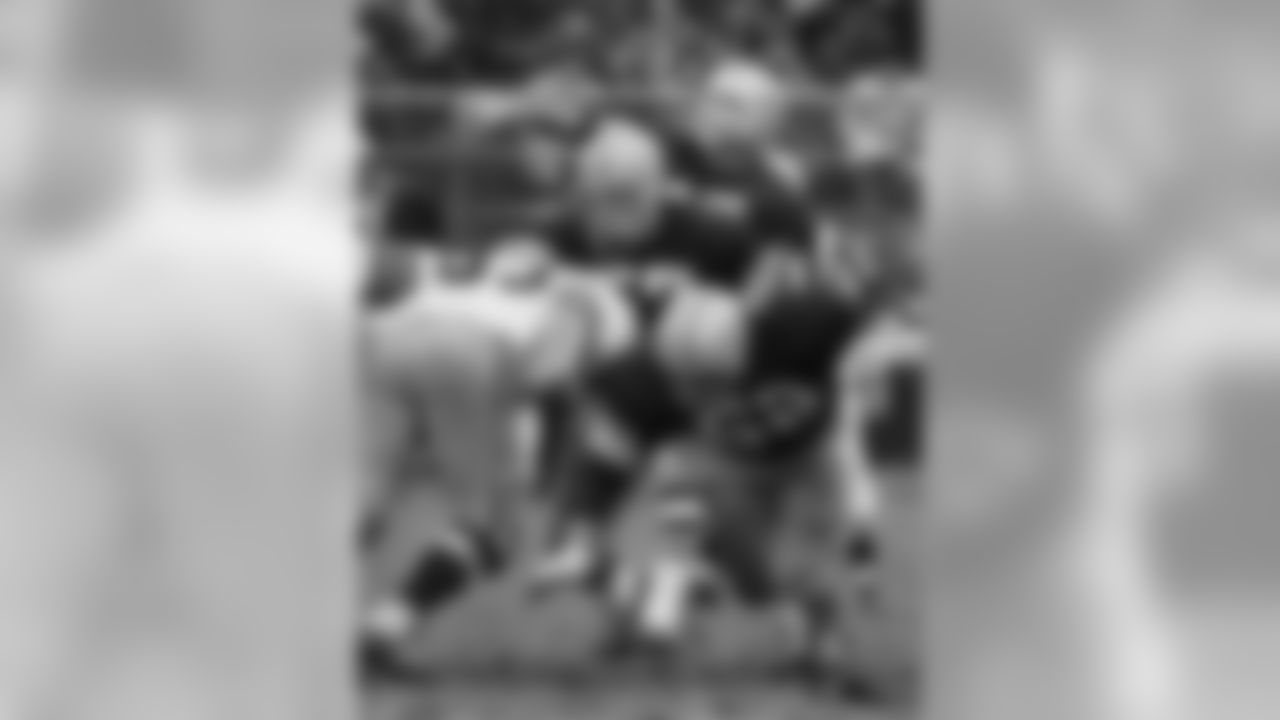
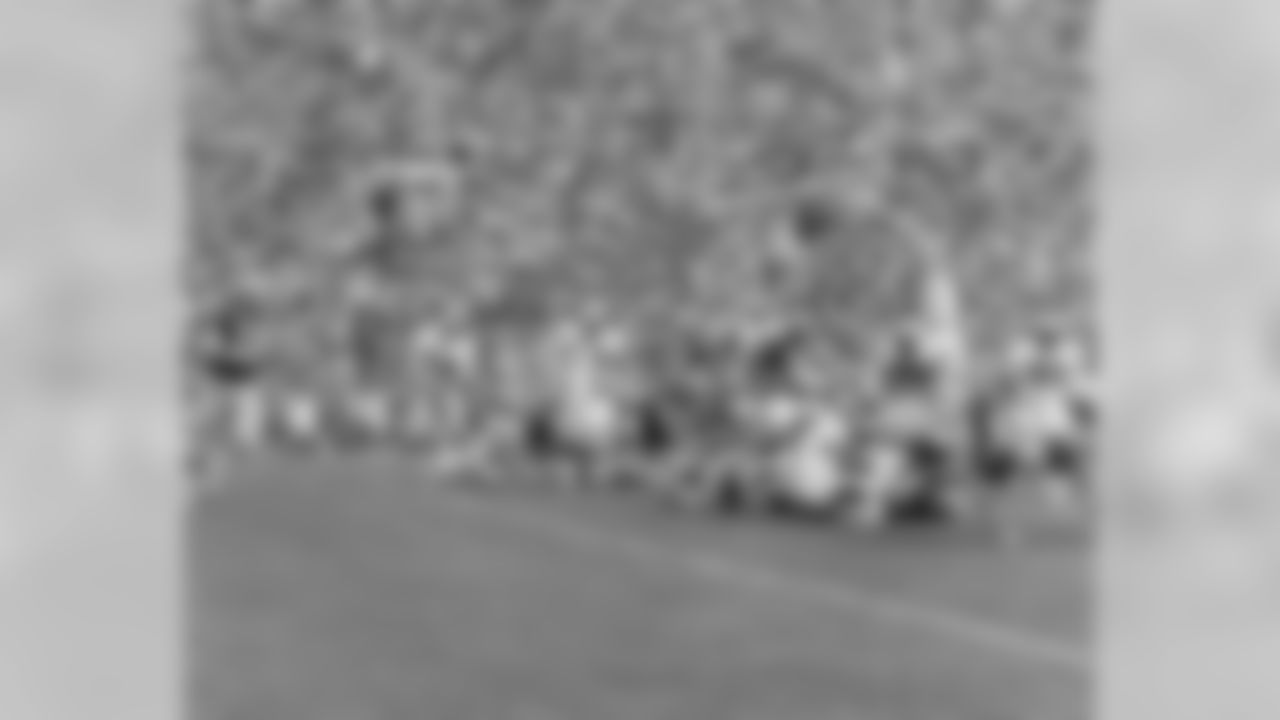
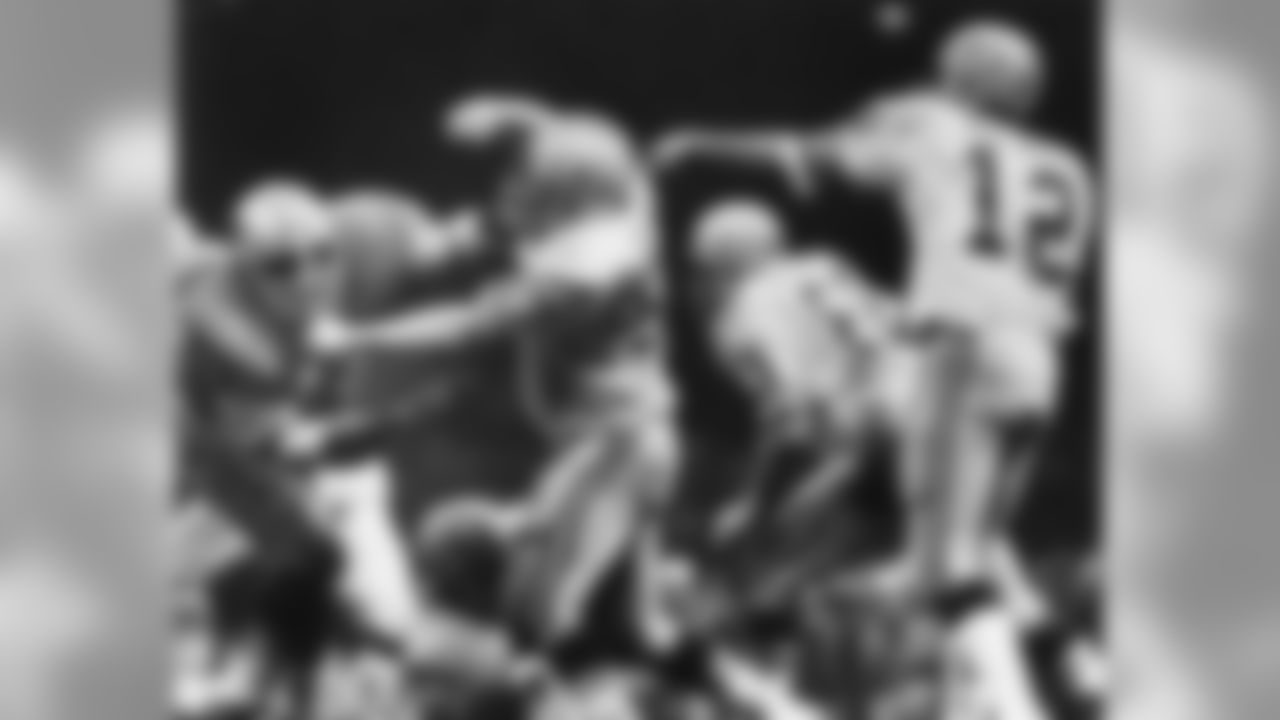
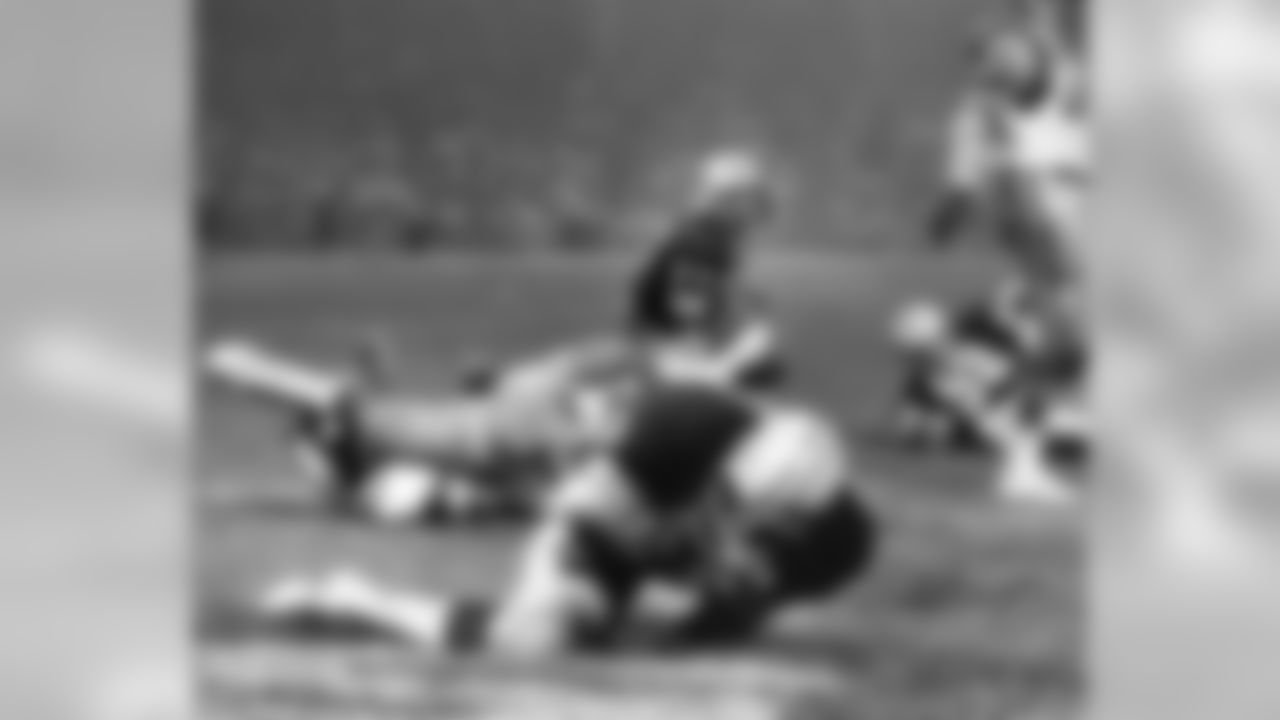
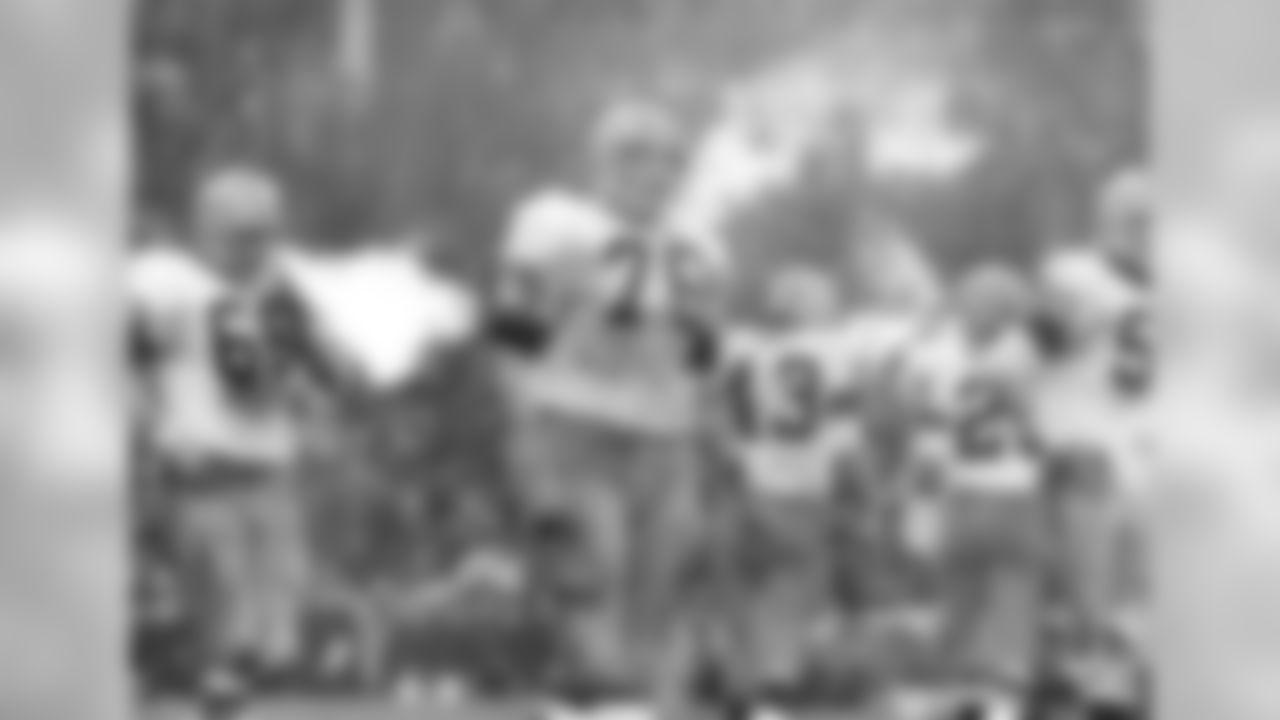
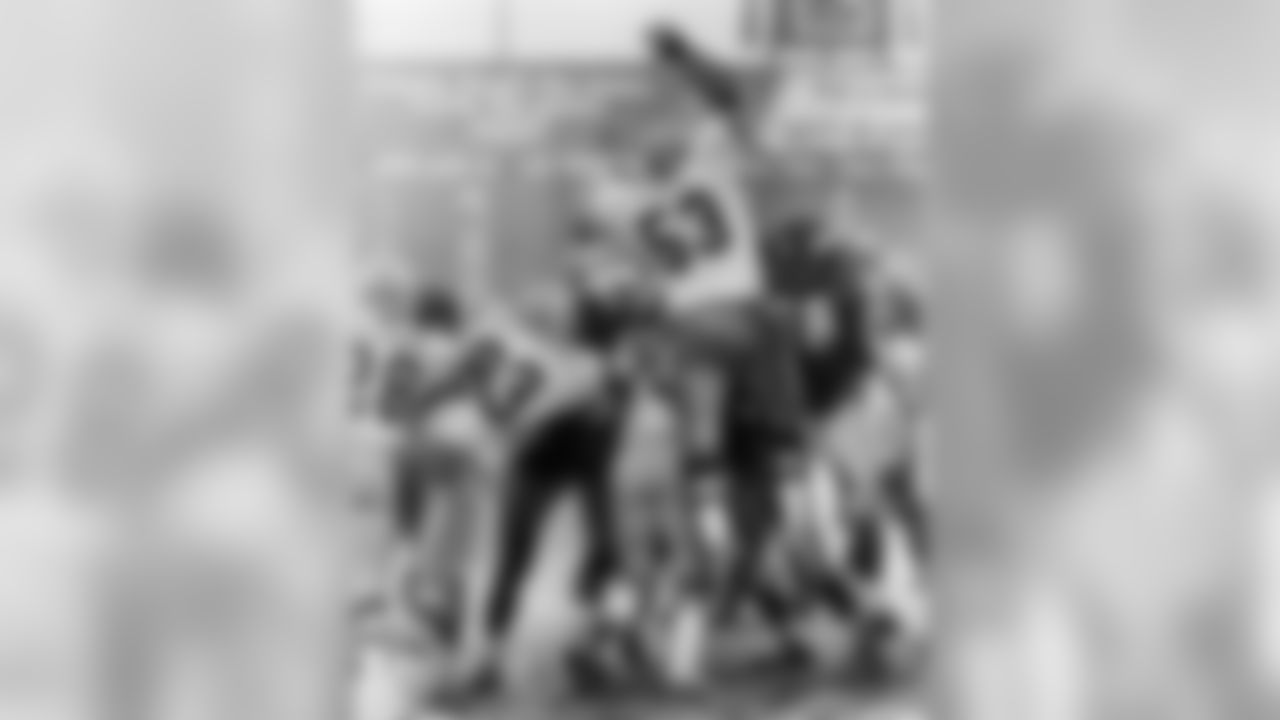
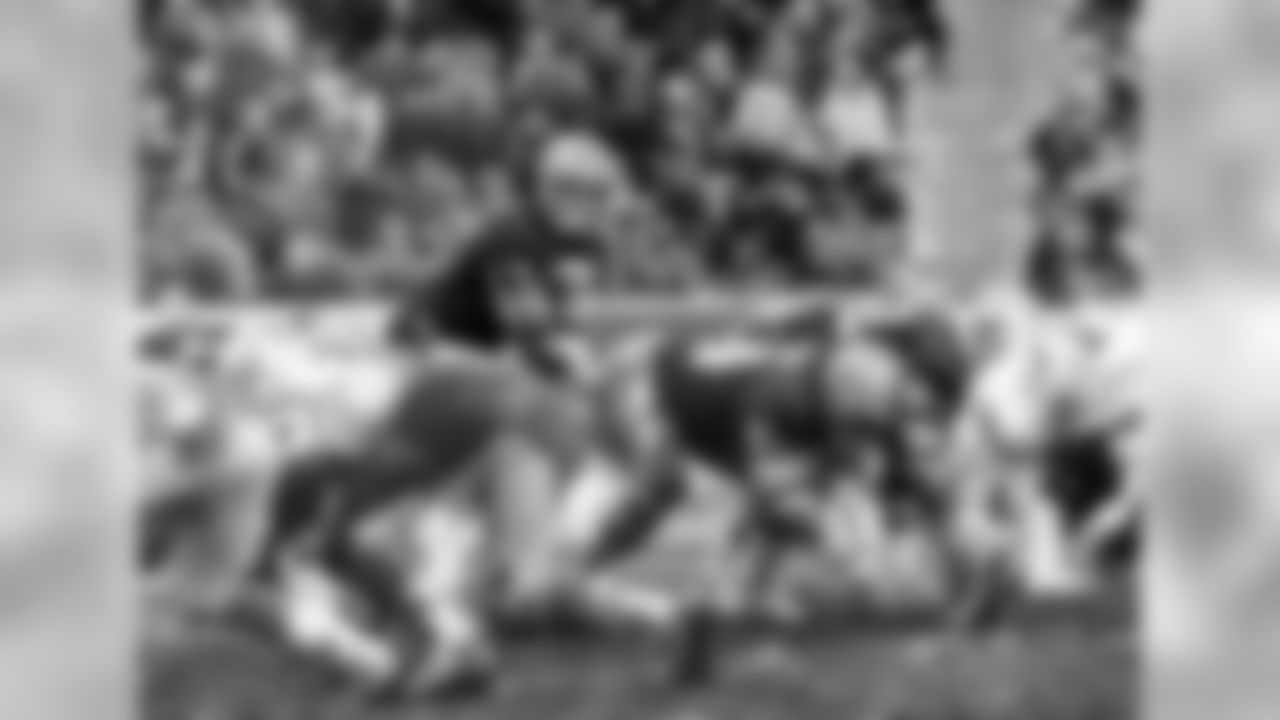
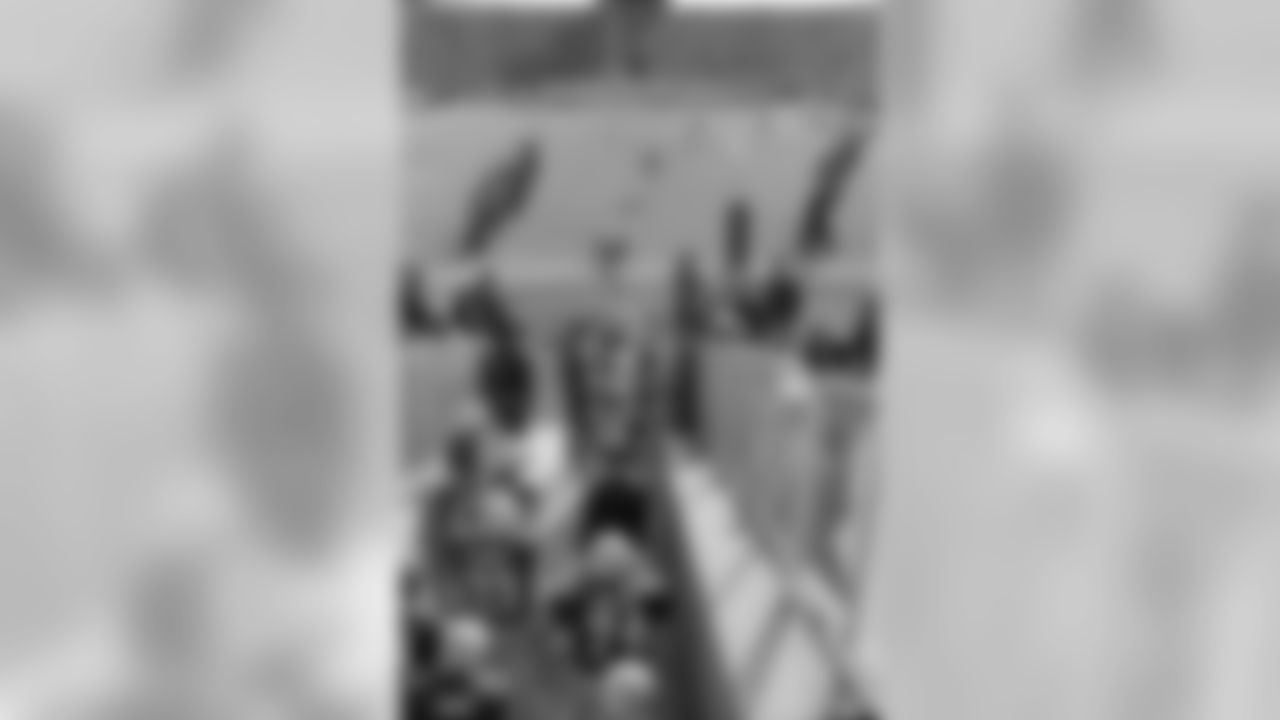
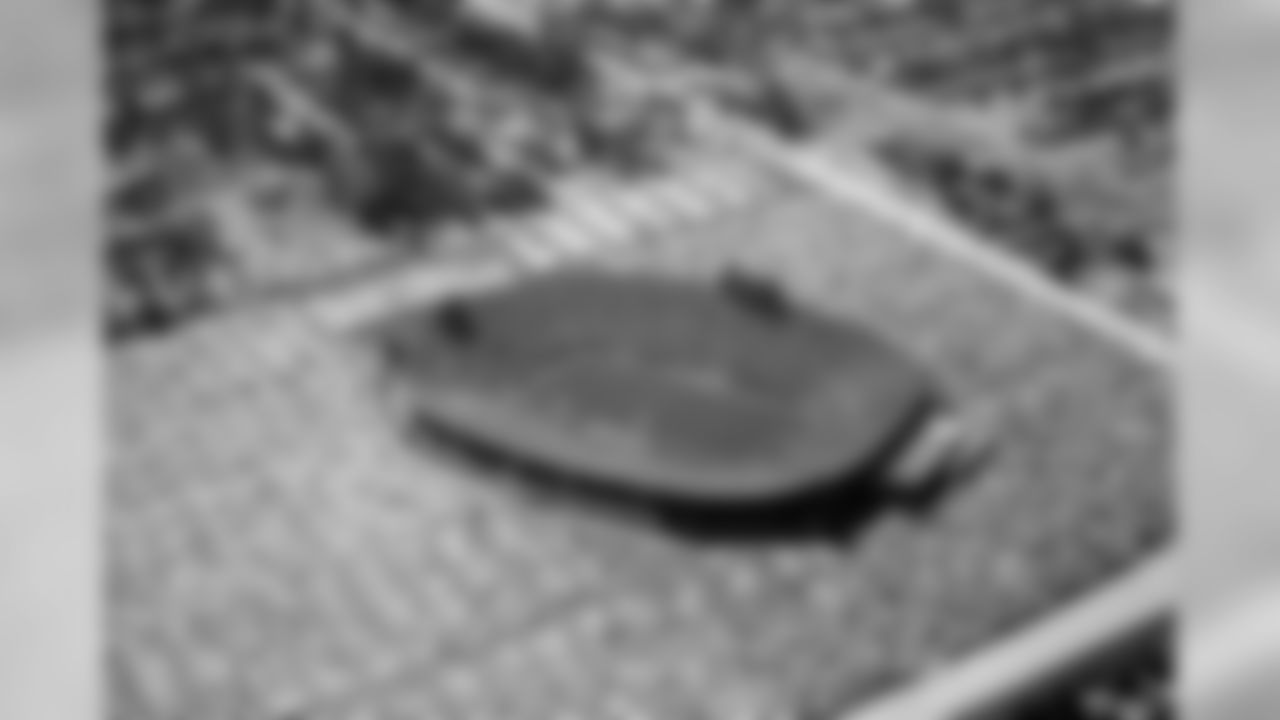
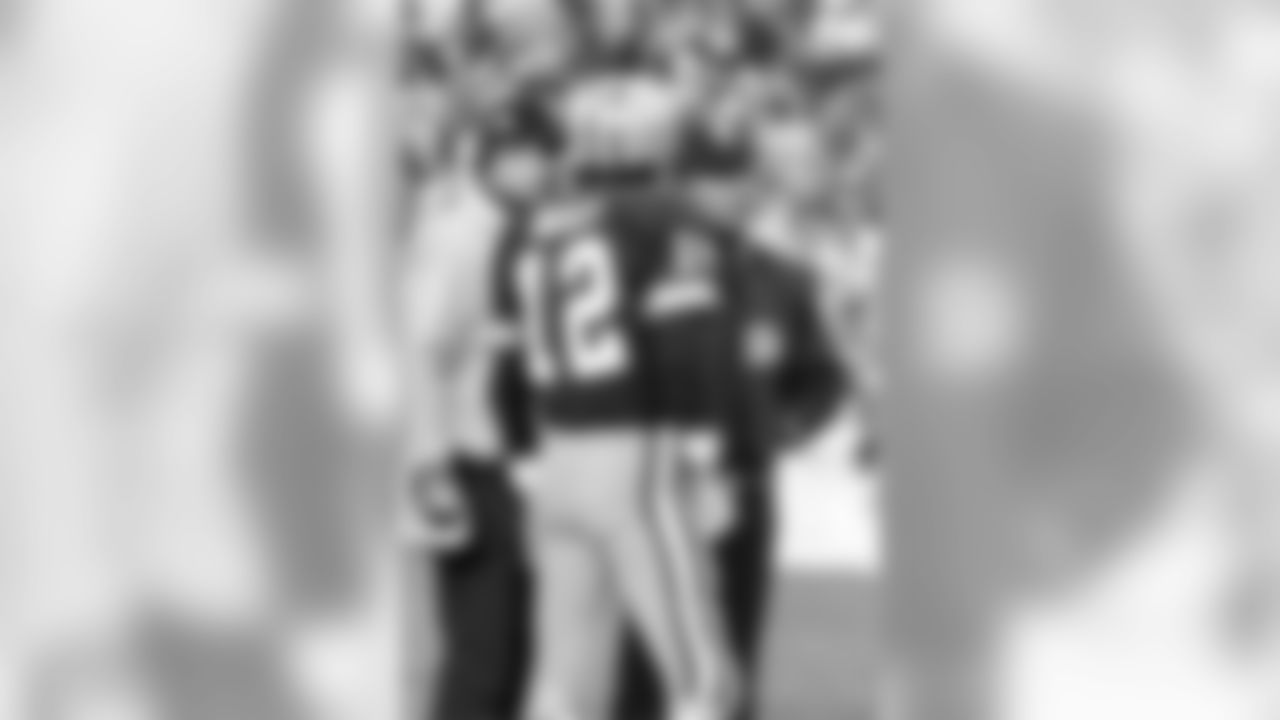
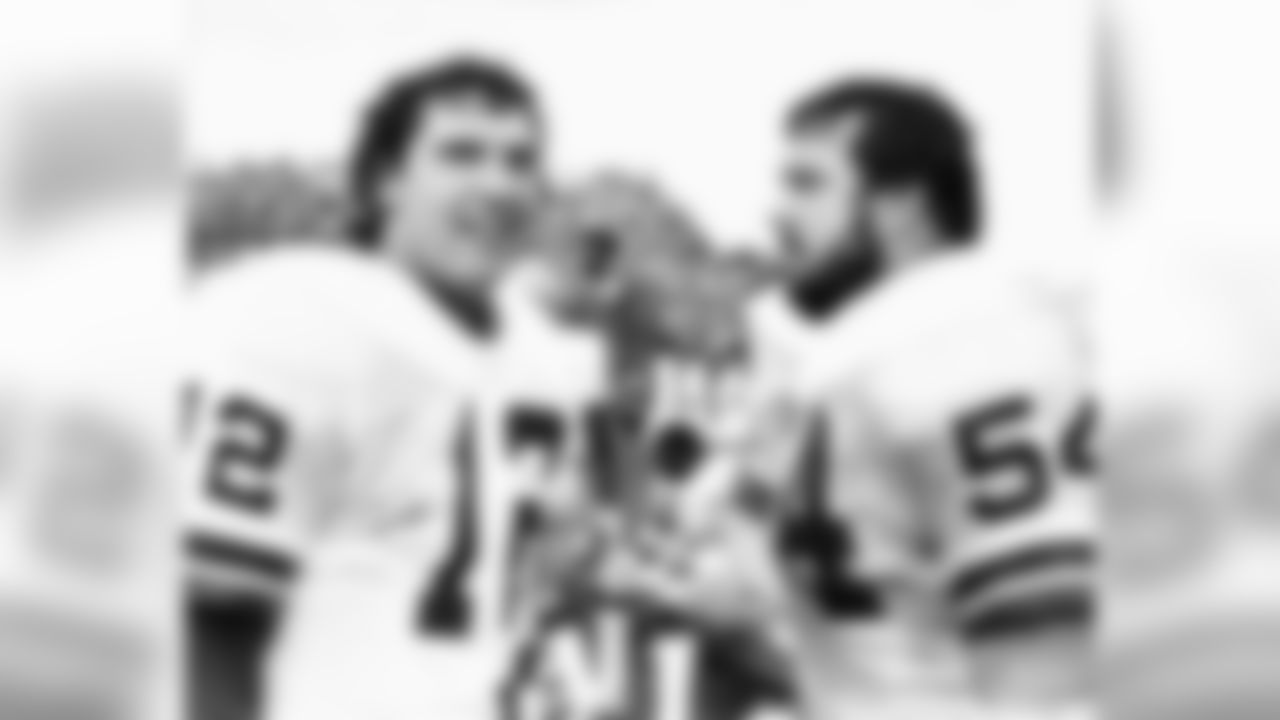
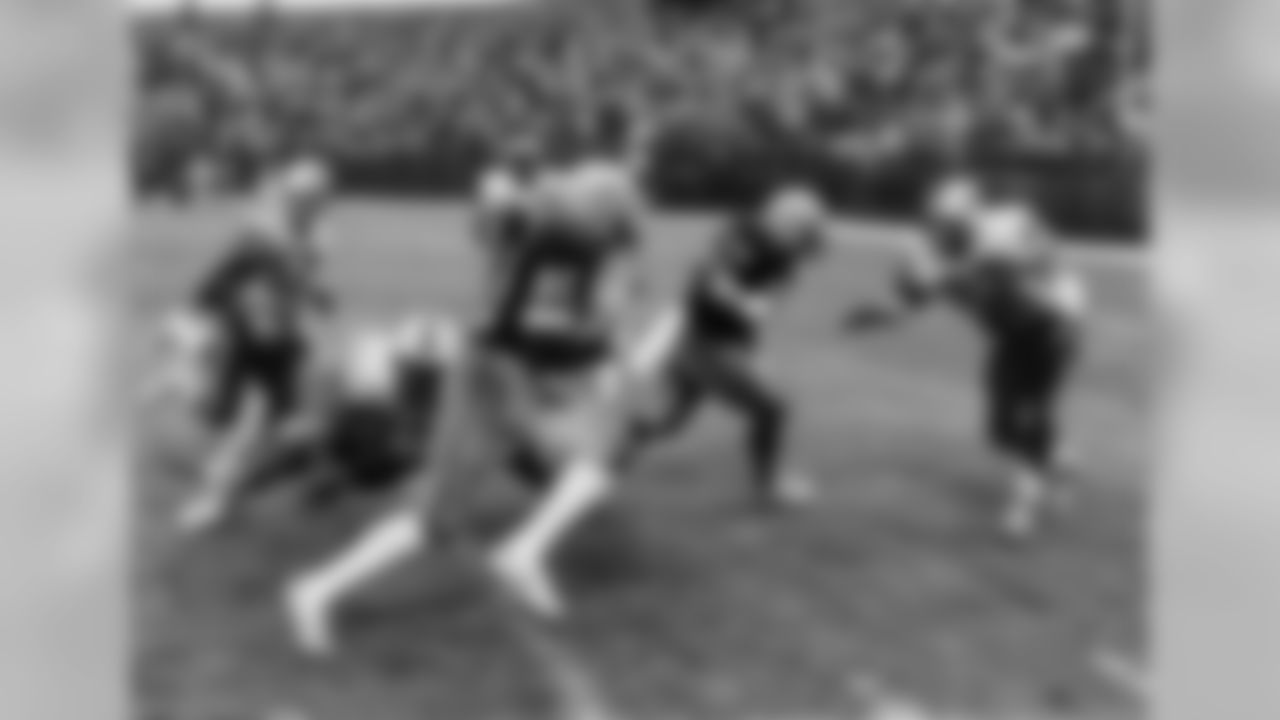
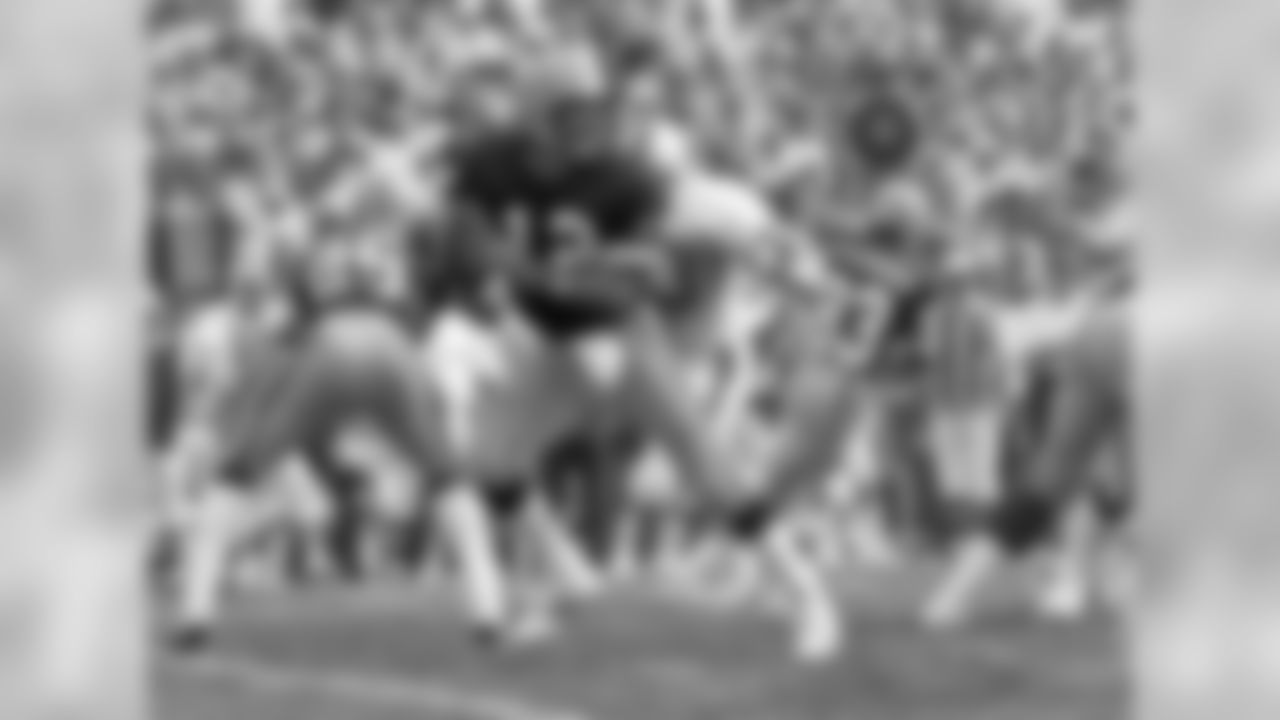
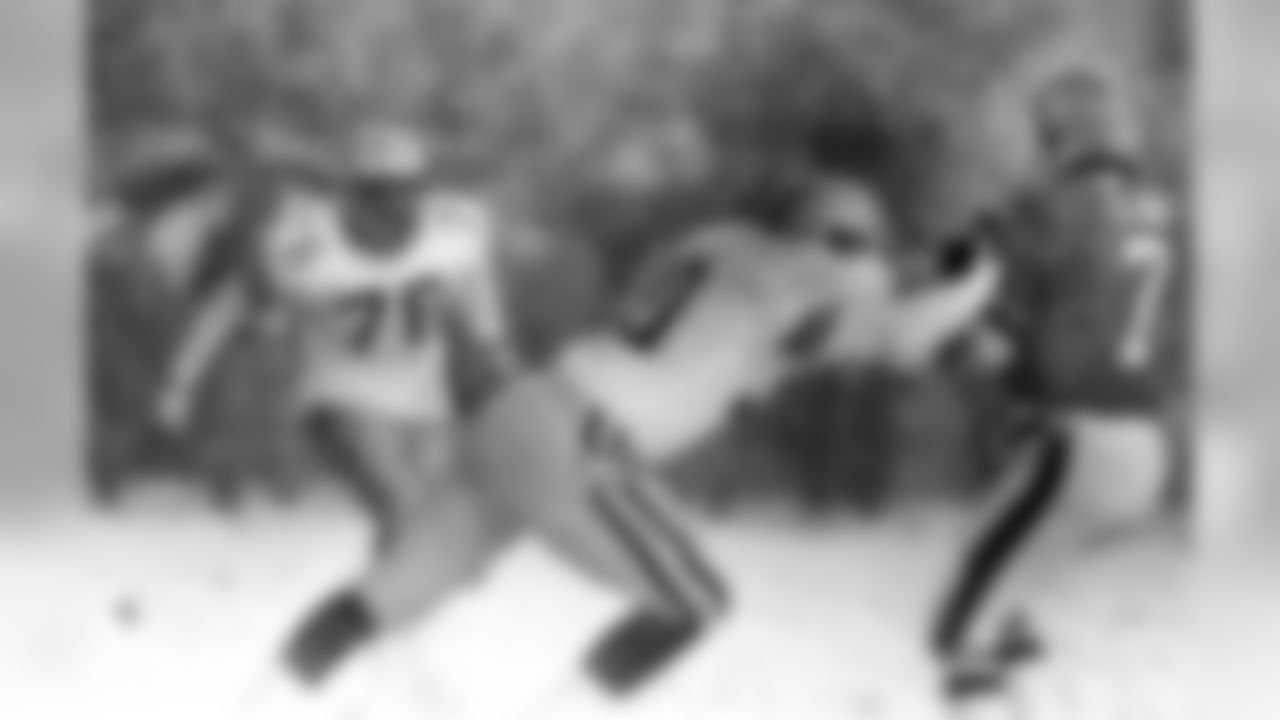
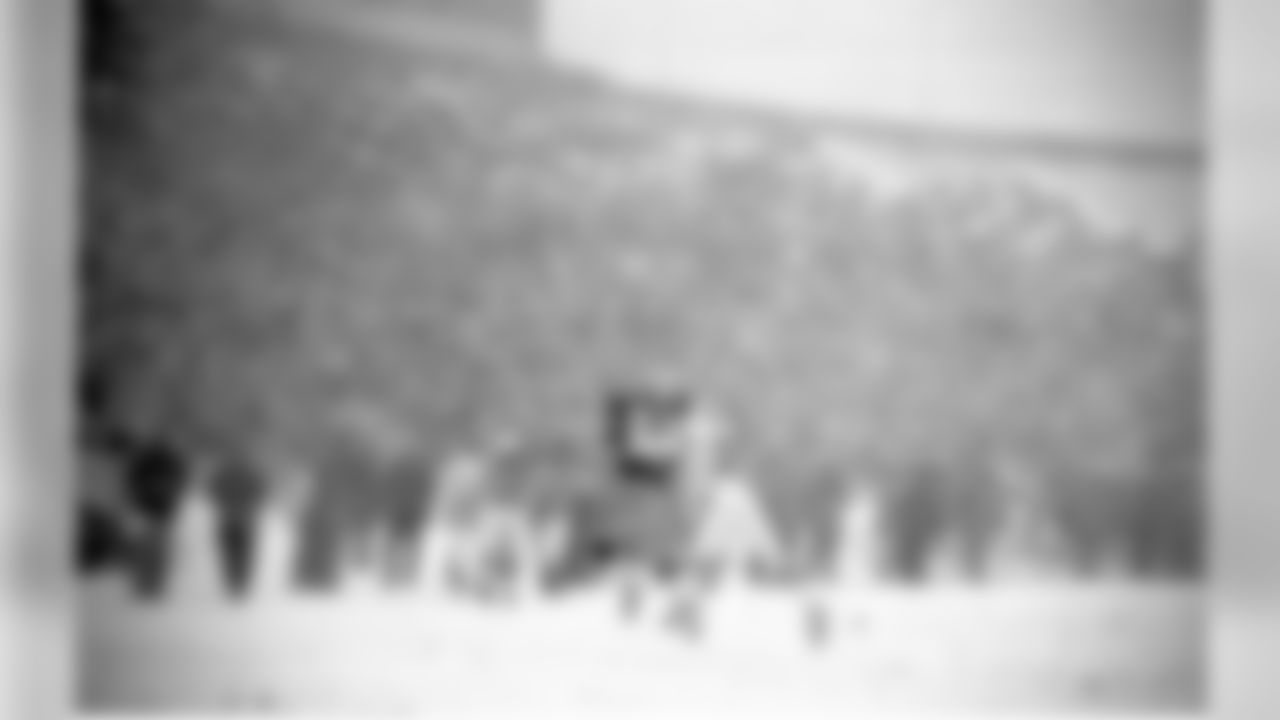
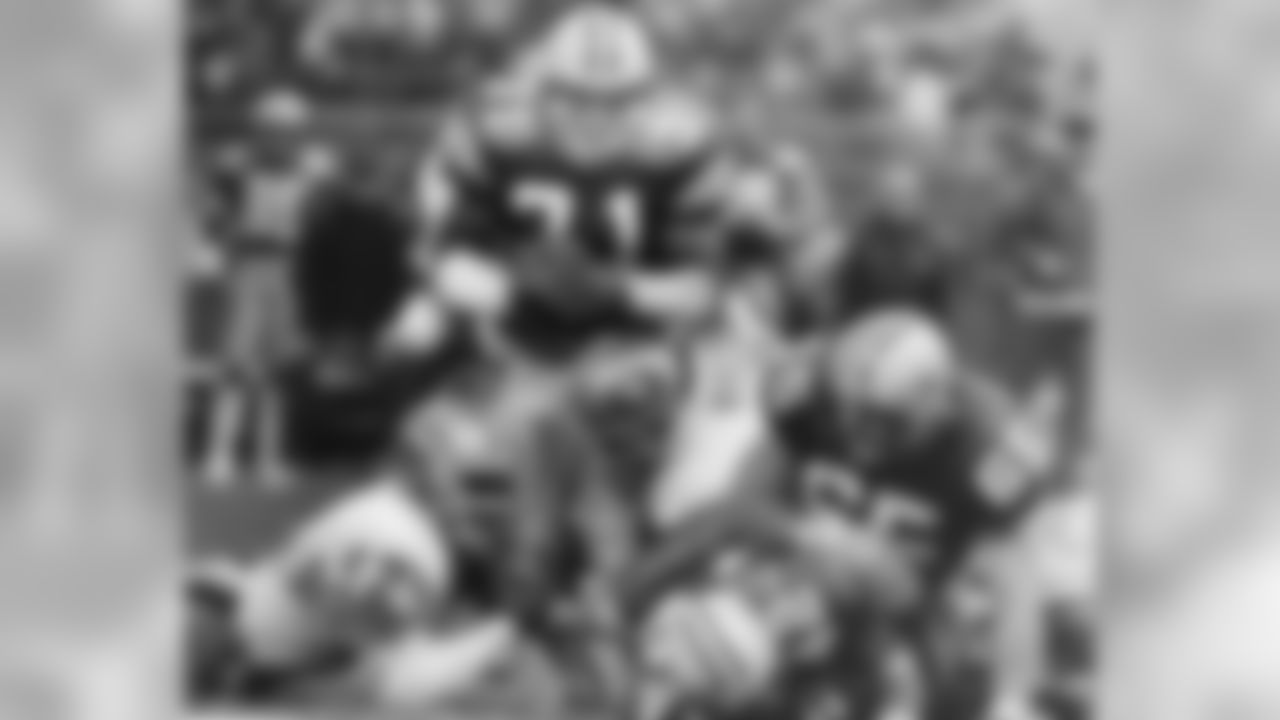
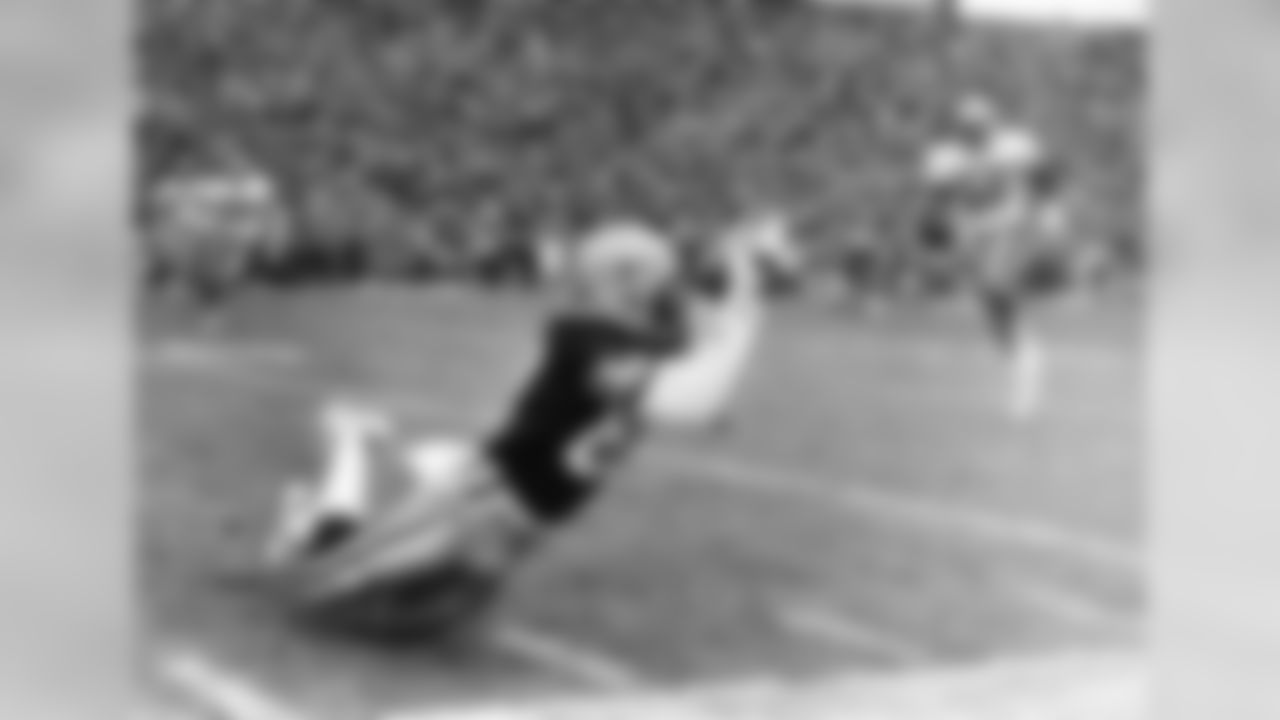
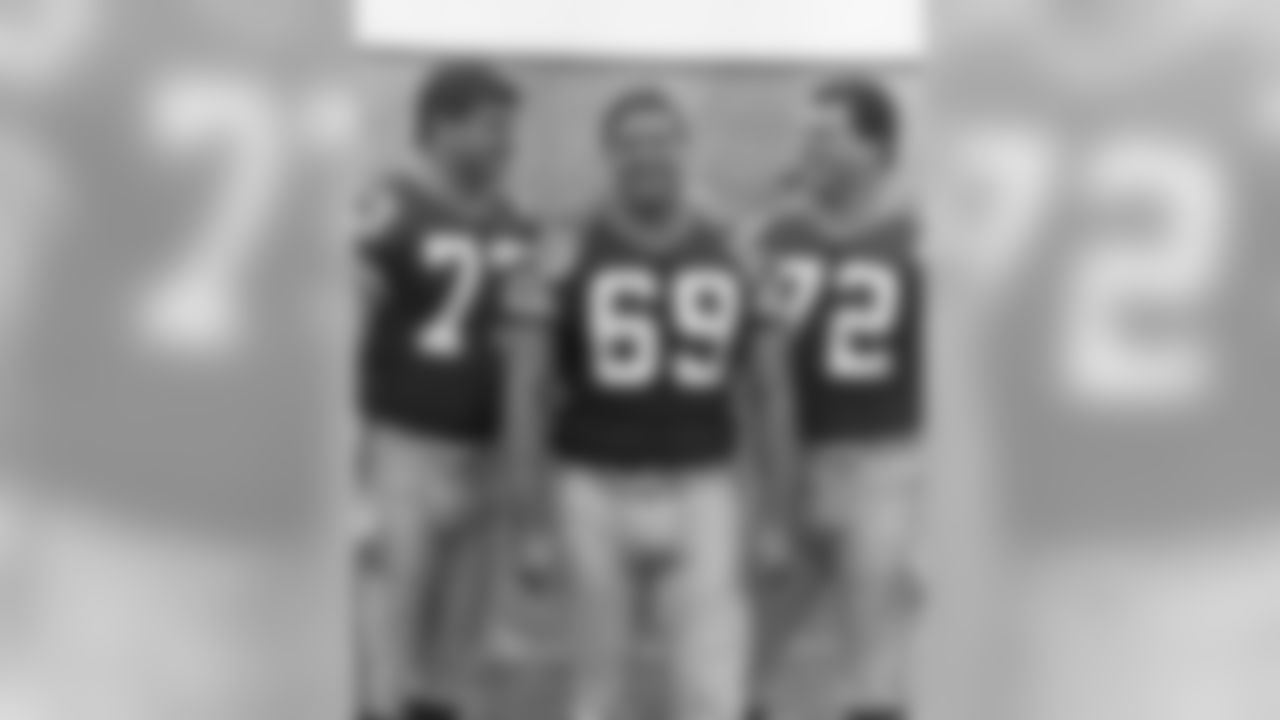
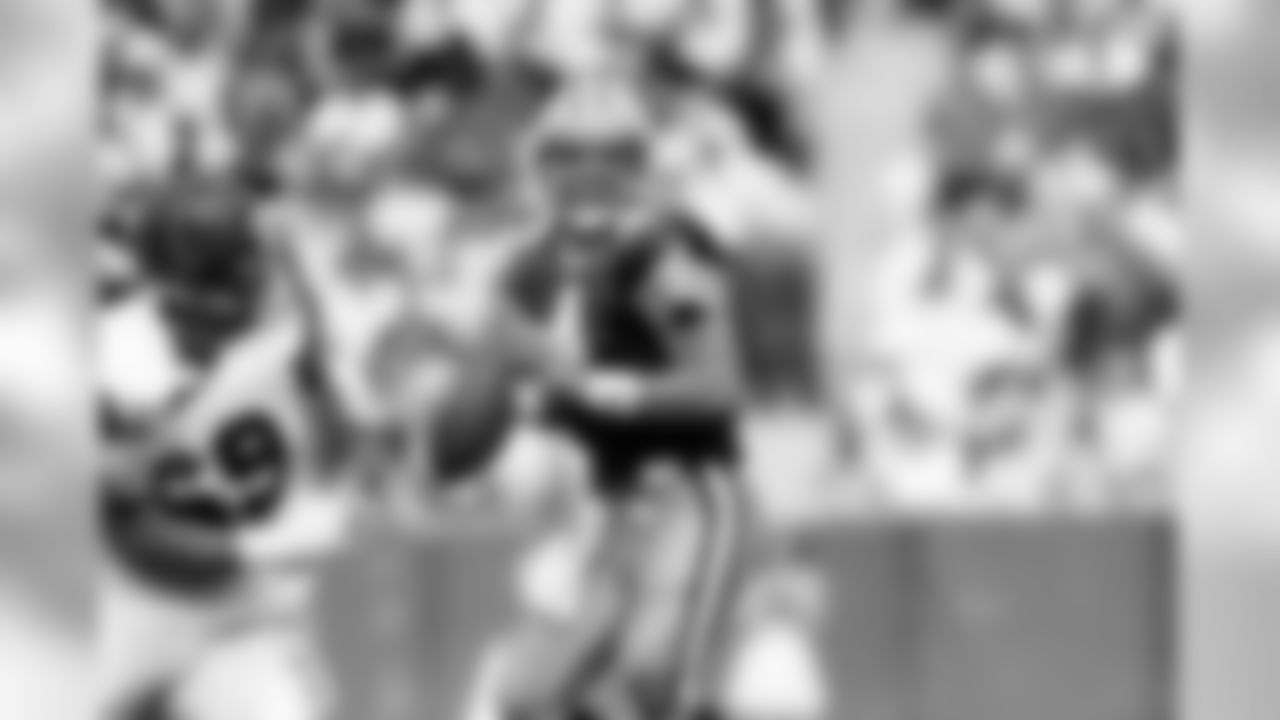
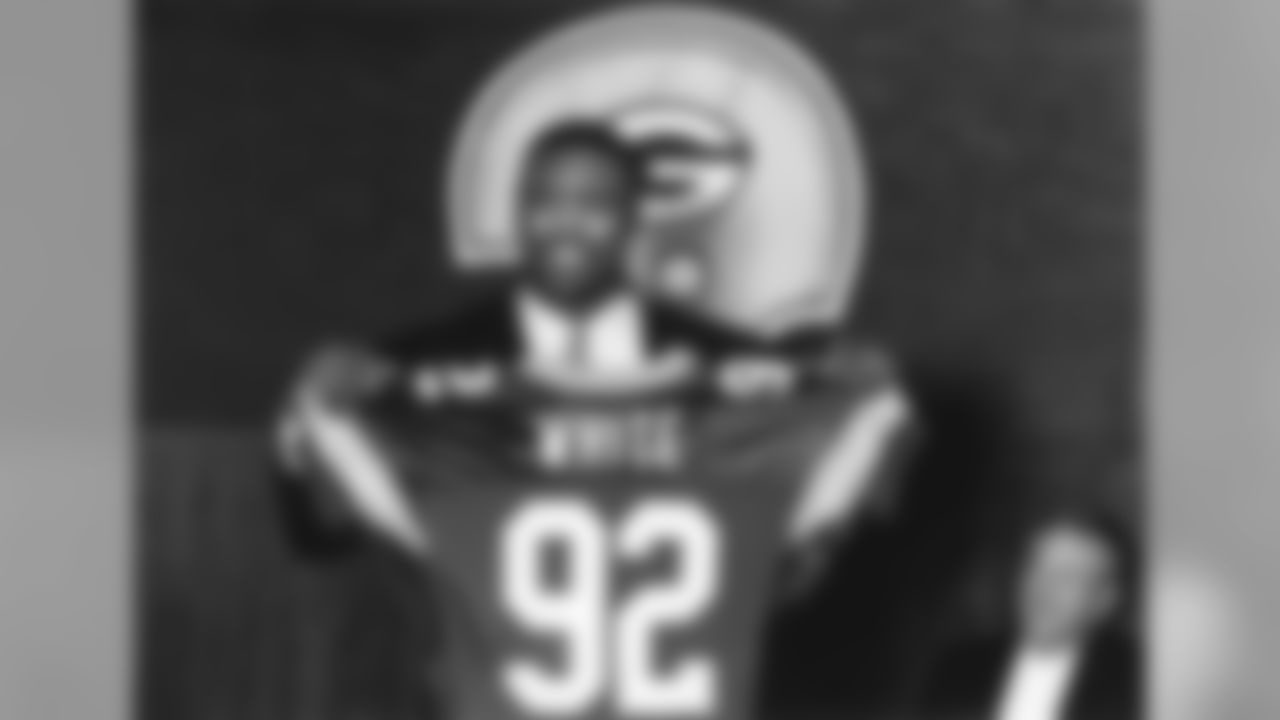

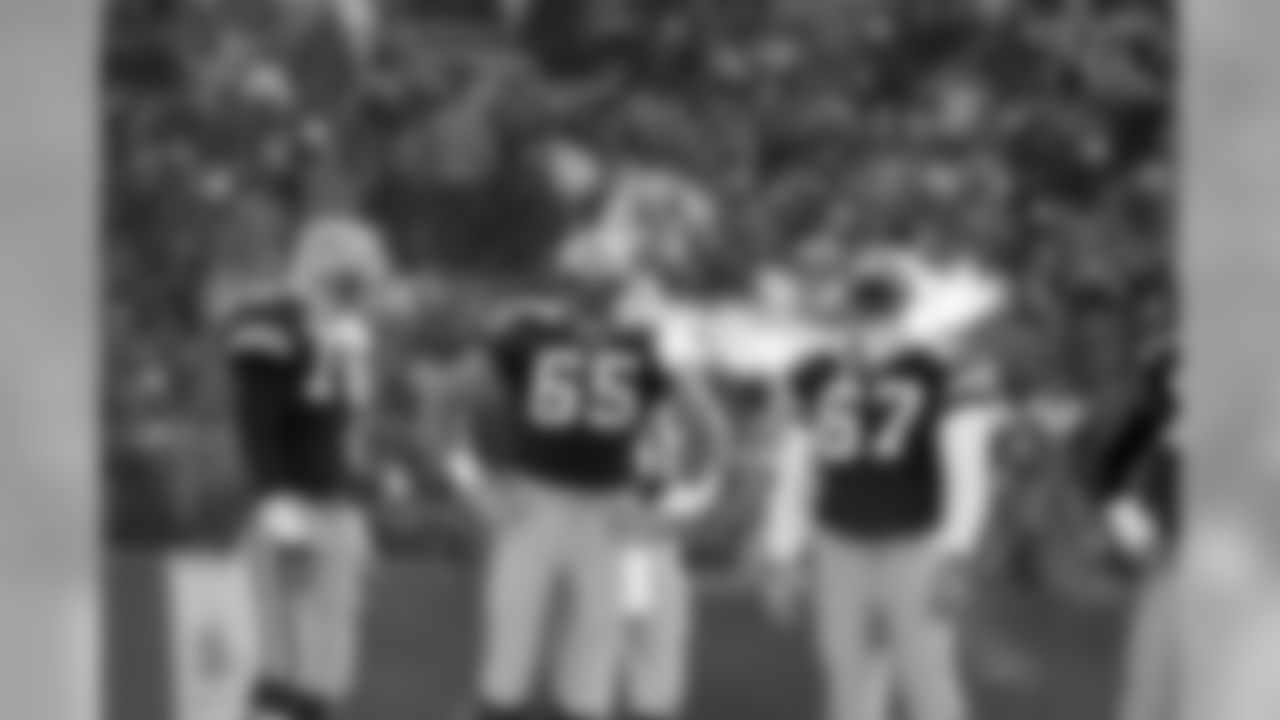
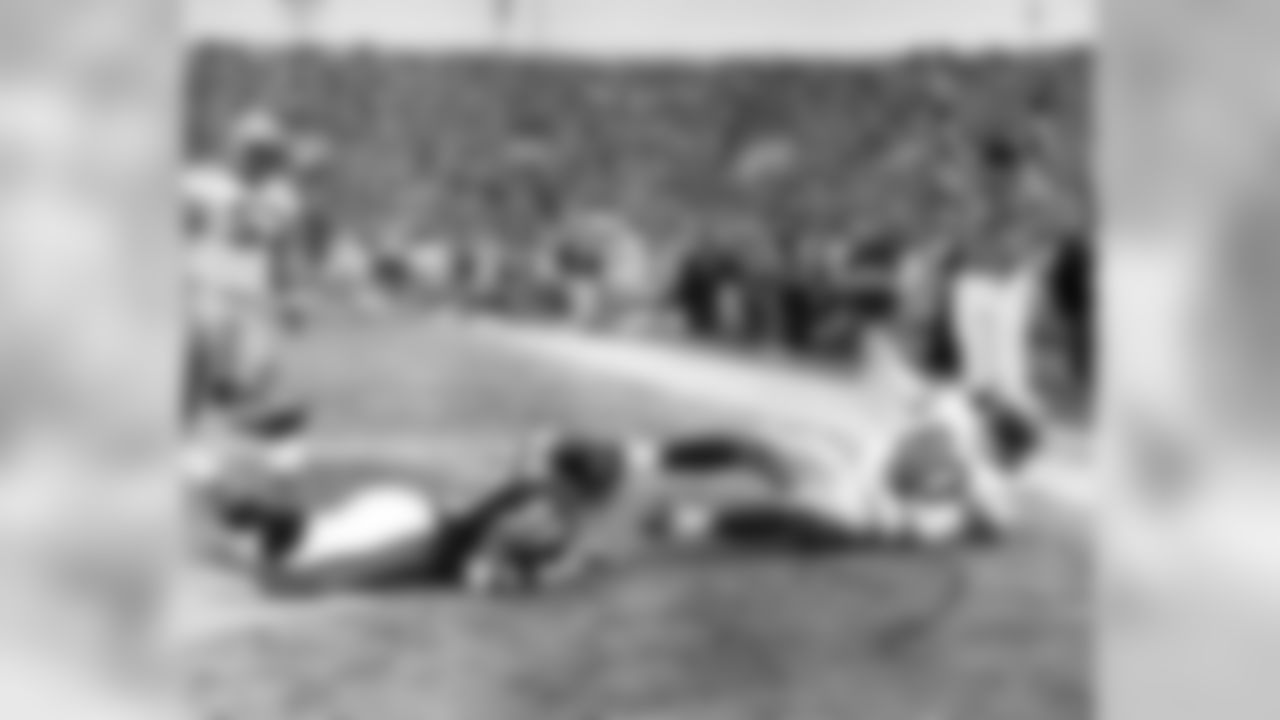
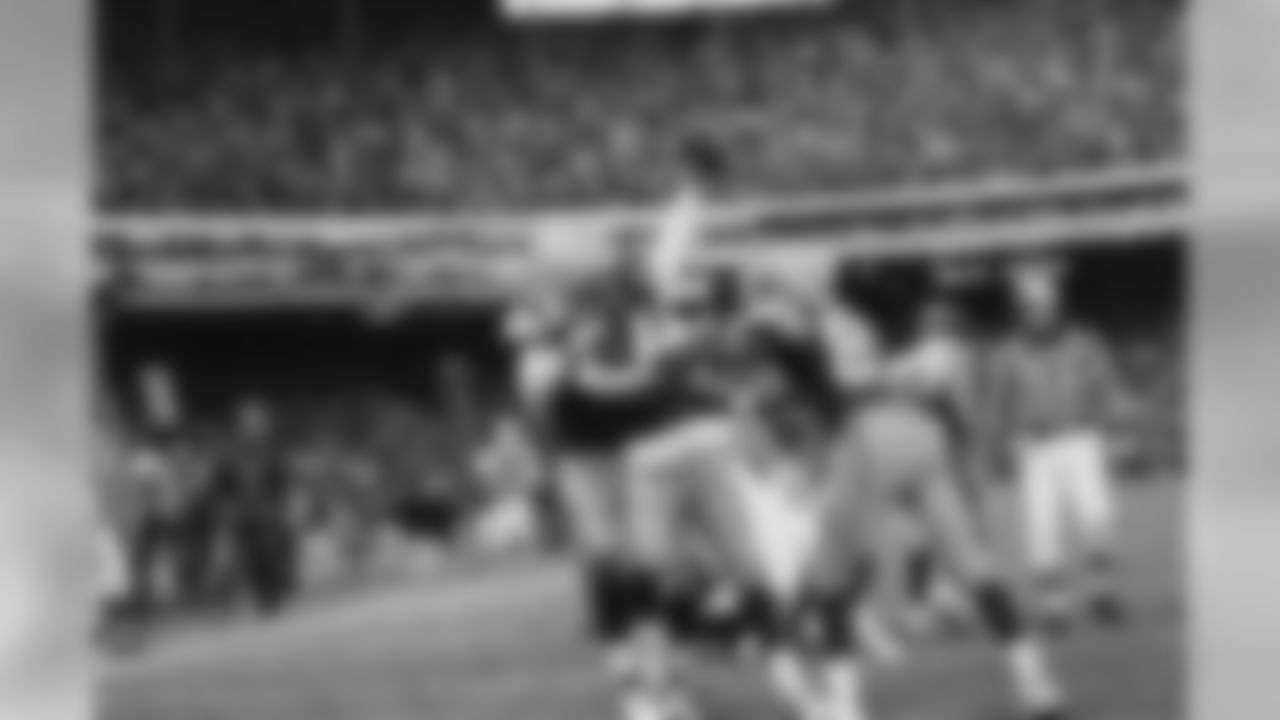
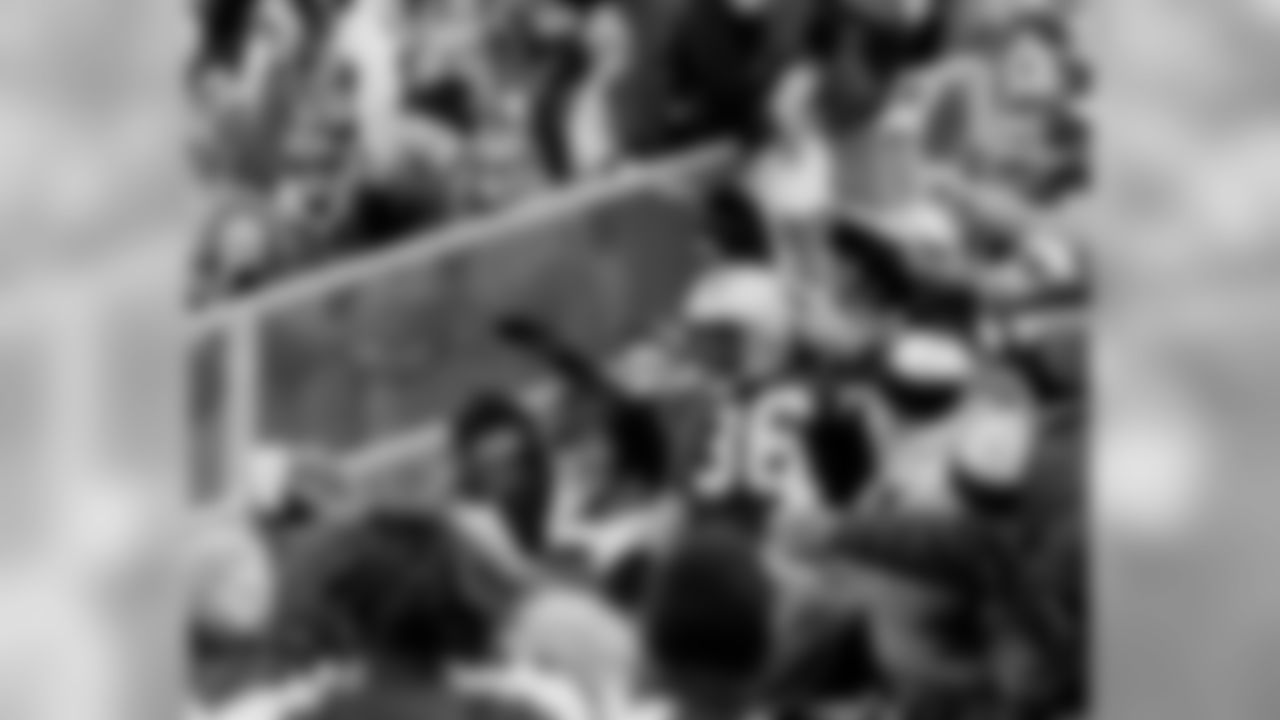
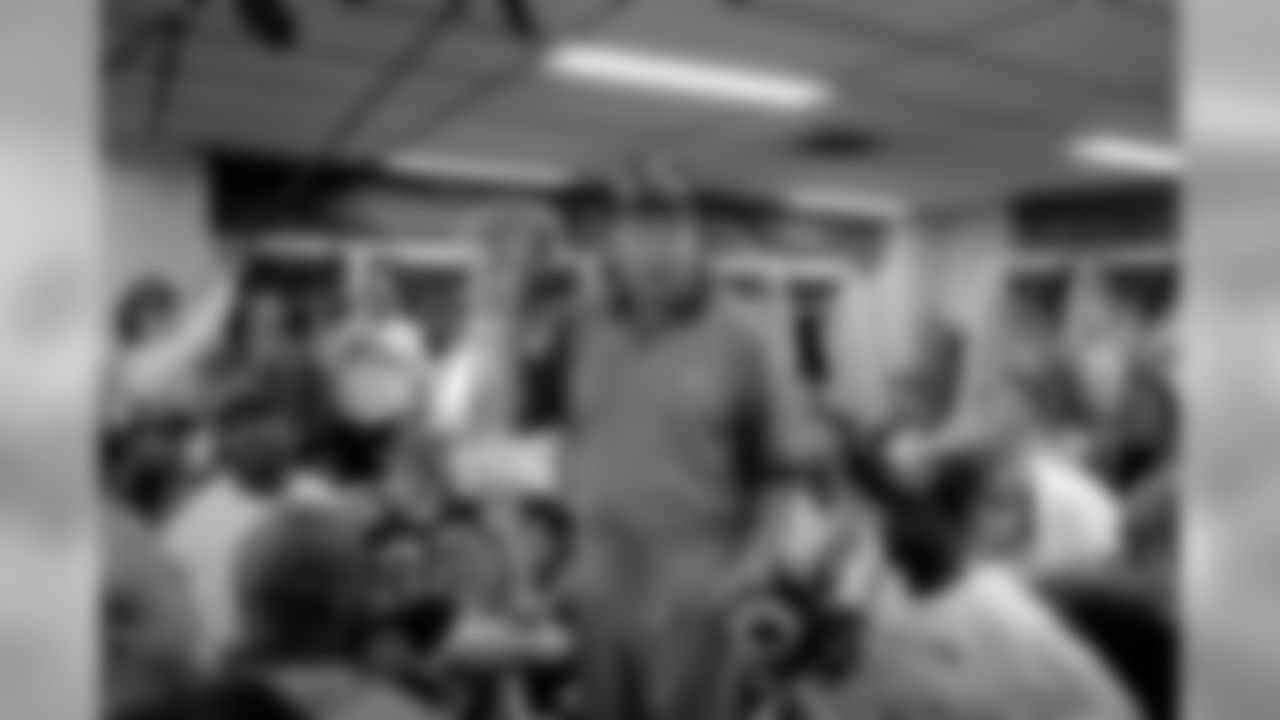
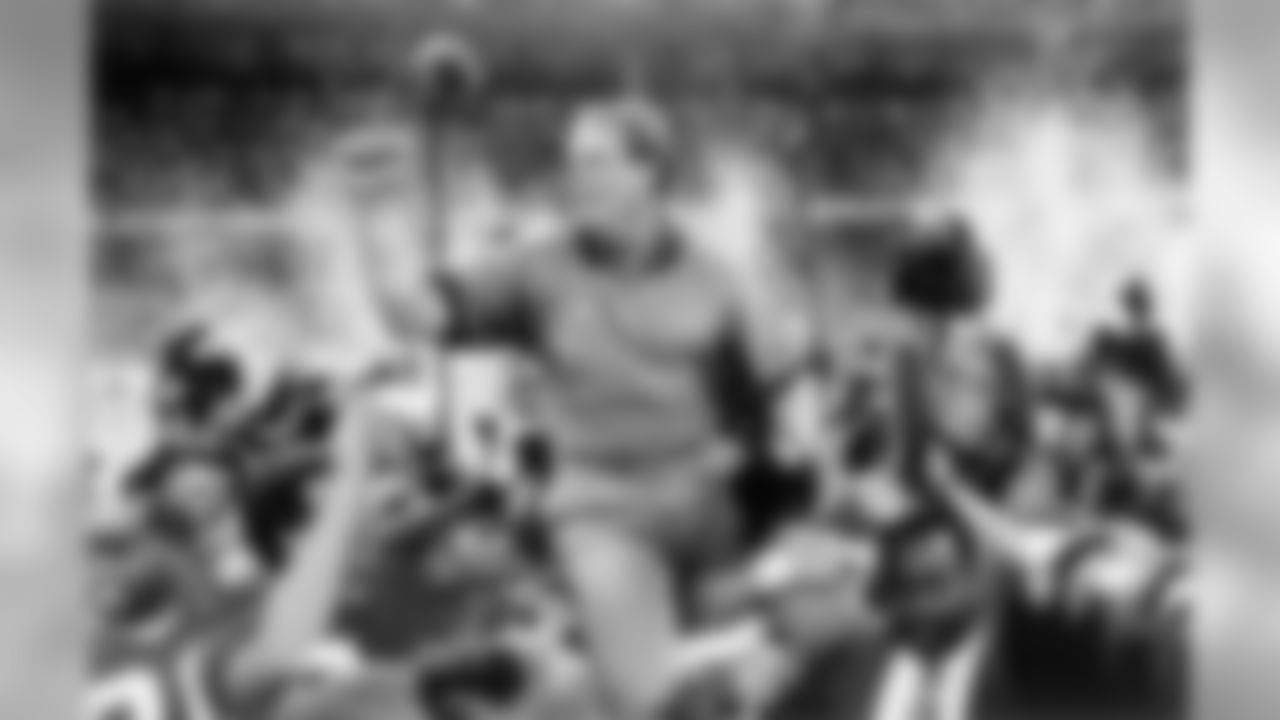
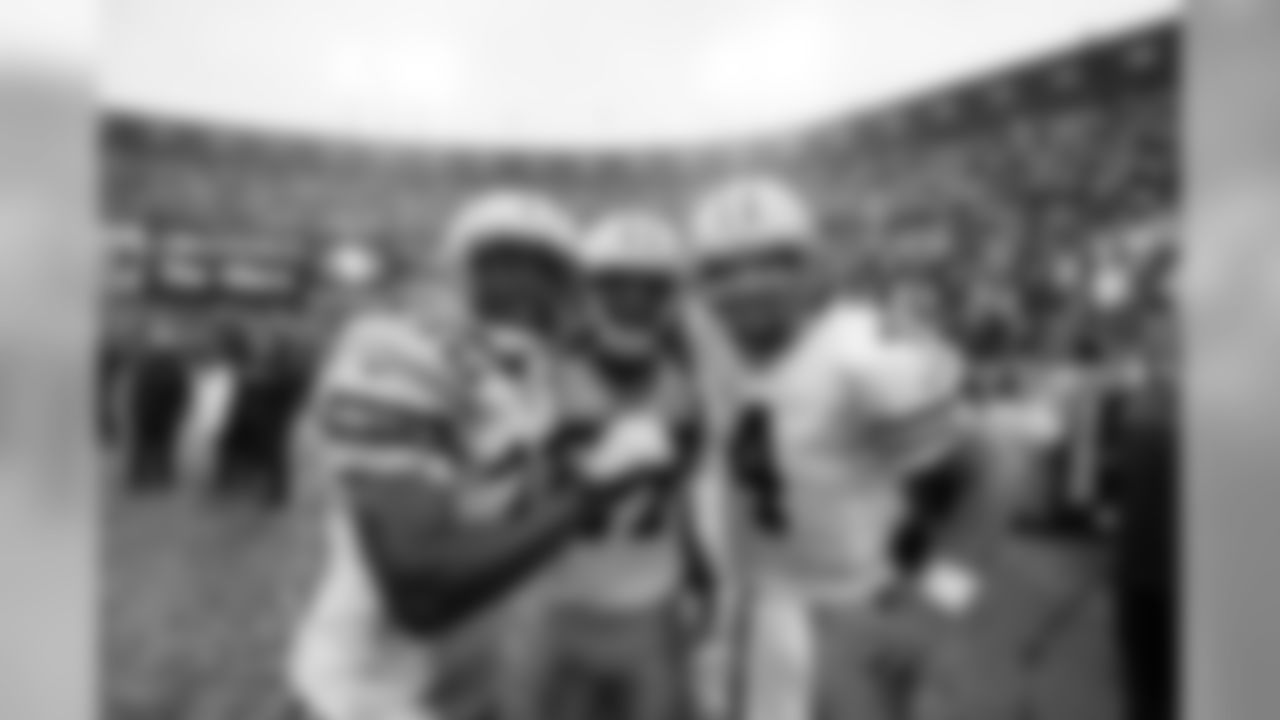
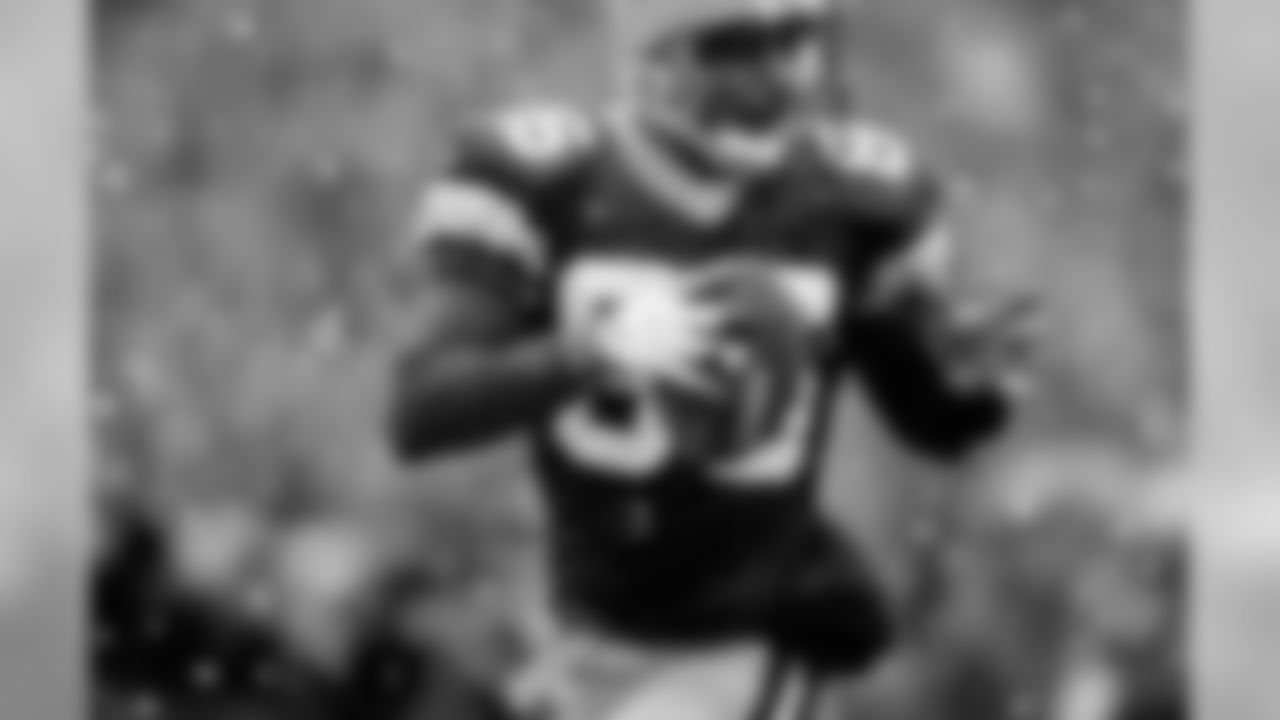
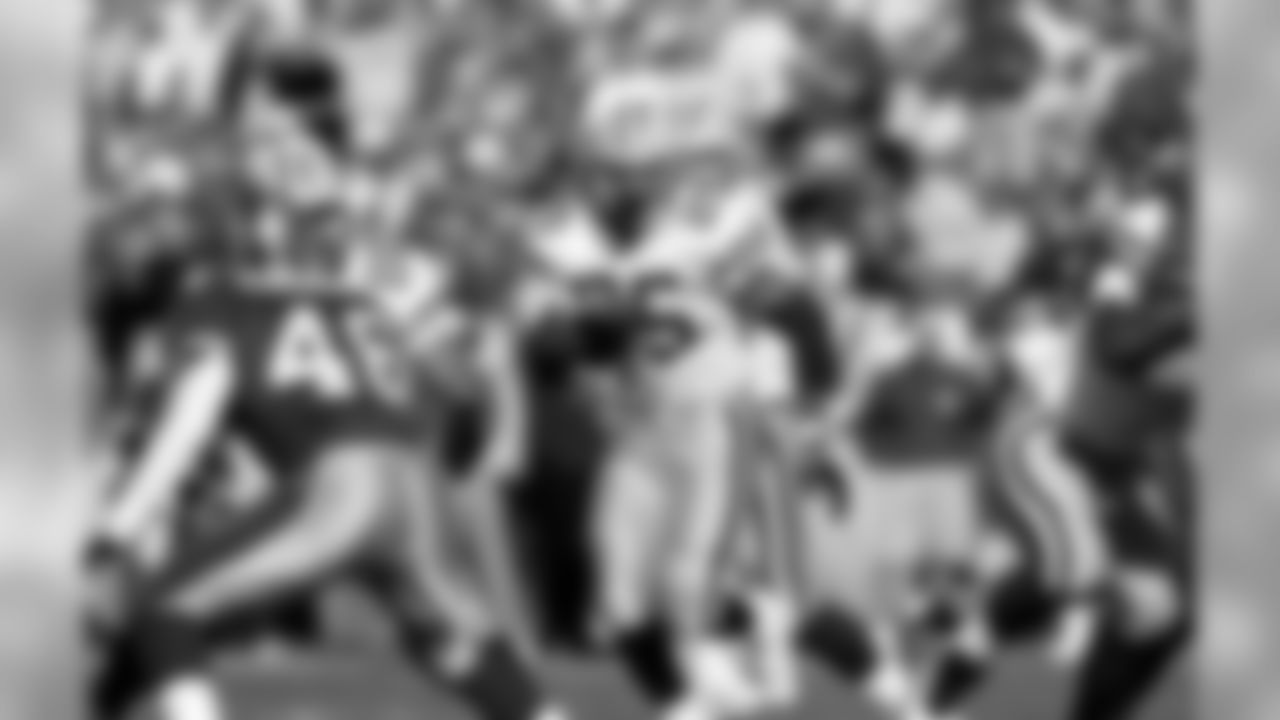
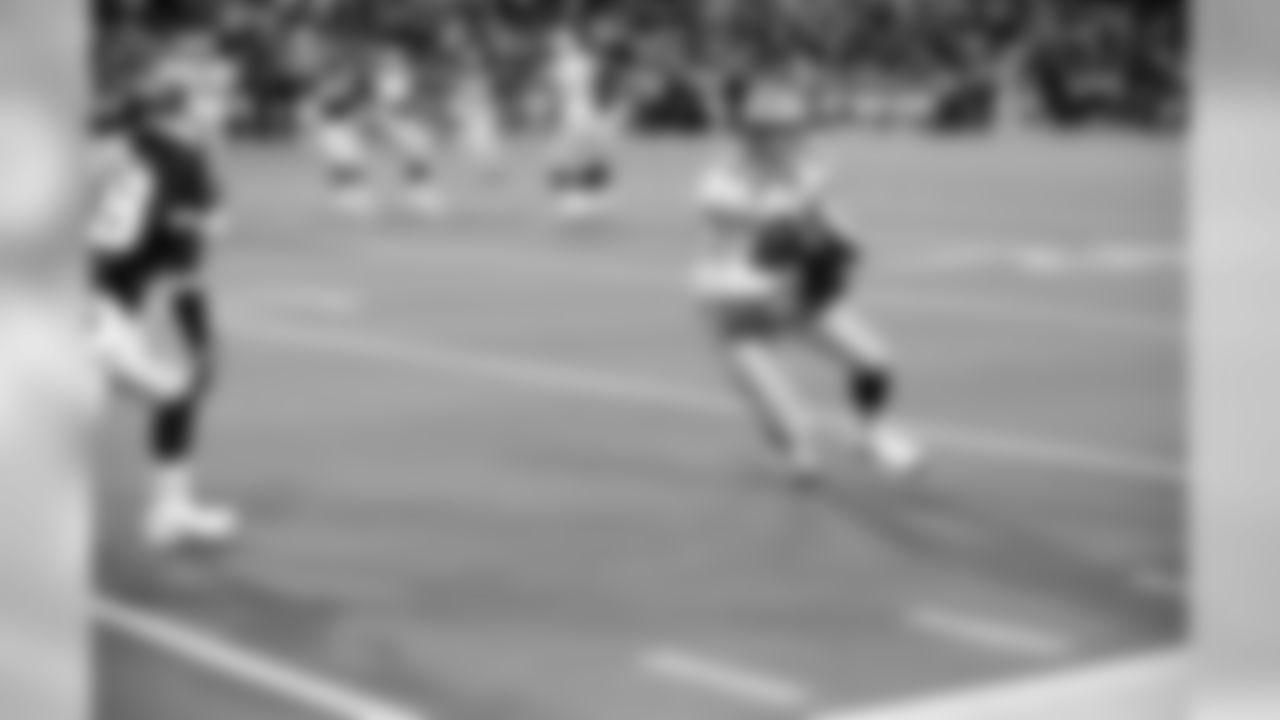
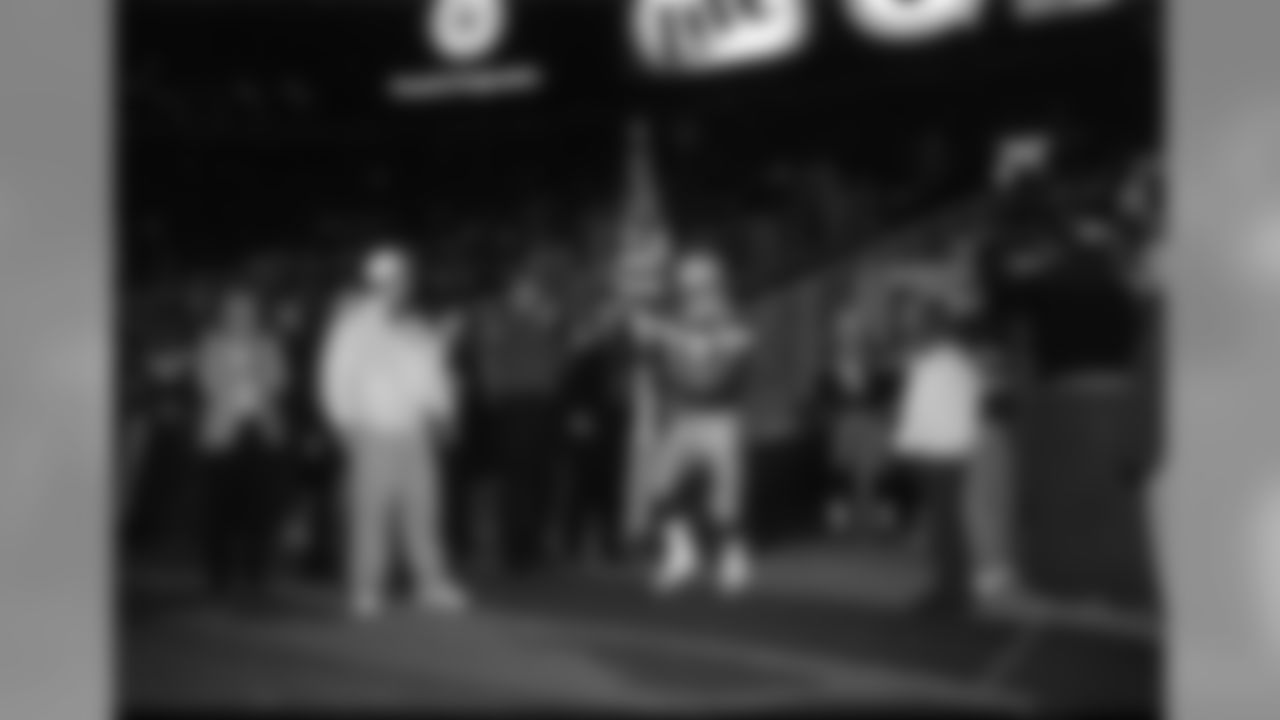
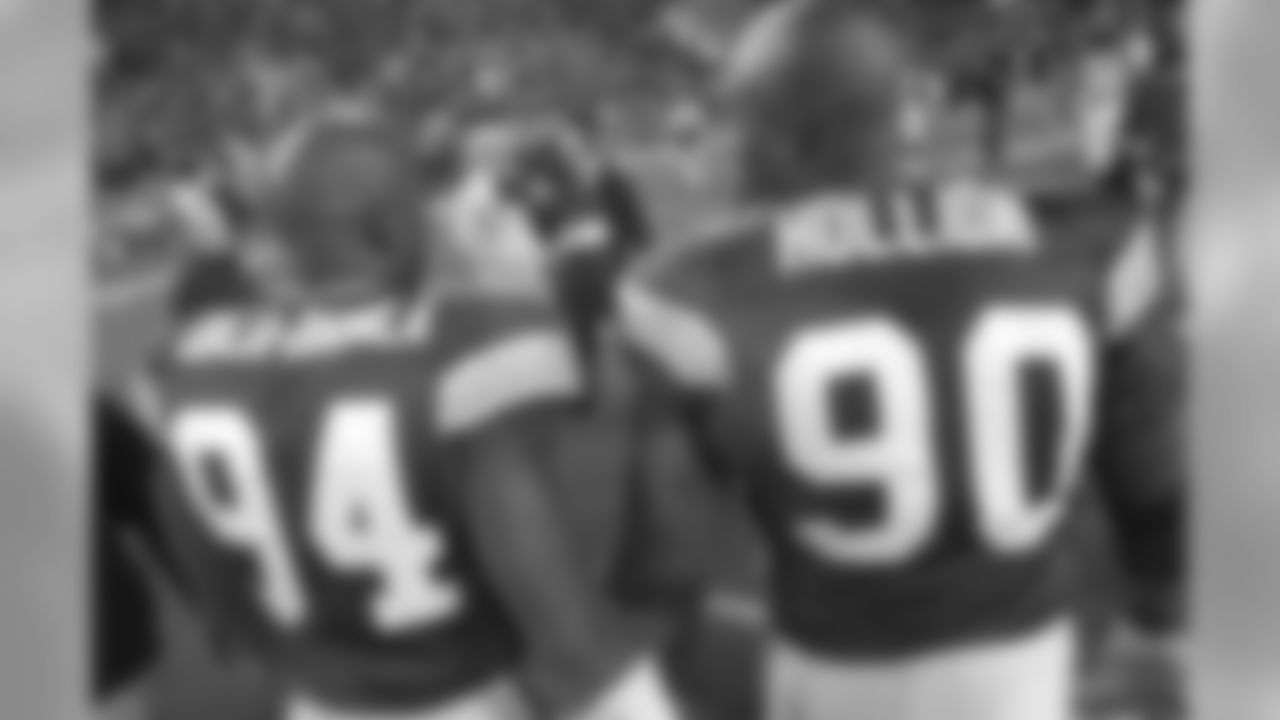
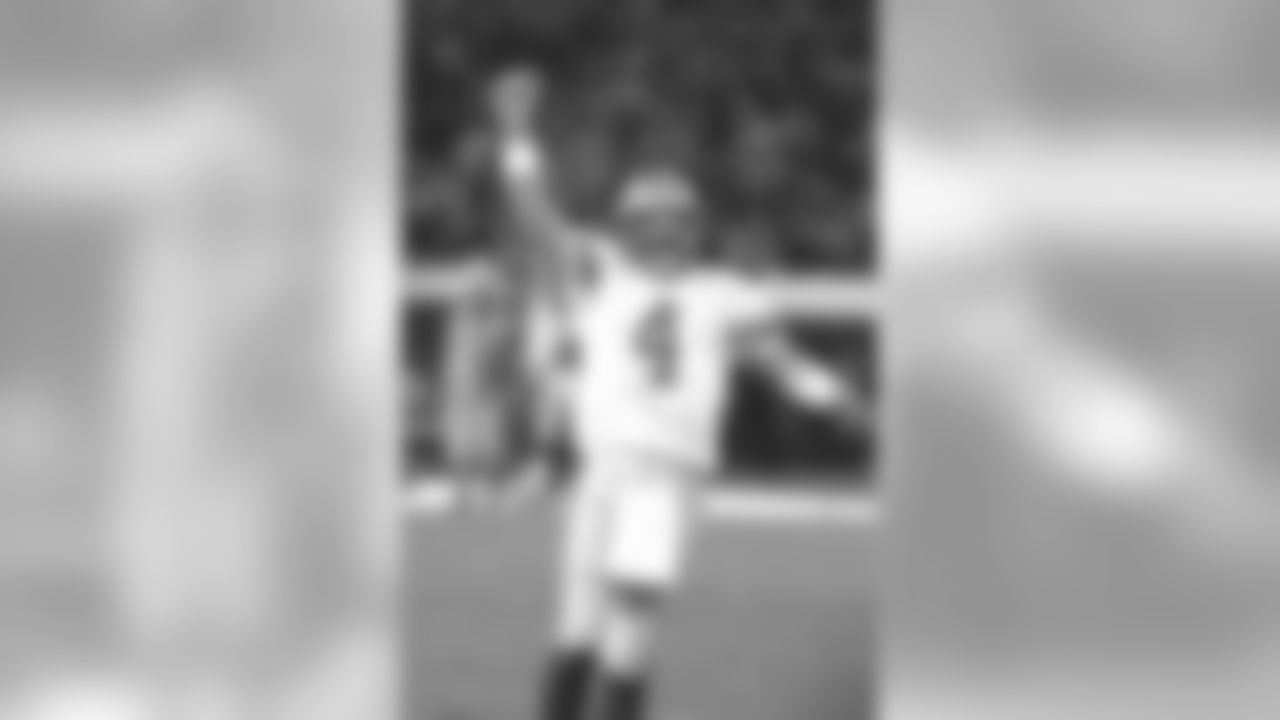
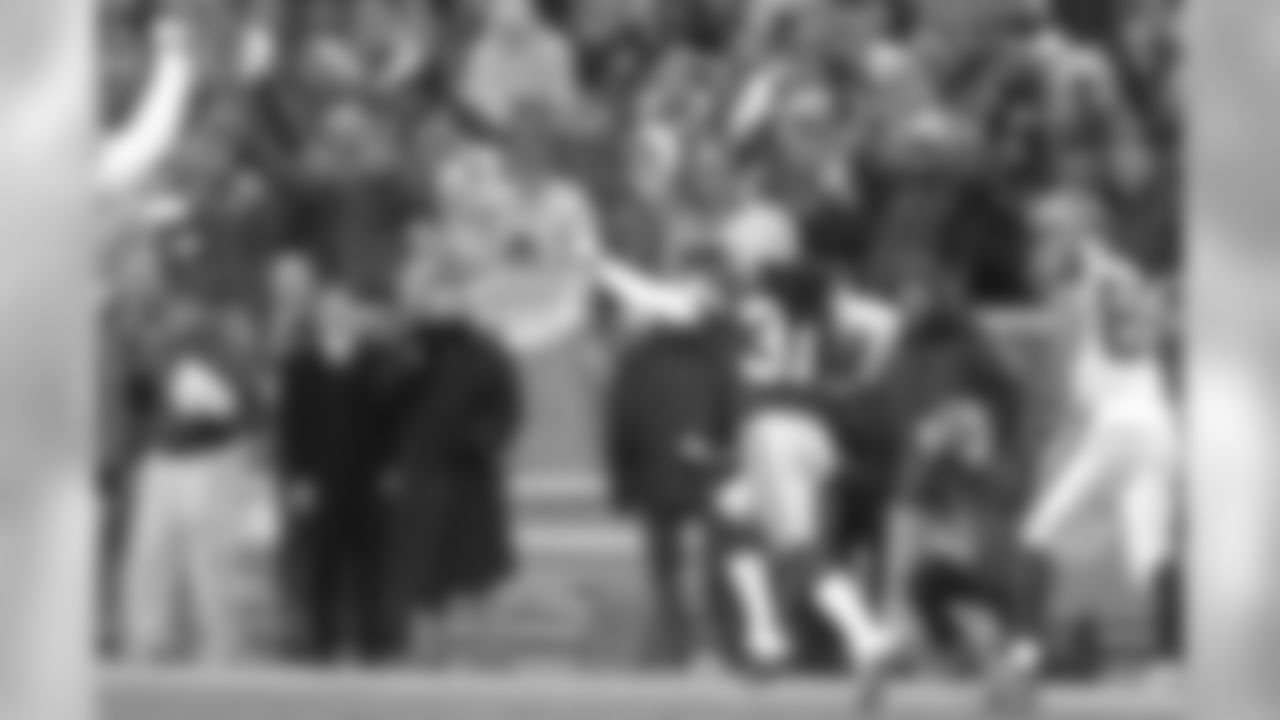
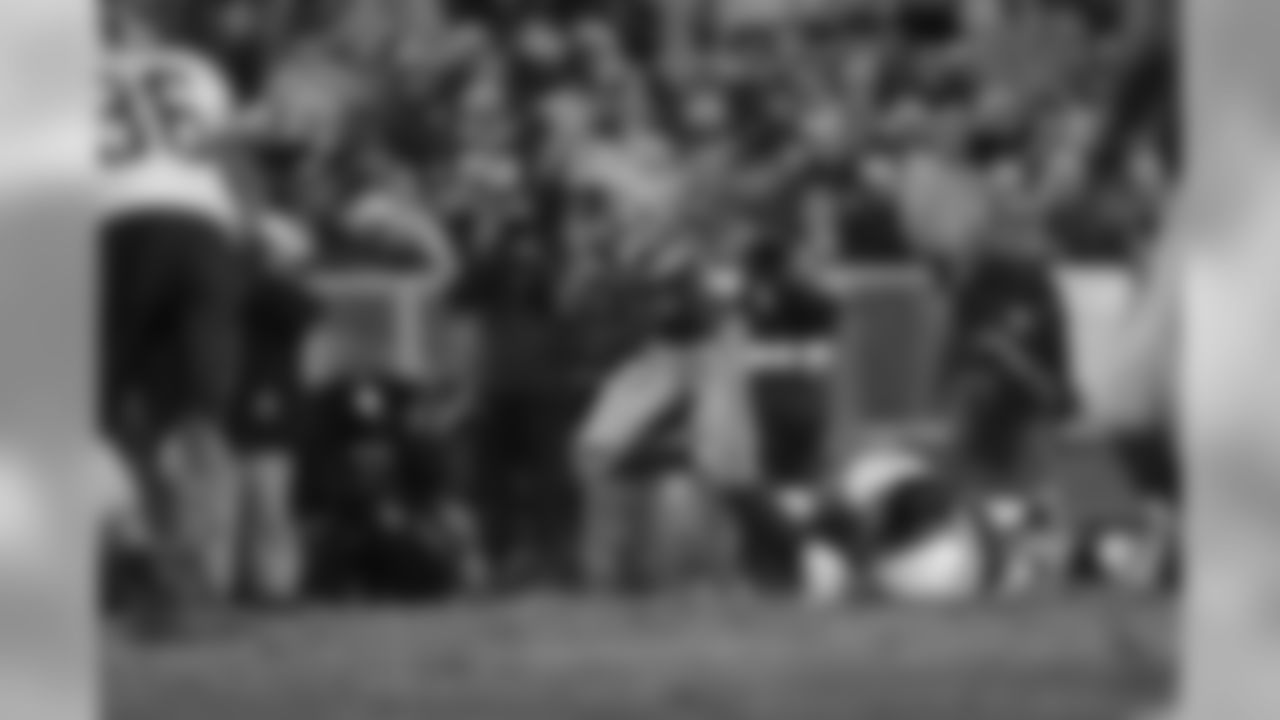
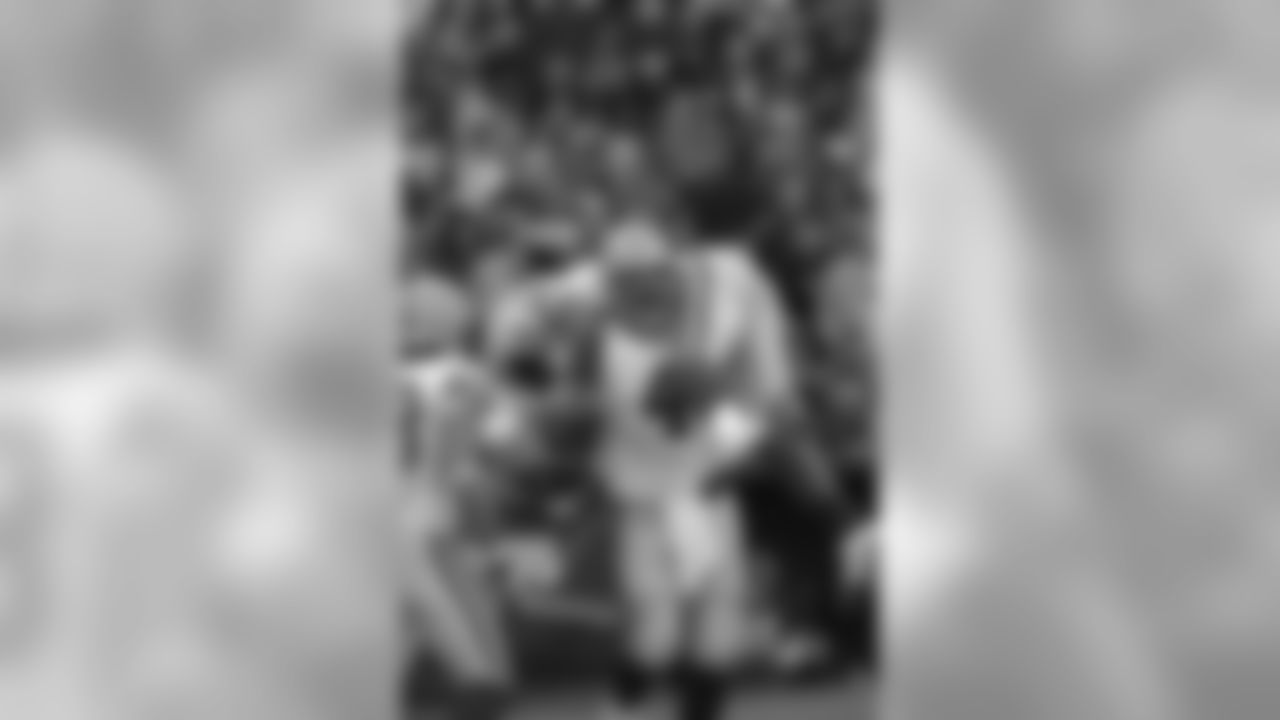

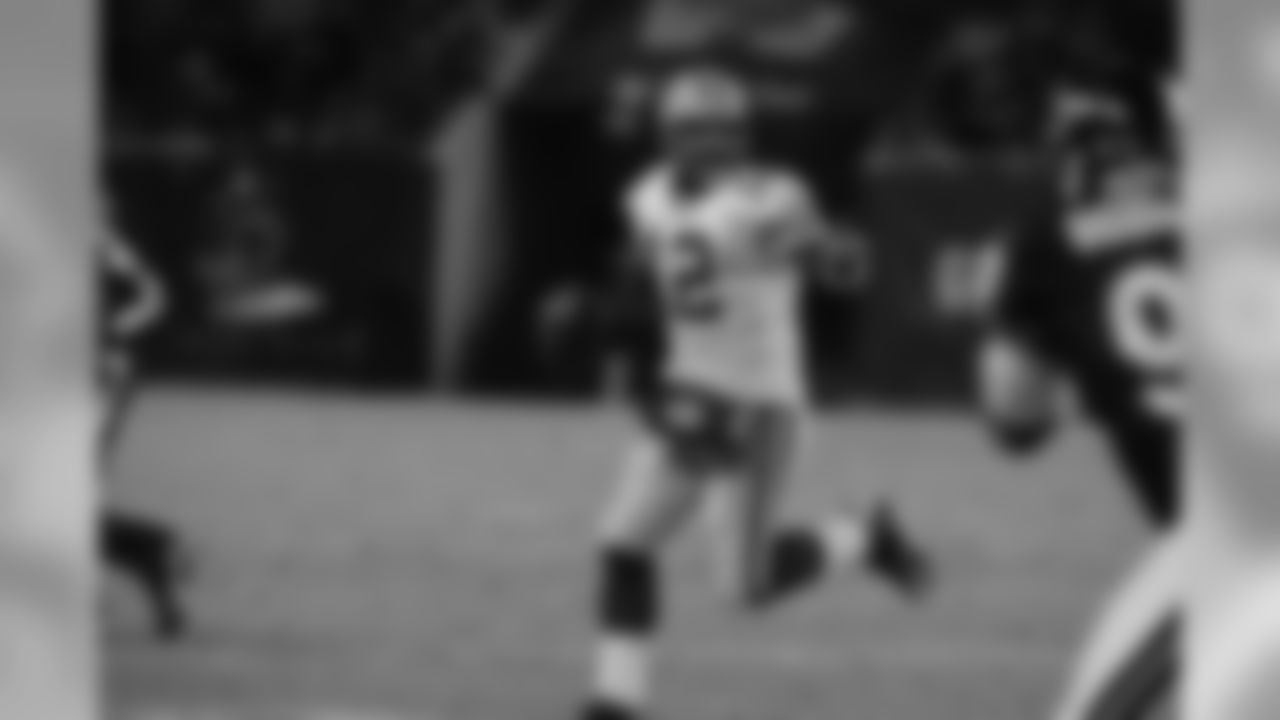
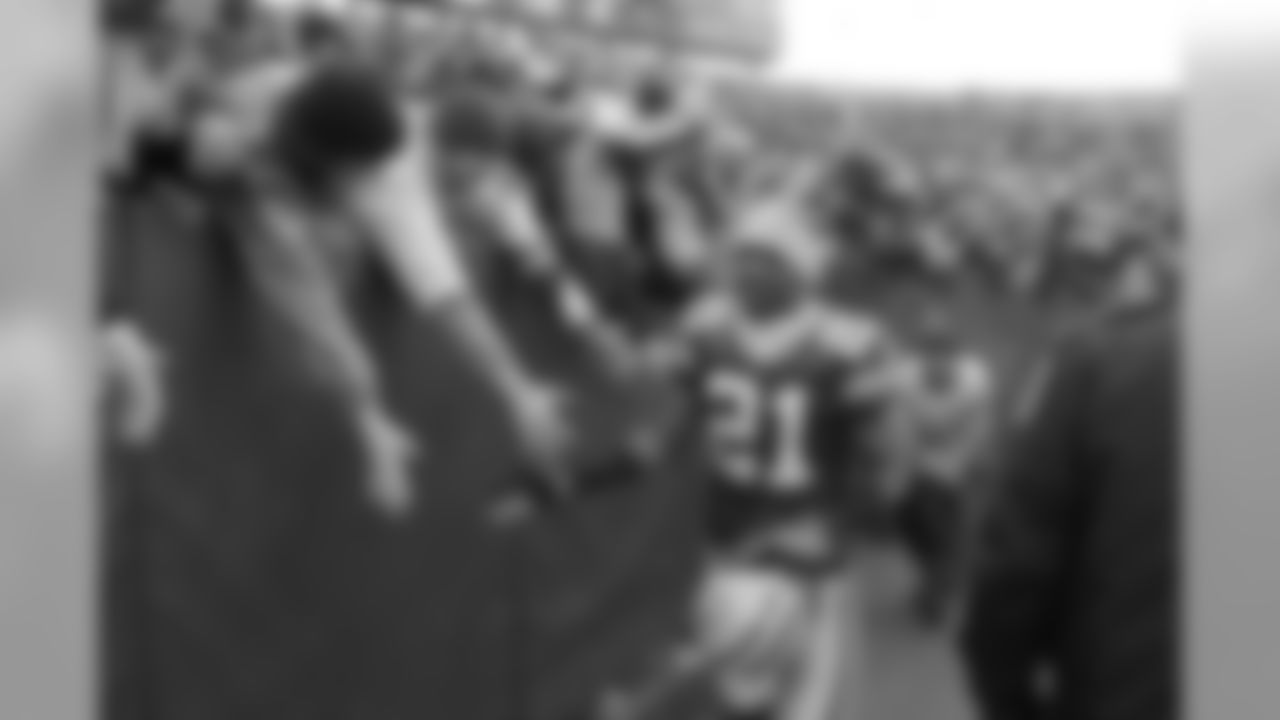

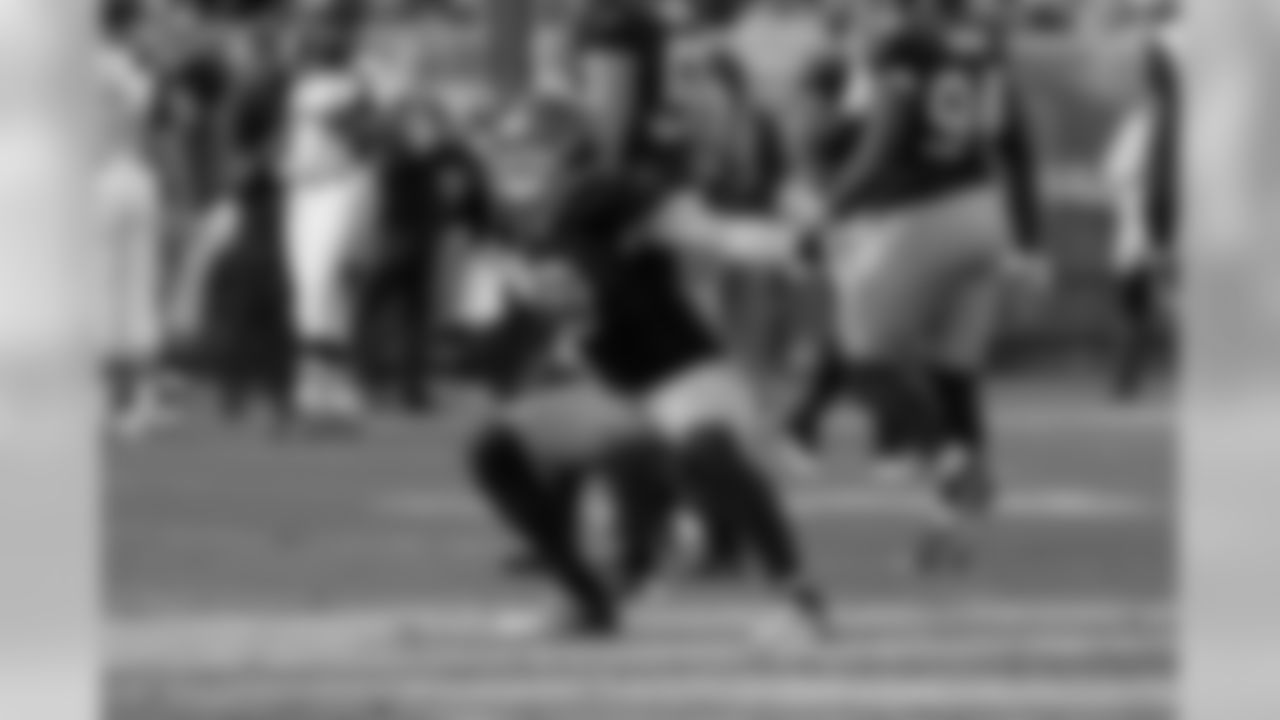
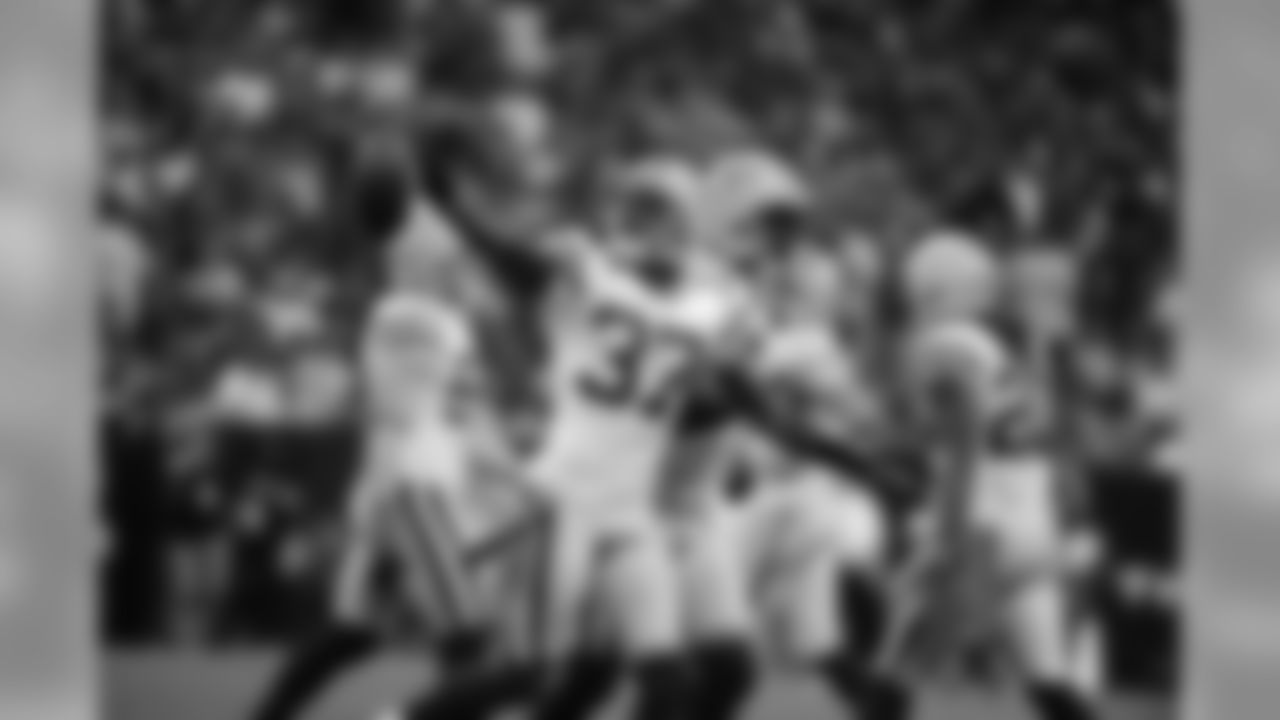
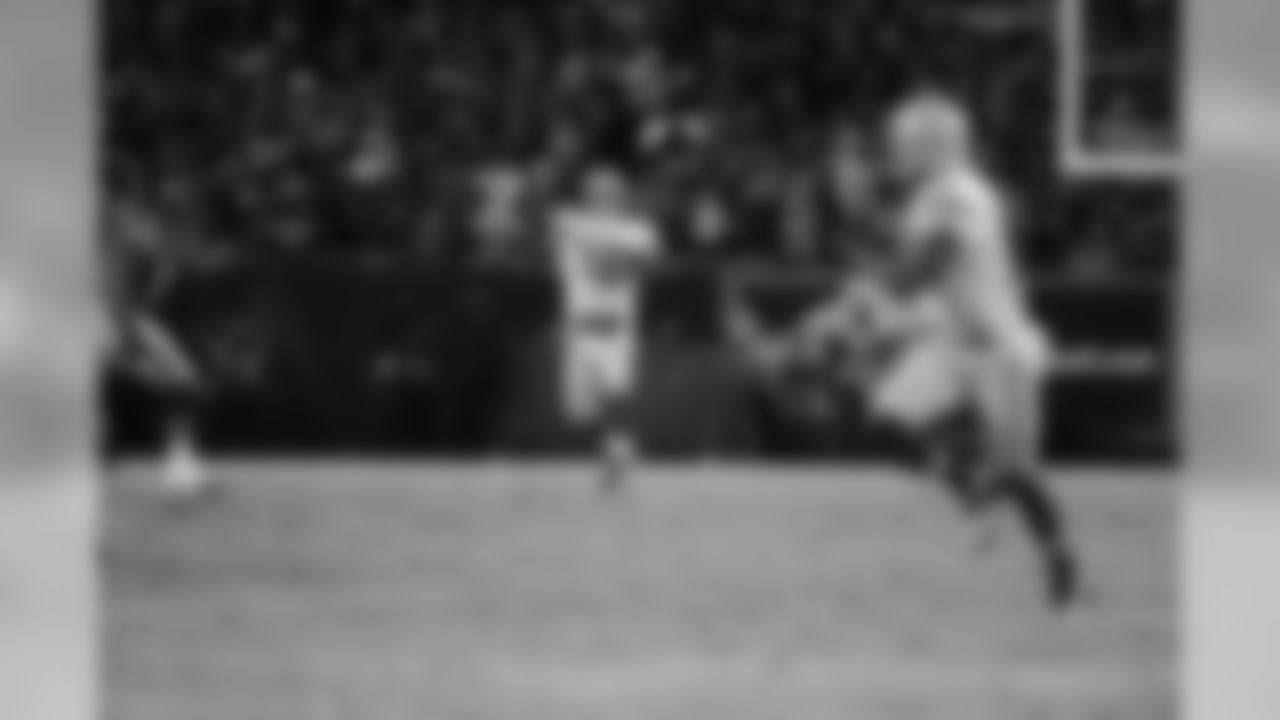
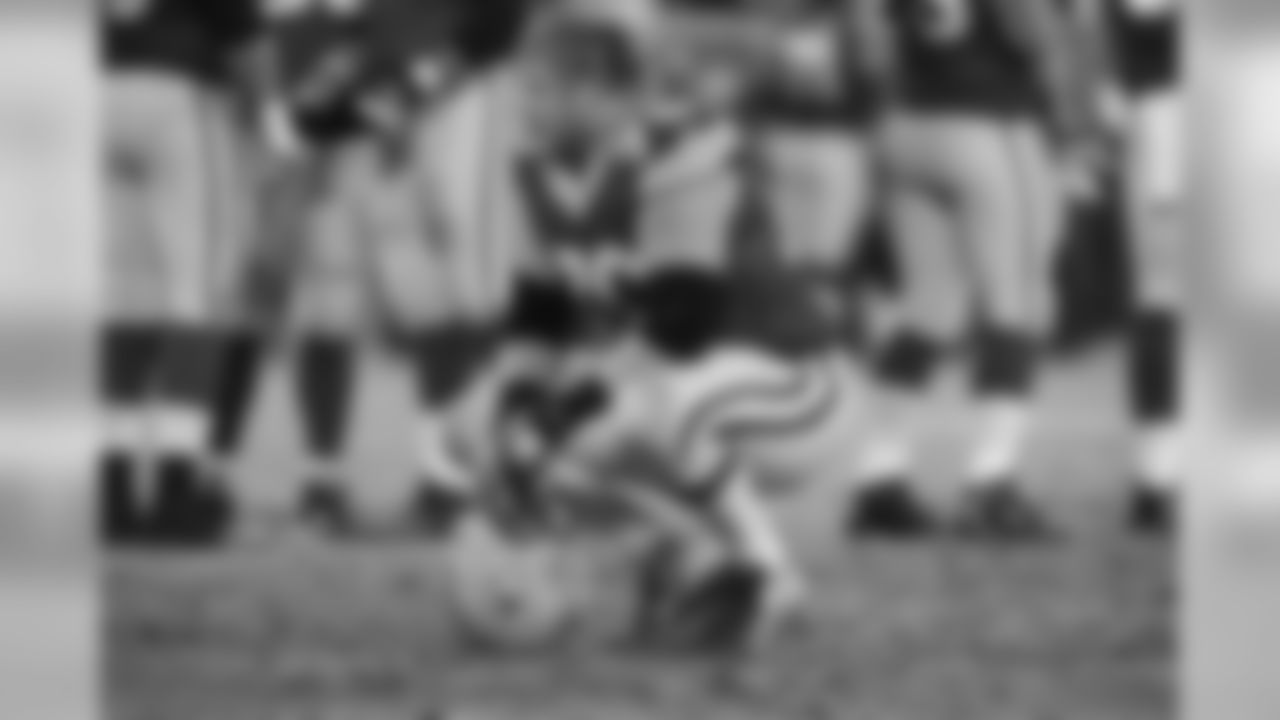
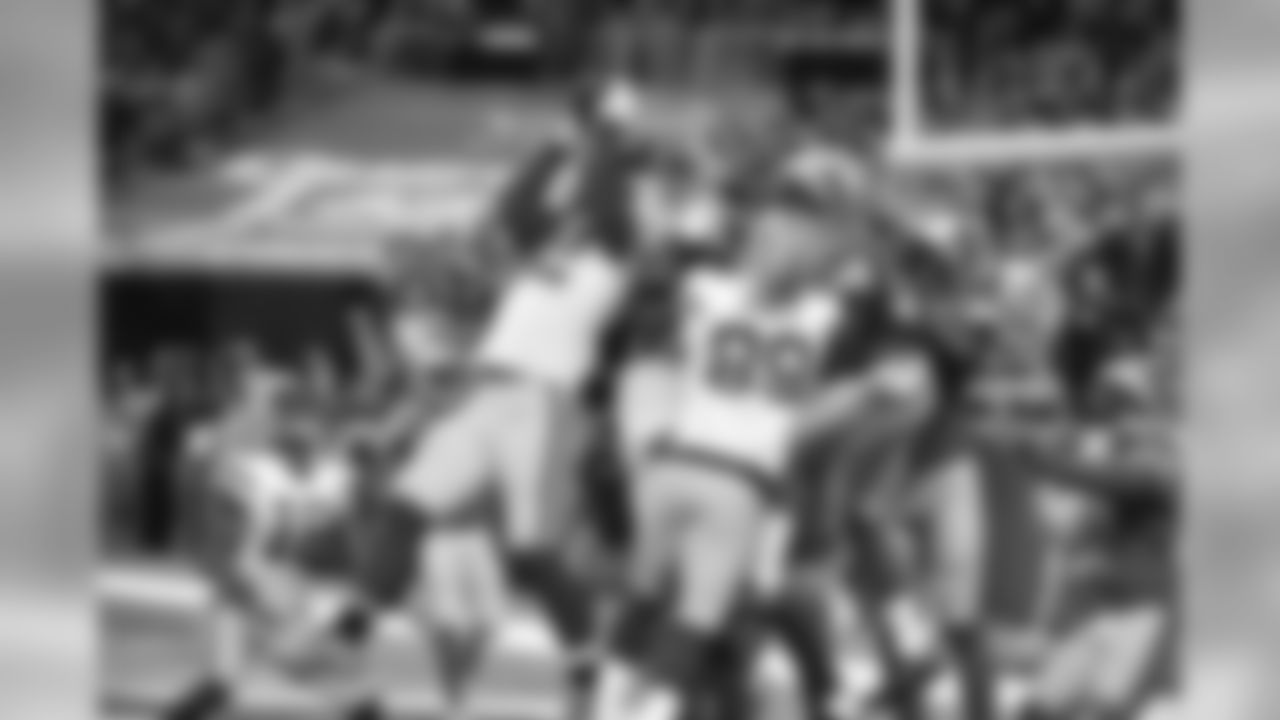

2. George Calhoun was sports editor of the Press-Gazette when the Packers were founded. –** By all accounts, he was the city editor. Roughly four years ago, former Press-Gazette publisher Kevin Corrado followed up on my request to see if the paper still had a personnel file on Calhoun. Nothing was found. But there was plenty of evidence in the paper and elsewhere to show Calhoun wasn't sports editor. In the 1920 U.S. Census, taken Jan. 5 of that year, Calhoun was identified as the paper's city editor. Prior to the huge buildup for the Oct. 19, 1919, Packers-Ishpeming game, the Marquette Daily Mining Journal identified Calhoun as the Packers' manager, as well as city editor of the Press-Gazette. What's more, Calhoun's sports column and byline had disappeared from the sports pages almost a year before the Packers were organized. Let's backtrack here to the beginning of Calhoun's association with the Press-Gazette. In the spring of 1917, he left the Green Bay Review to become the Press-Gazette's telegraph editor. Within four months, Alfred Israel, the Press-Gazette's sports columnist, left the paper to serve in World War I and Calhoun took on the assignment of writing a sports column, although his duties as telegraph editor likely consumed most of his time. In those days, the Press-Gazette sports section consisted of less than a page of copy, sometimes less than half a page and there was no Sunday paper. Calhoun ceased writing a sports column as of Sept. 21, 1918, although he covered the Green Bay East-West football game on Dec. 7, 1918. With Allied forces breaching the Hindenburg Line and German troops in retreat, as well as the launching of a fourth Liberty Bond campaign a week away, the Press-Gazette also dropped its partial sports page on Sept. 21 and focused even more on its war coverage. Whatever sports news there was, it appeared randomly and sporadically on its pages, at least until Val Schneider replaced Calhoun as sports columnist a little more than two months after the war ended. Schneider's first column appeared on Jan. 20, 1919, and his last on May 7, 1920. It wasn't until Jan. 21, 1921, that Calhoun resumed writing his "Cal's Comments" column and covering sports again. That said, when the Press-Gazette moved into its current building in August 1924, it had a nine-member editorial staff, but still no sports editor. Calhoun was telegraph editor and sportswriter, suggesting the paper had never had a sports editor to that point.

Earl 'Curly' Lambeau poses for a photo in Green Bay, WI, circa 1919.
3. The Packers were a spur-of-the-moment creation when it dawned on Lambeau in late summer 1919 he had no football team to play for that fall. –Schneider wrote for the first time on April 29, 1919, that there was "considerable comment passed around this city" about the prospects of forming a state championship caliber city football team. Schneider also would mention it three more times in his columns before the Aug. 11 meeting. It's also possible Lambeau and Frank Peck, president of the Indian Packing Co., talked about sponsorship of a different kind, months before the football season started. On May 15, 1919, a new City Industrial Baseball League was organized in the editorial department of the Press-Gazette. Although the Indian Packing Co., wasn't represented, it intended to join the league, according to the next day's story in the paper, and Lambeau was appointed to the schedule committee. Based on the Press-Gazette's coverage, organization of the baseball league was as big, if not bigger, than the formation of the Packers. While Indian Packing didn't join the league in the end, Lambeau and Schneider were teammates on the Whales, another league member. Actually, Lambeau played on several teams that year, including an All-Star team that faced a U.S. Navy team in the biggest game of the summer. The game was played a week before the Packers were born and Lambeau went 3-for-4 in a losing cause. In fact, Lambeau played for Seymour, a neighboring town west of Green Bay, on Aug. 10, the day before the Packers' initial meeting.
4. Lambeau was the first coach of the Packers. –Lambeau was captain in 1919, but Bill Ryan held the title of coach. At this point, it would be impossible to distinguish between their duties. For example, the Sept. 8, 1919, Press-Gazette stated Lambeau had run practice the previous day, but "Coach Ryan wants every man on the squad to report for practice at the Packing(sic) plant gridiron tonight at 6:45." On Sept. 12, the Press-Gazette noted, "Coach Ryan's Packers are working their heads off to get on edge for the initial battle," and then two sentences later added, "Capt. Lambeau is not worrying as he has a big squad to select from." Ryan also was the football coach at Green Bay West High School that year. In fact, West High and the Packers scrimmaged against each other during the season. By mid-October, Lambeau also became a coach. He joined Otto Bacher and the two served as co-coaches at East High for the remainder of the season.
5. Lambeau was a foreman at the Indian Packing Plant when he asked Peck to sponsor the team. –Lambeau was listed as a foreman at the packing plant in the 1920 census, but he was listed as a receiving clerk on his marriage license. The license was issued Aug. 15, 1919, or just four days after the Packers were born.




